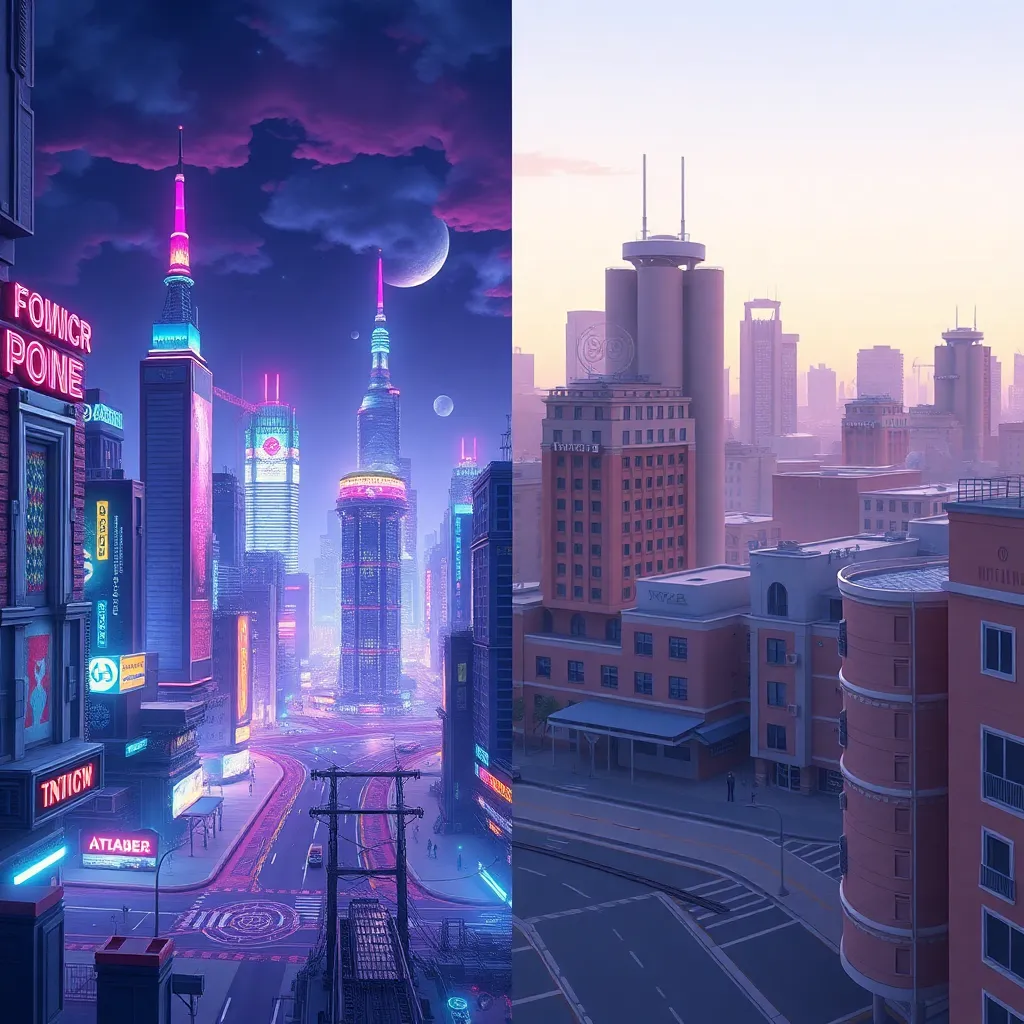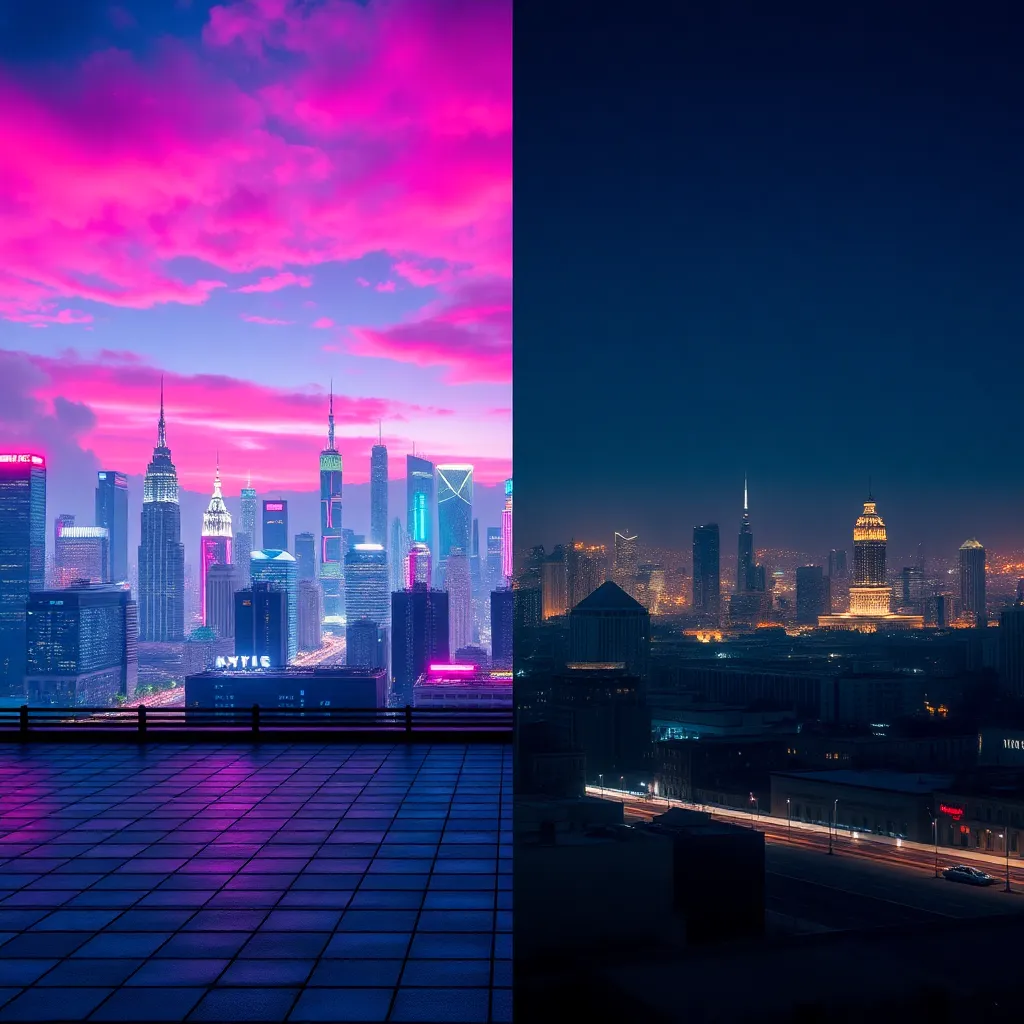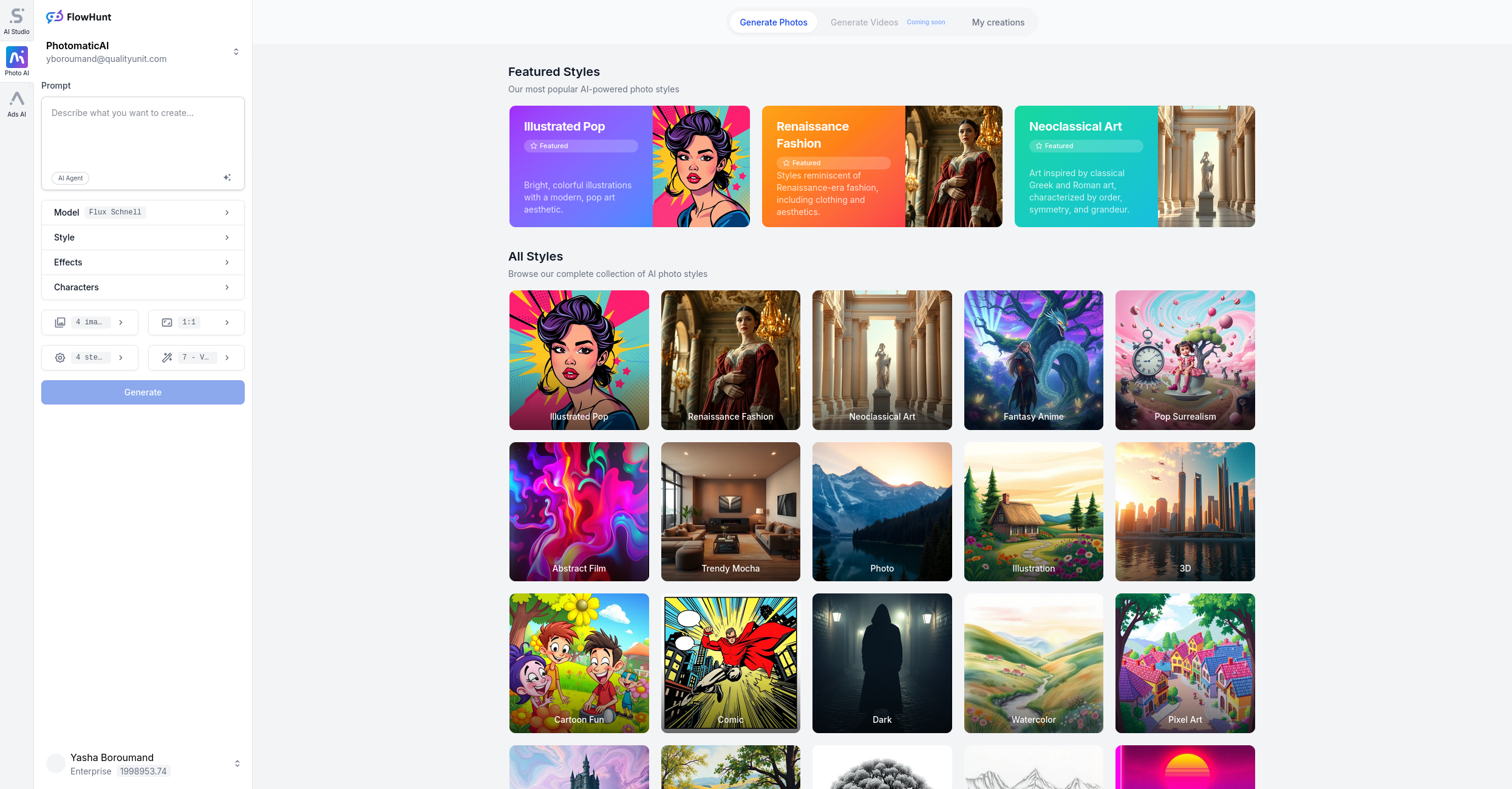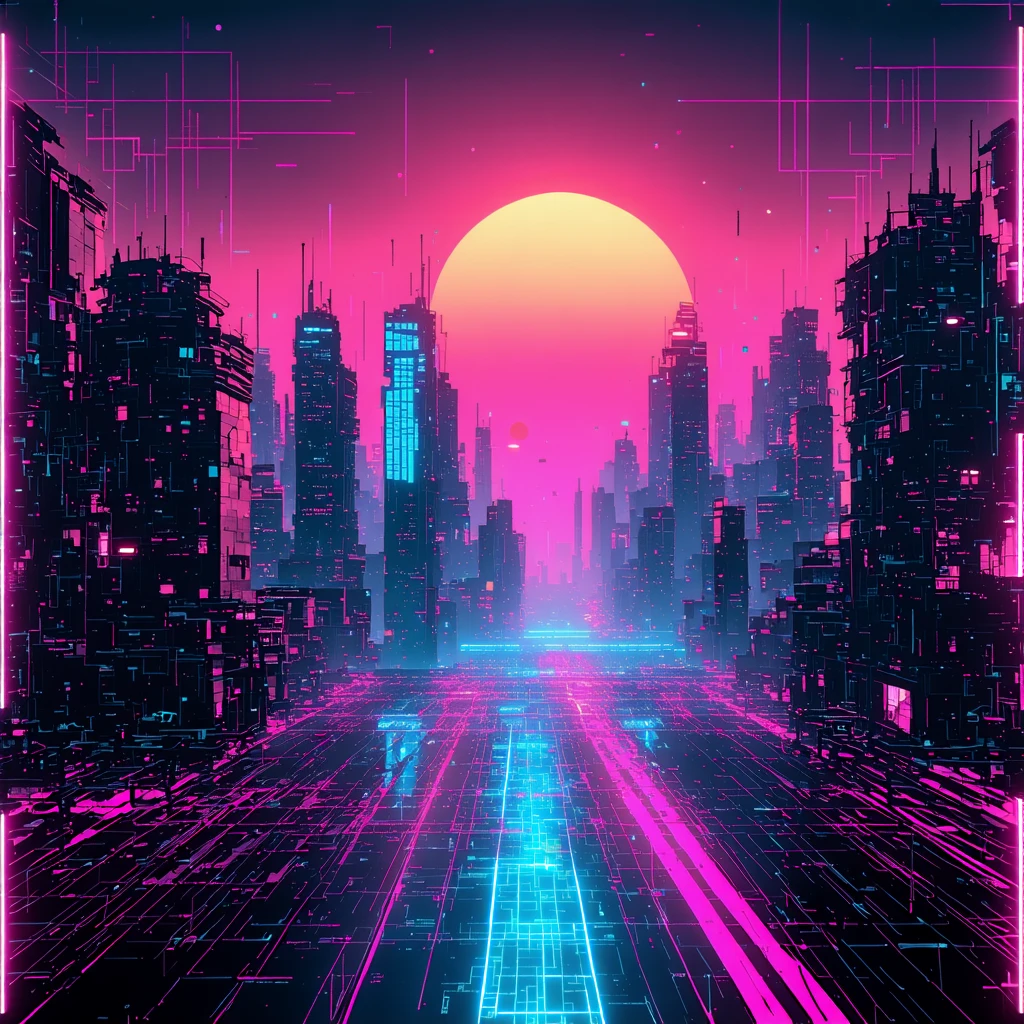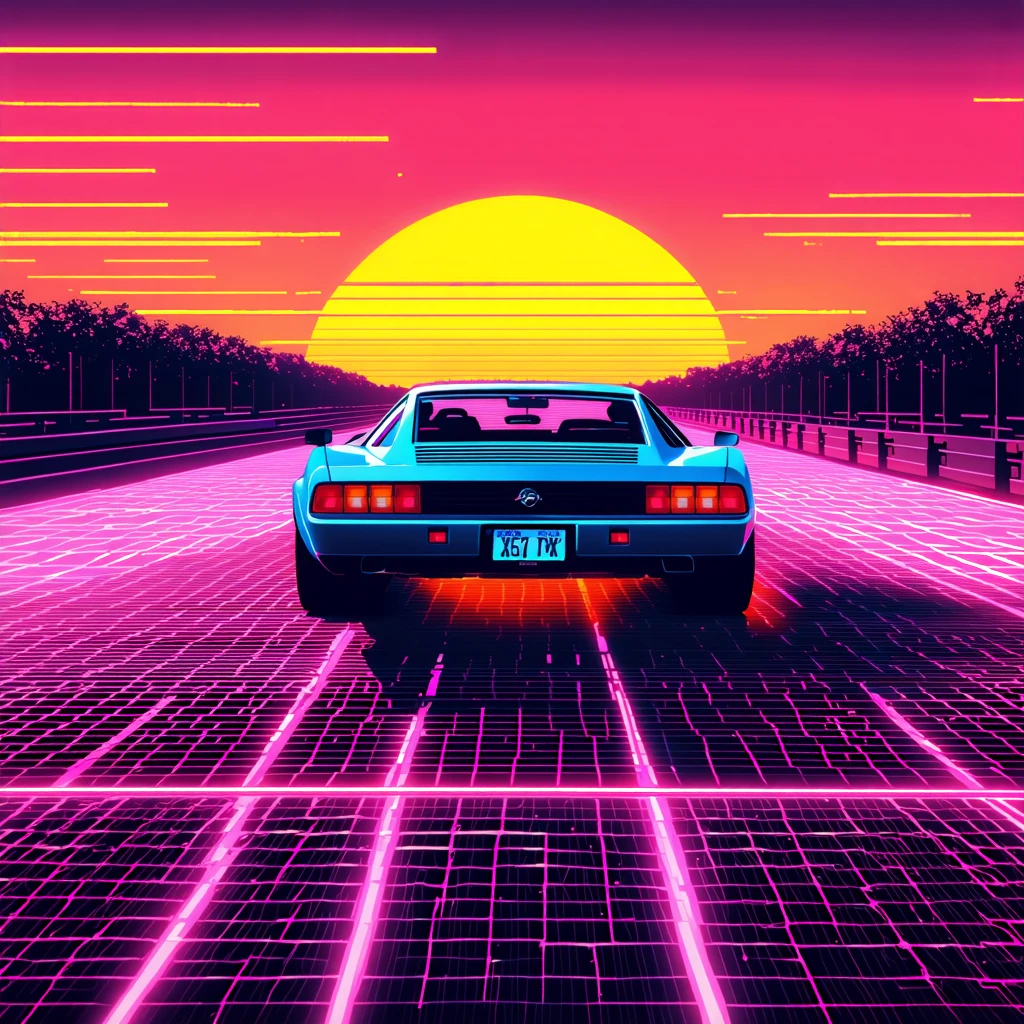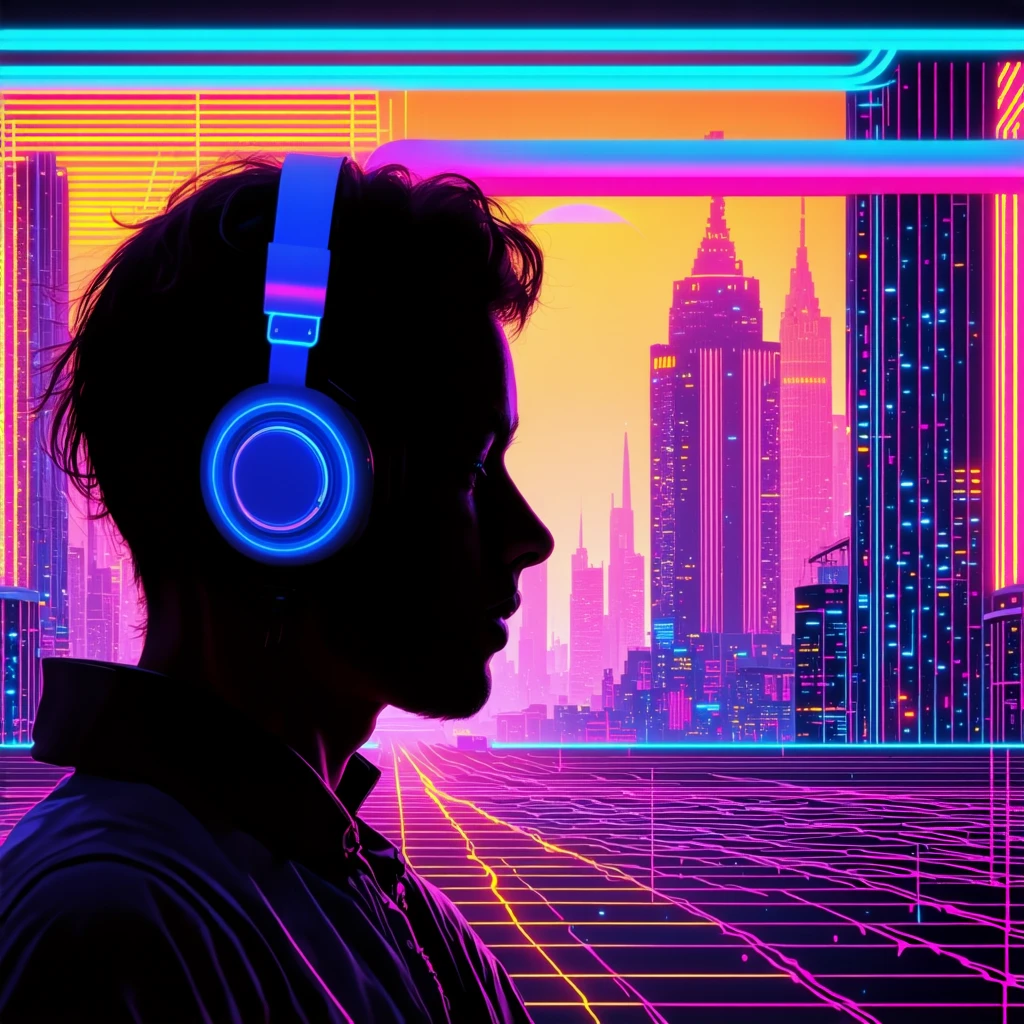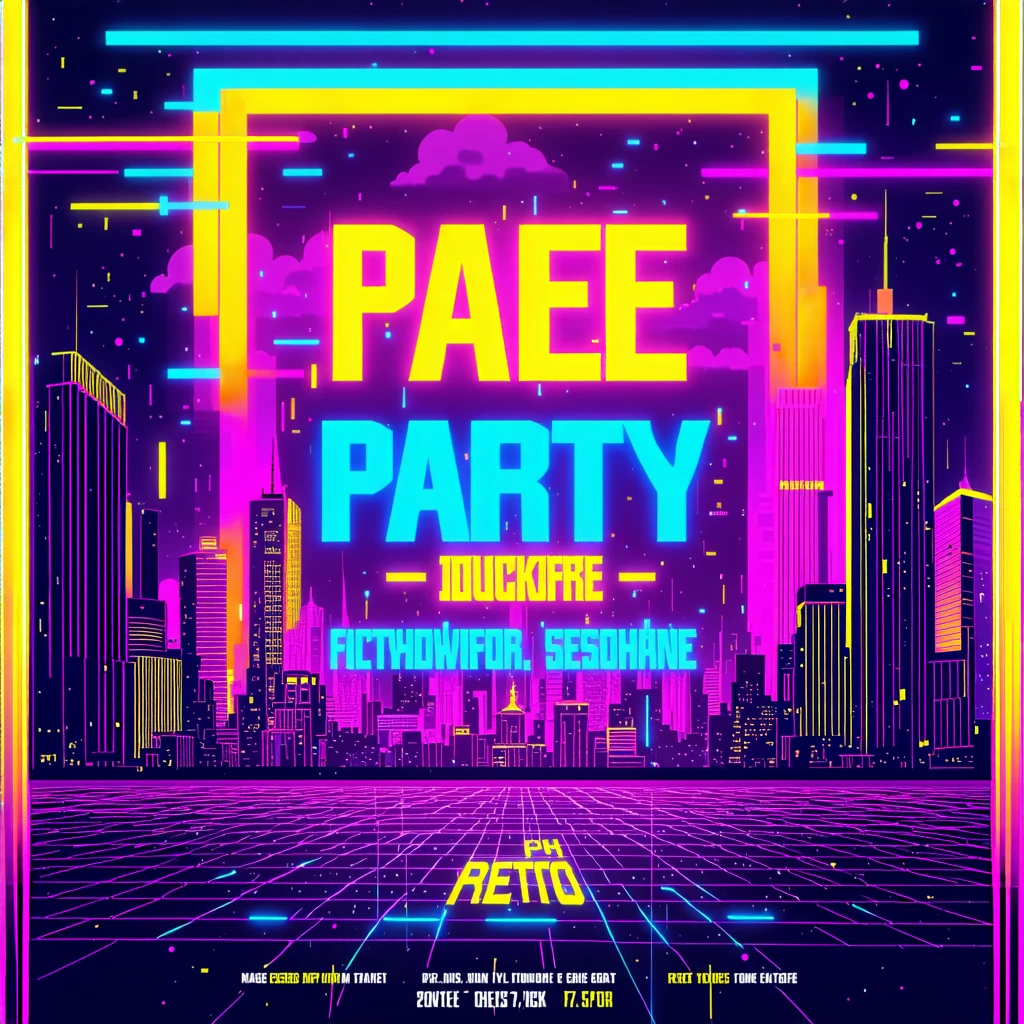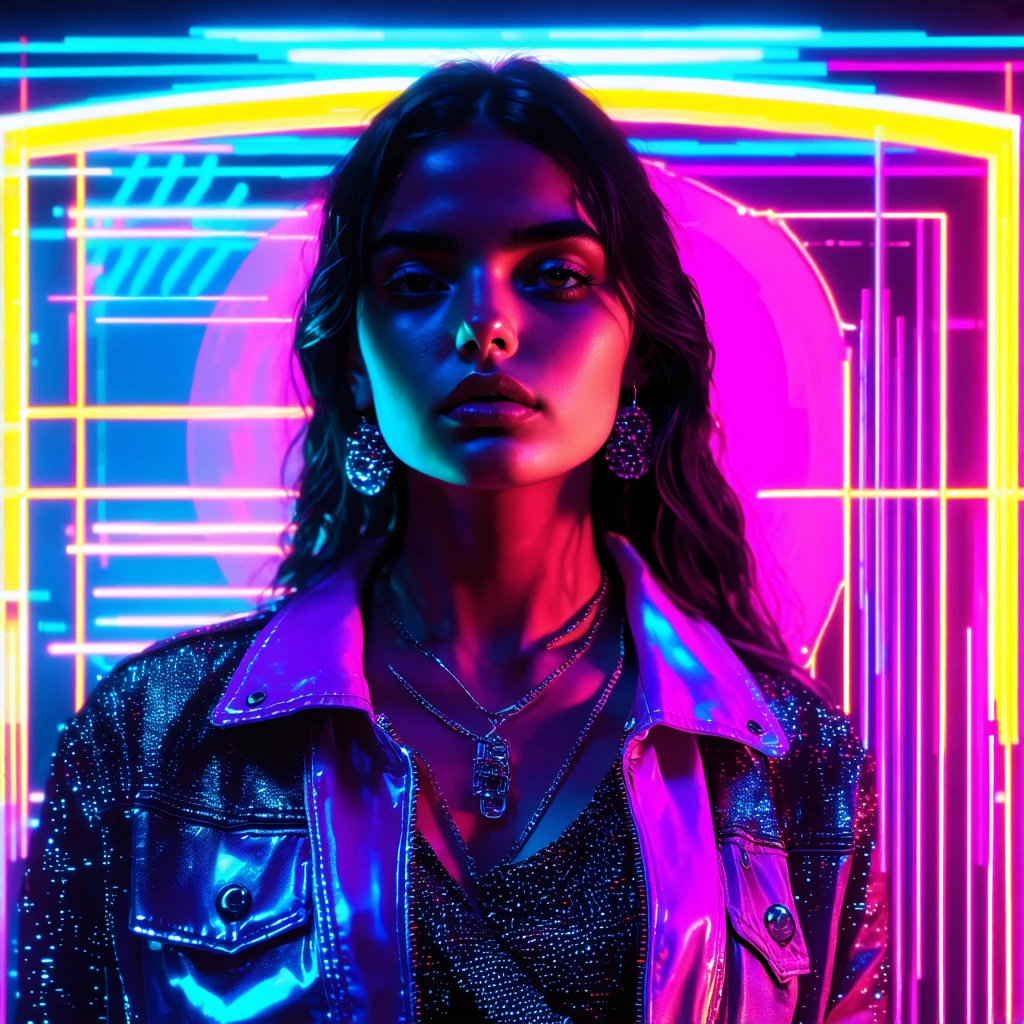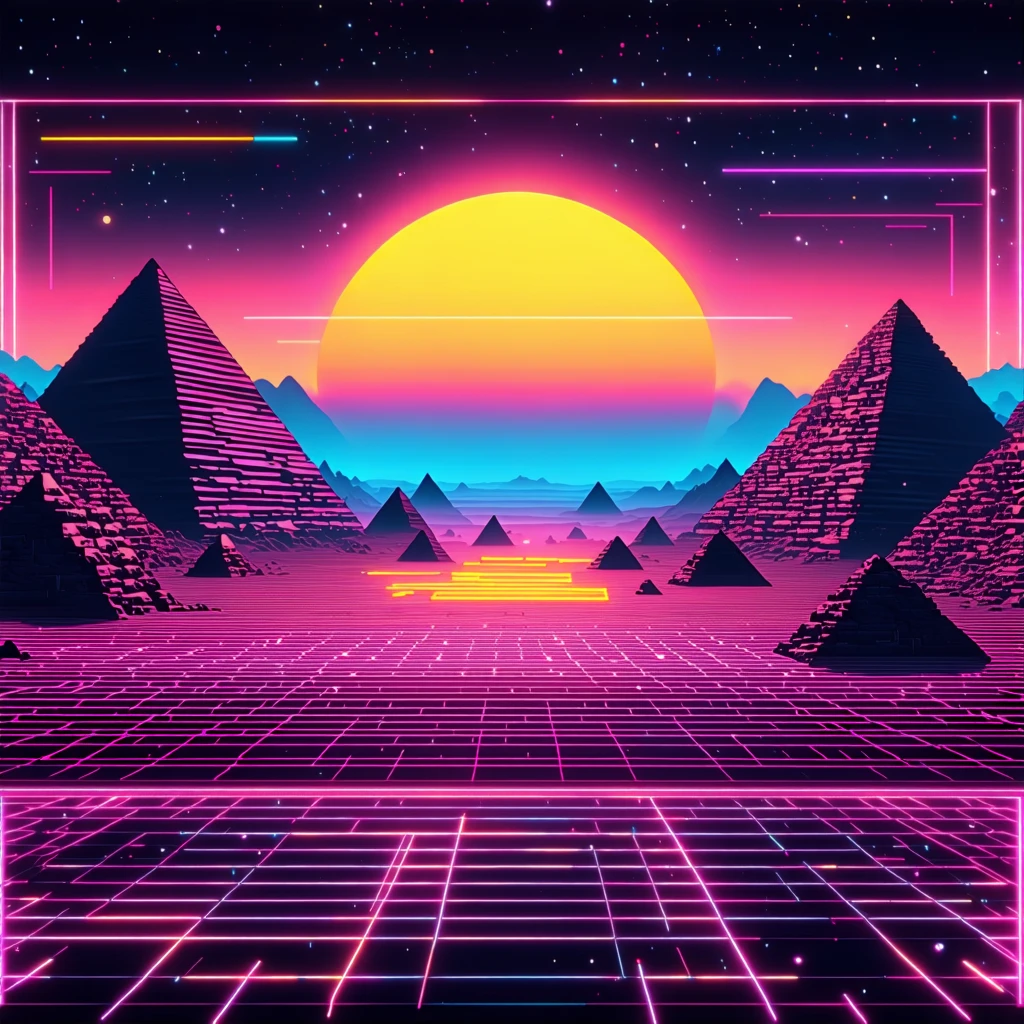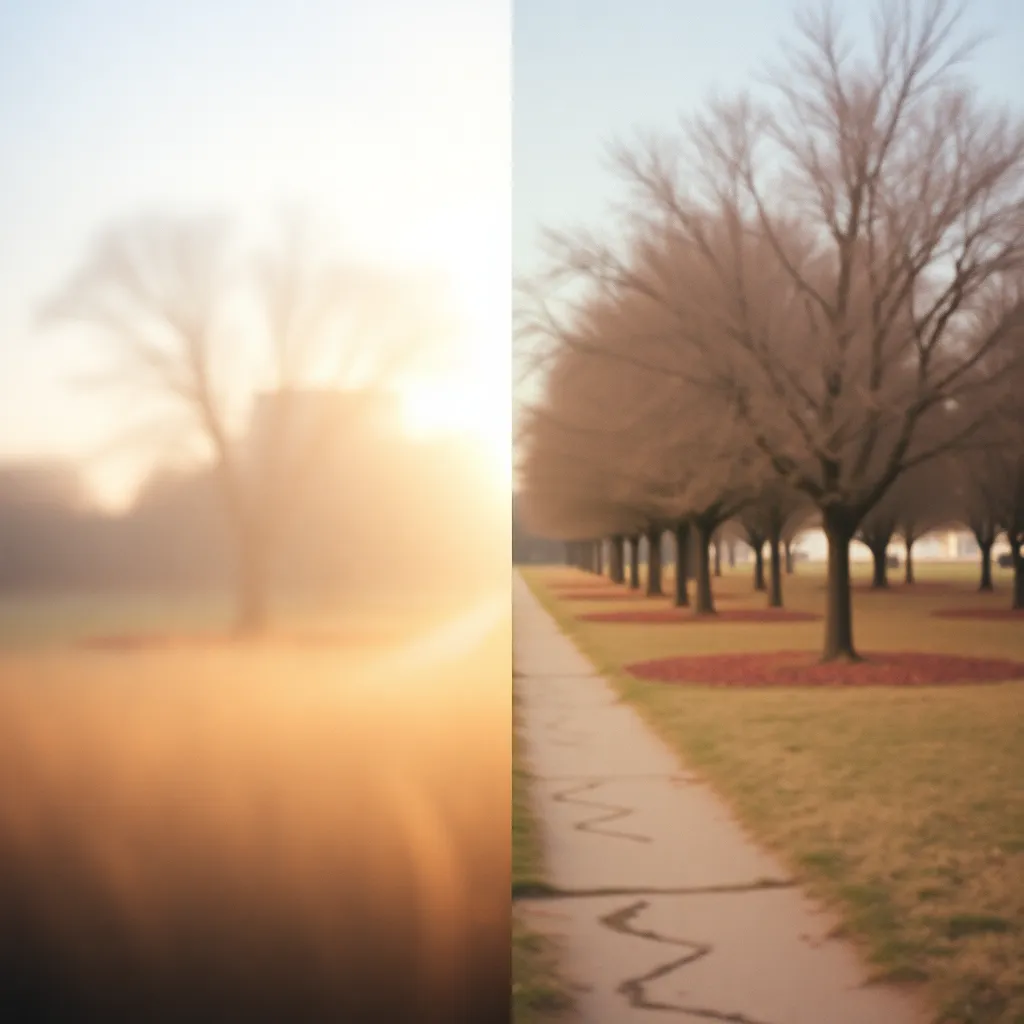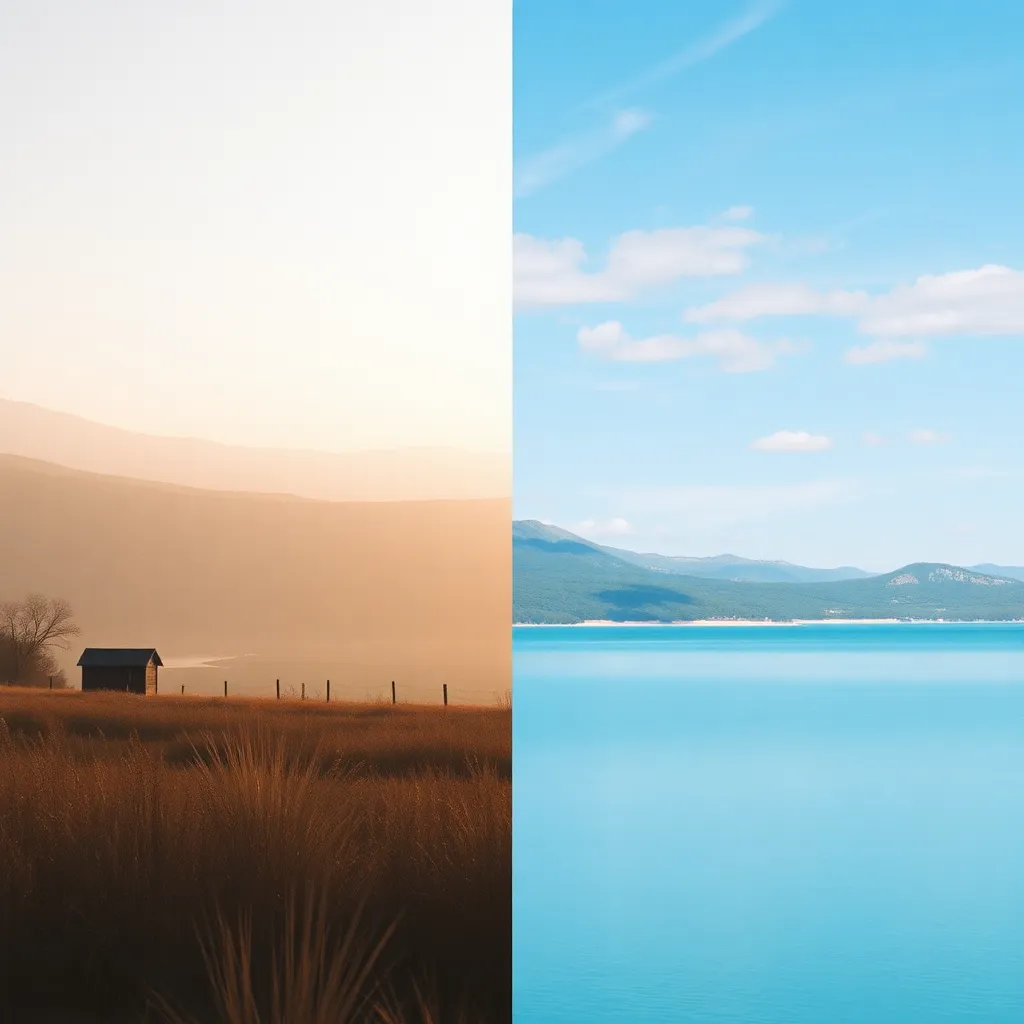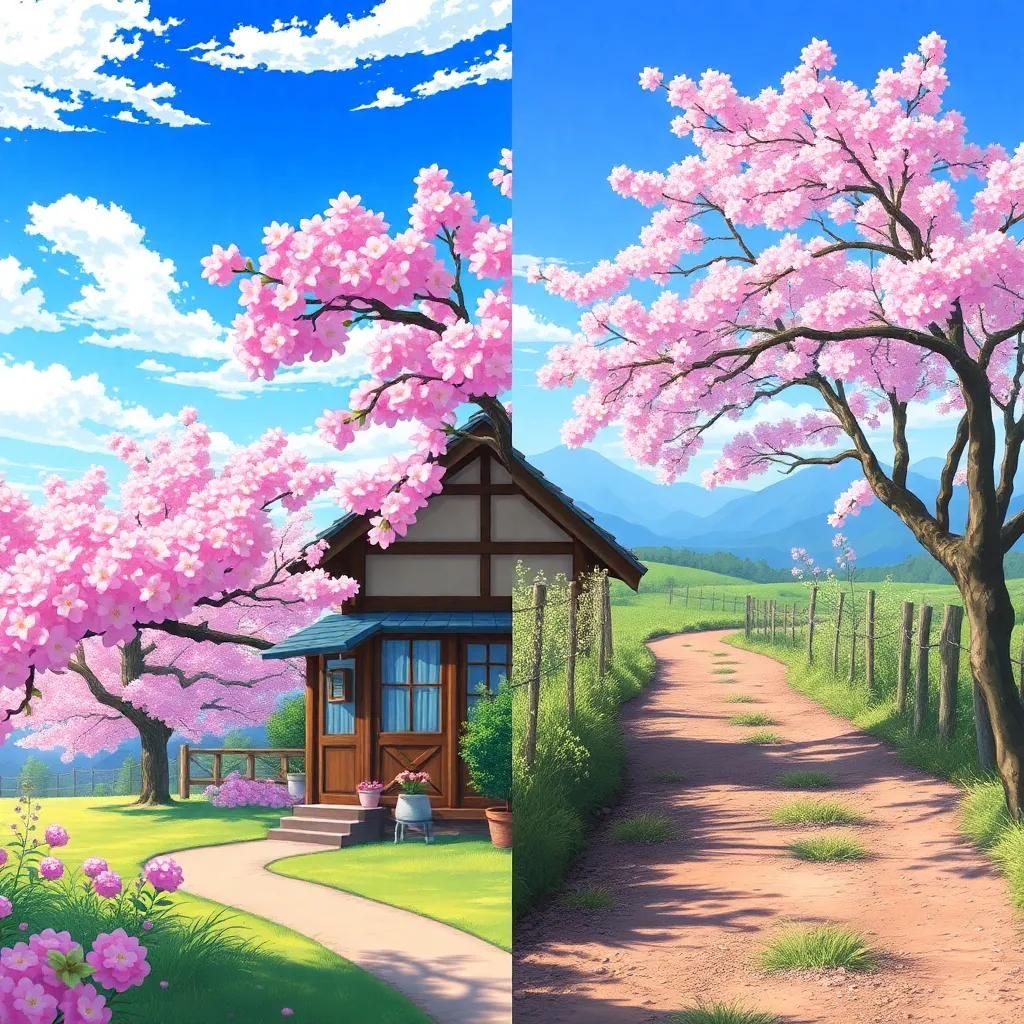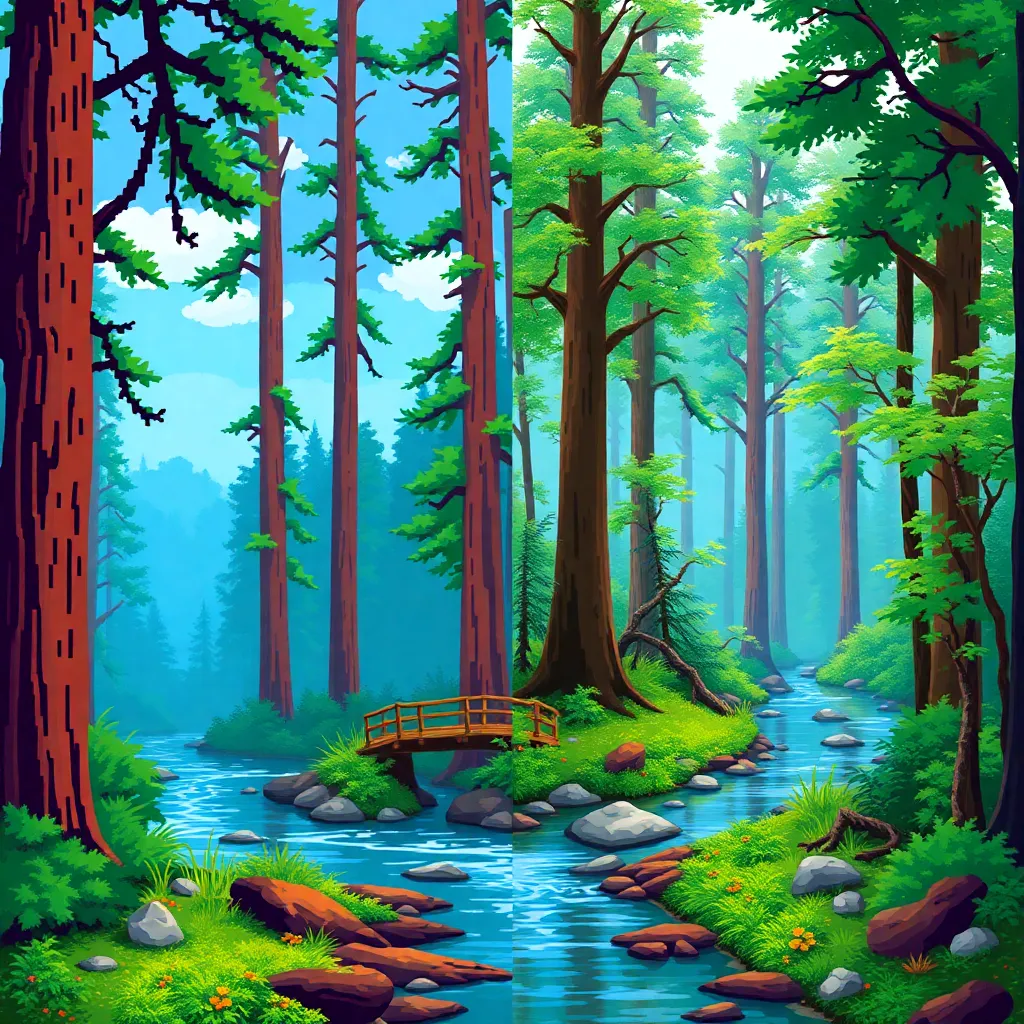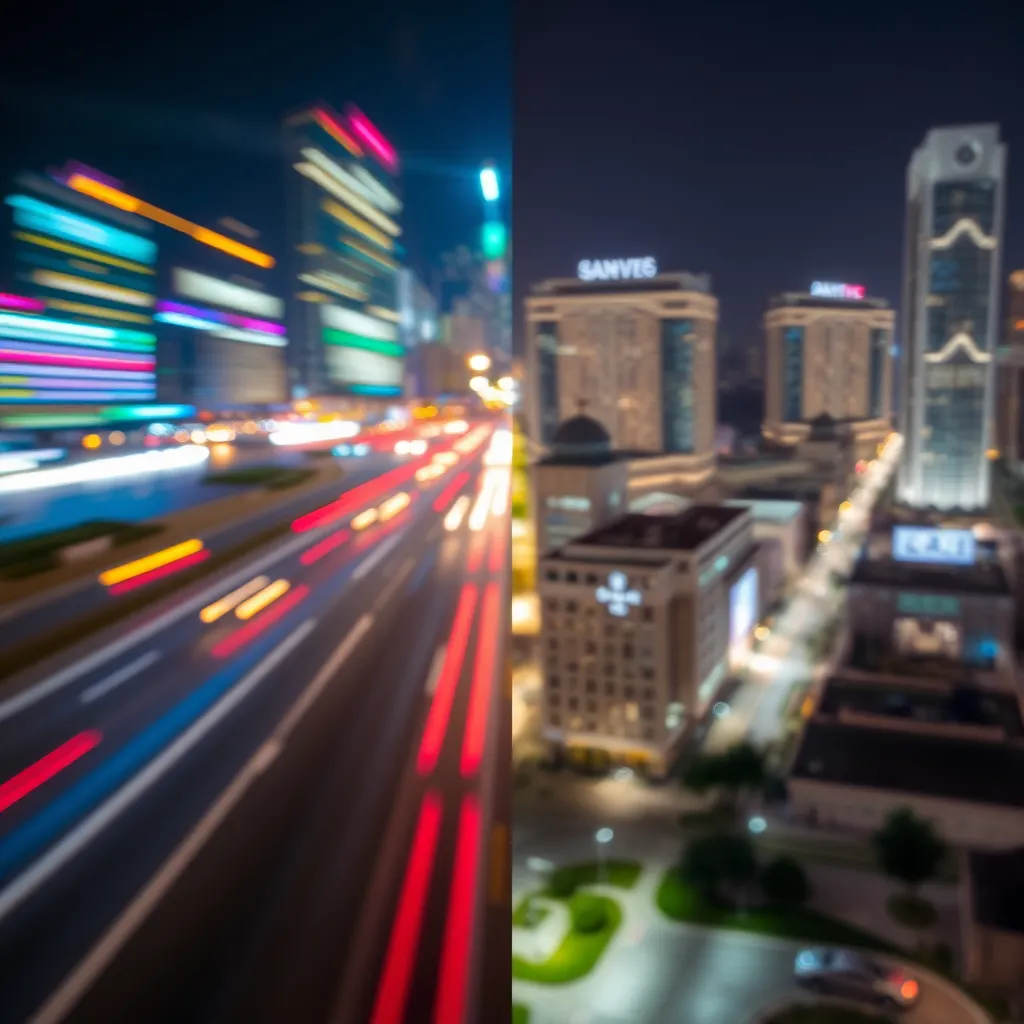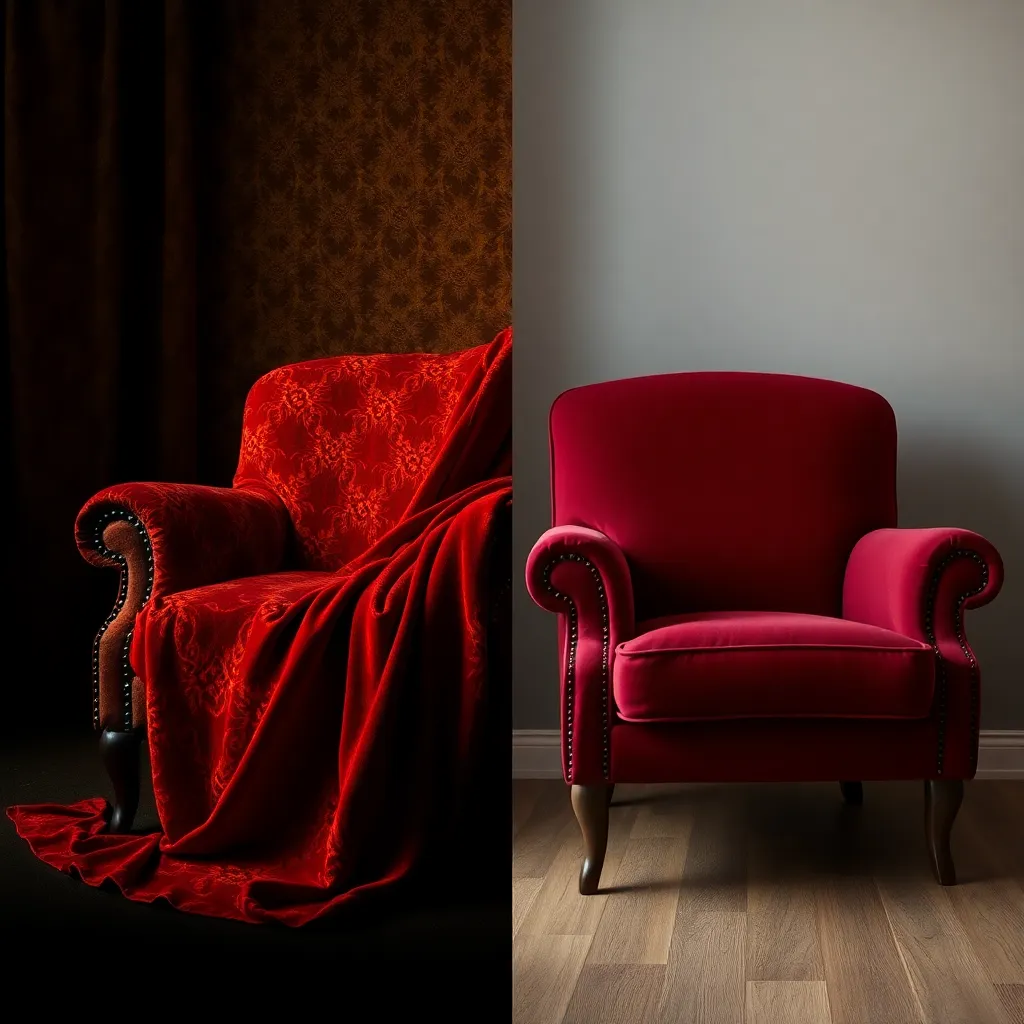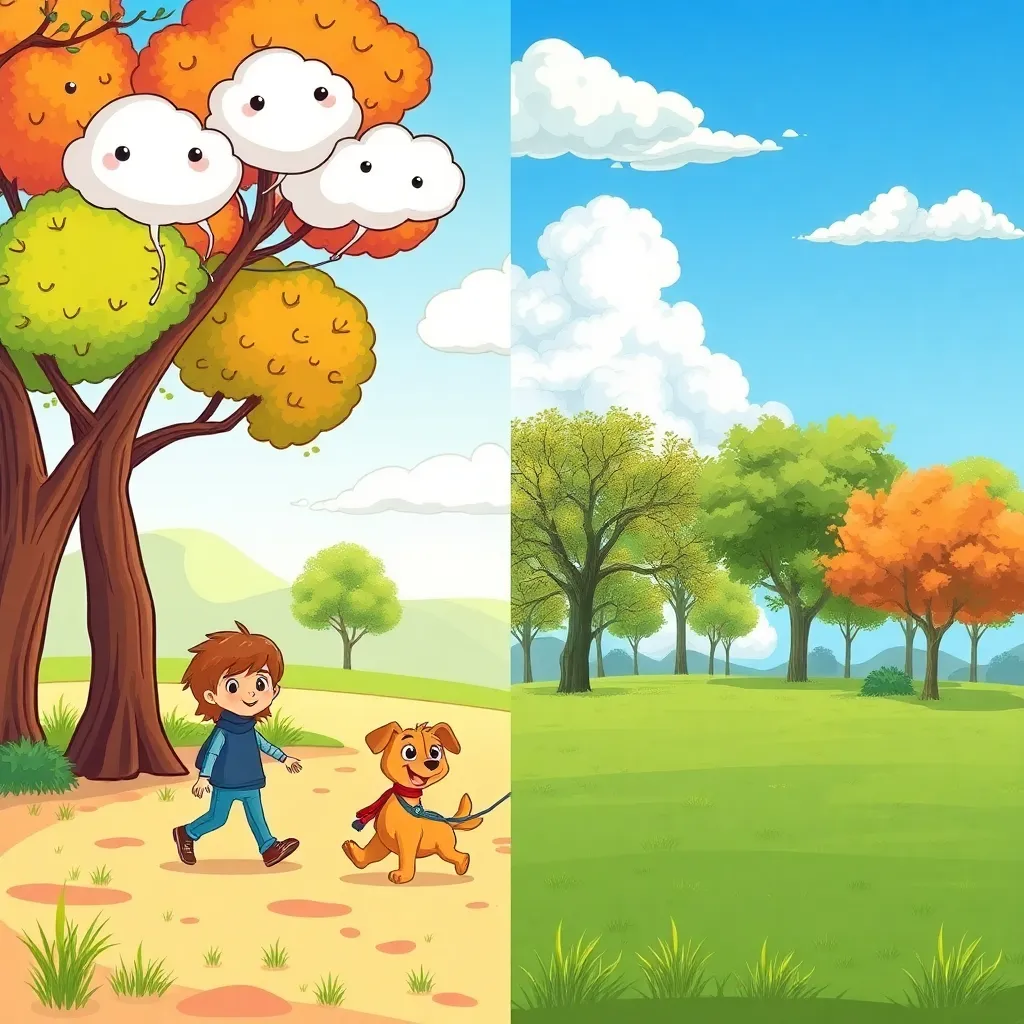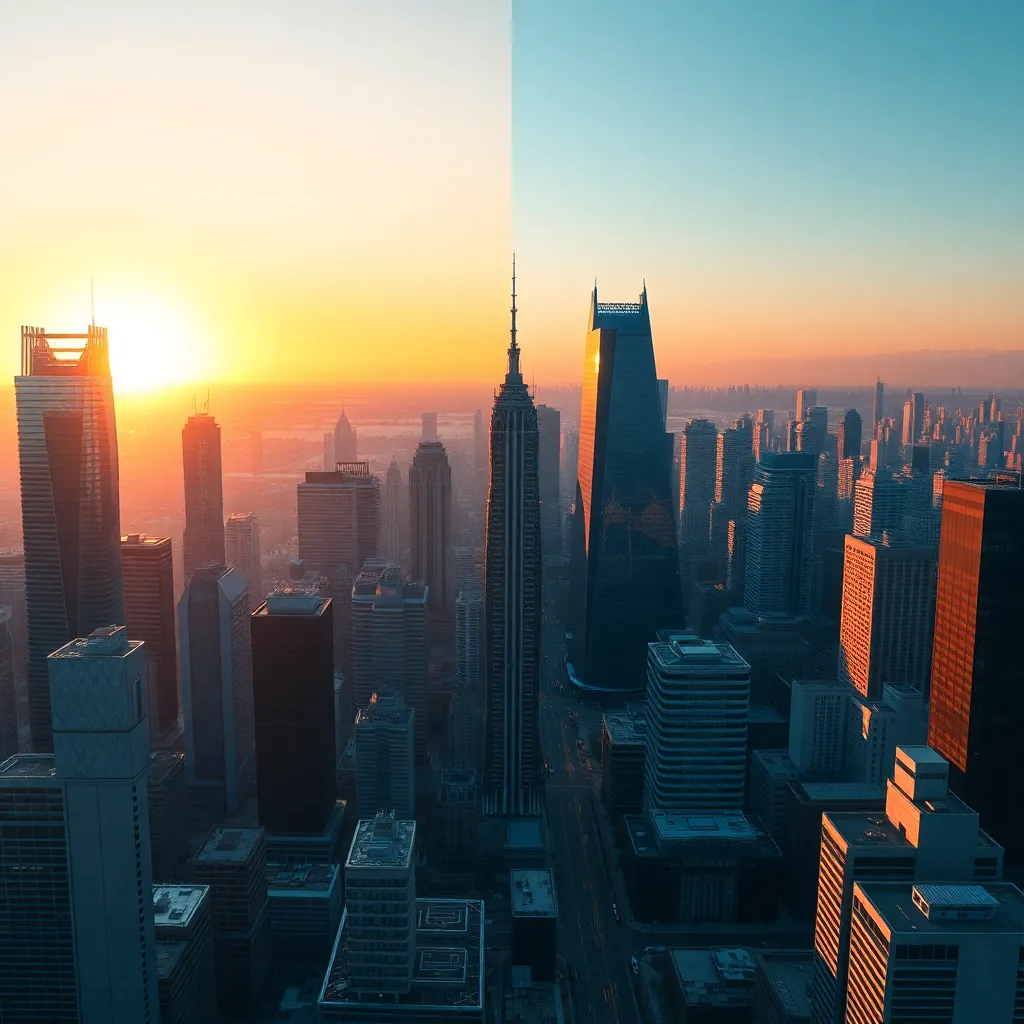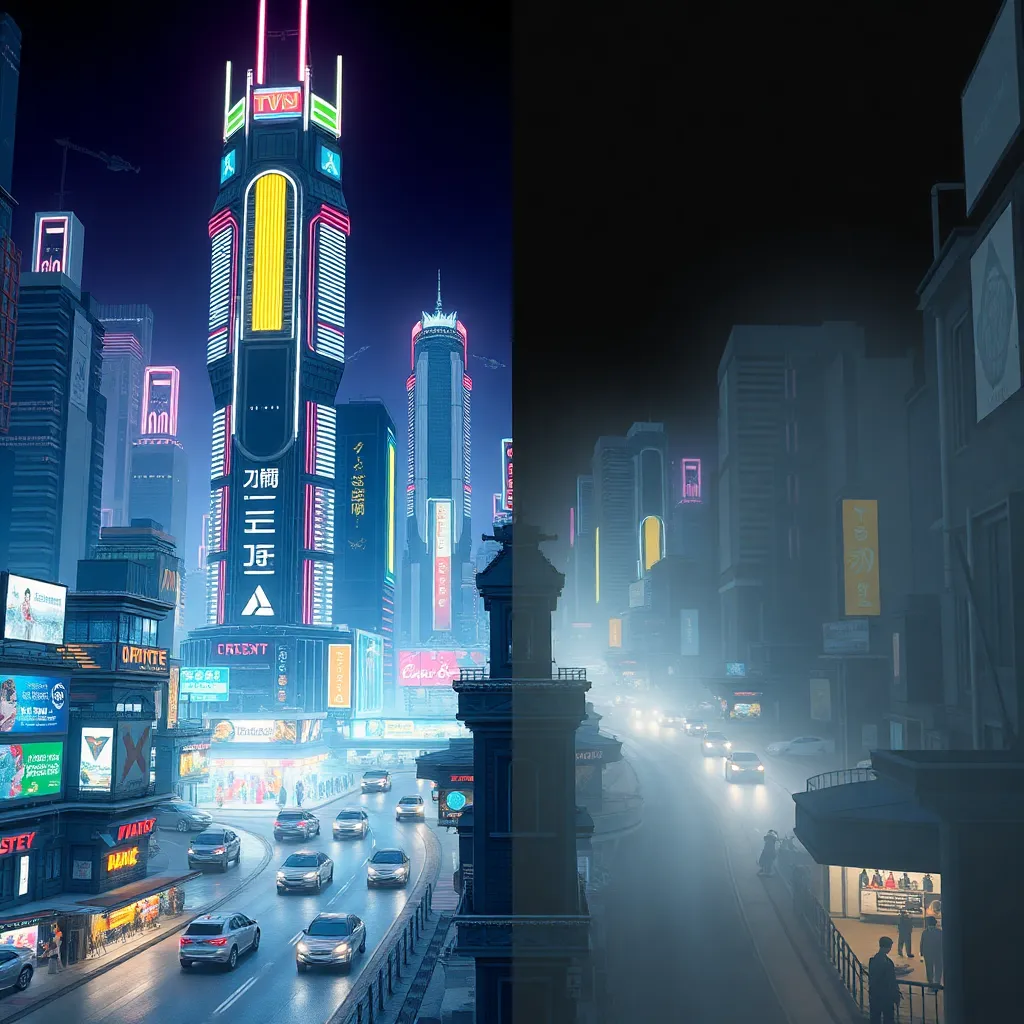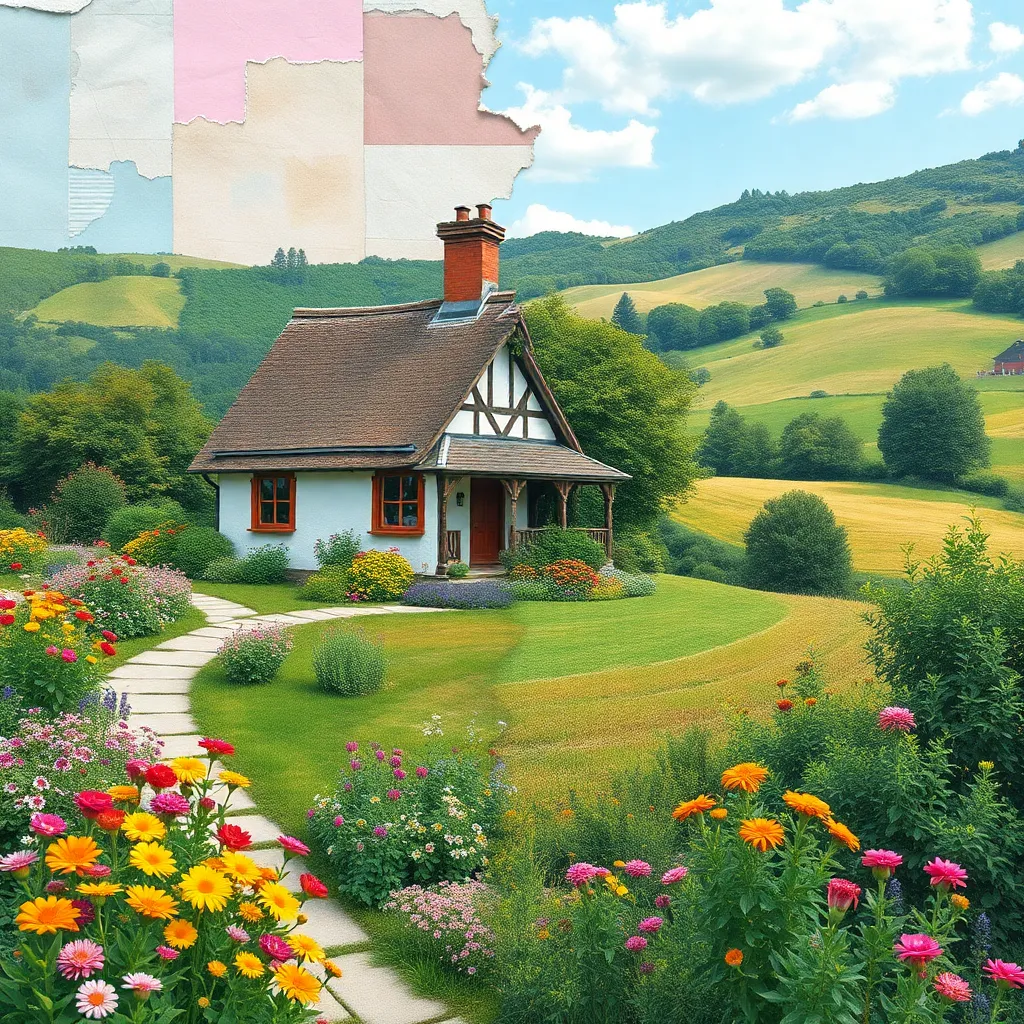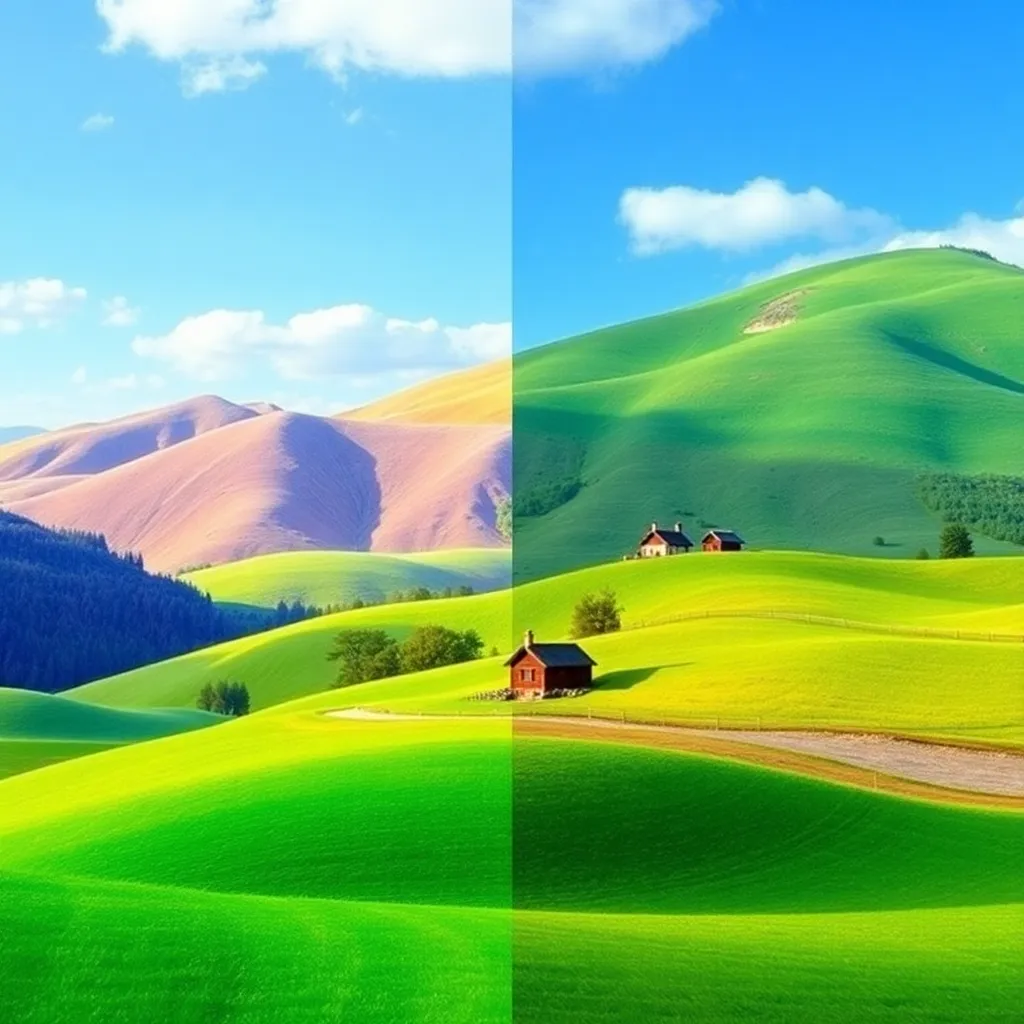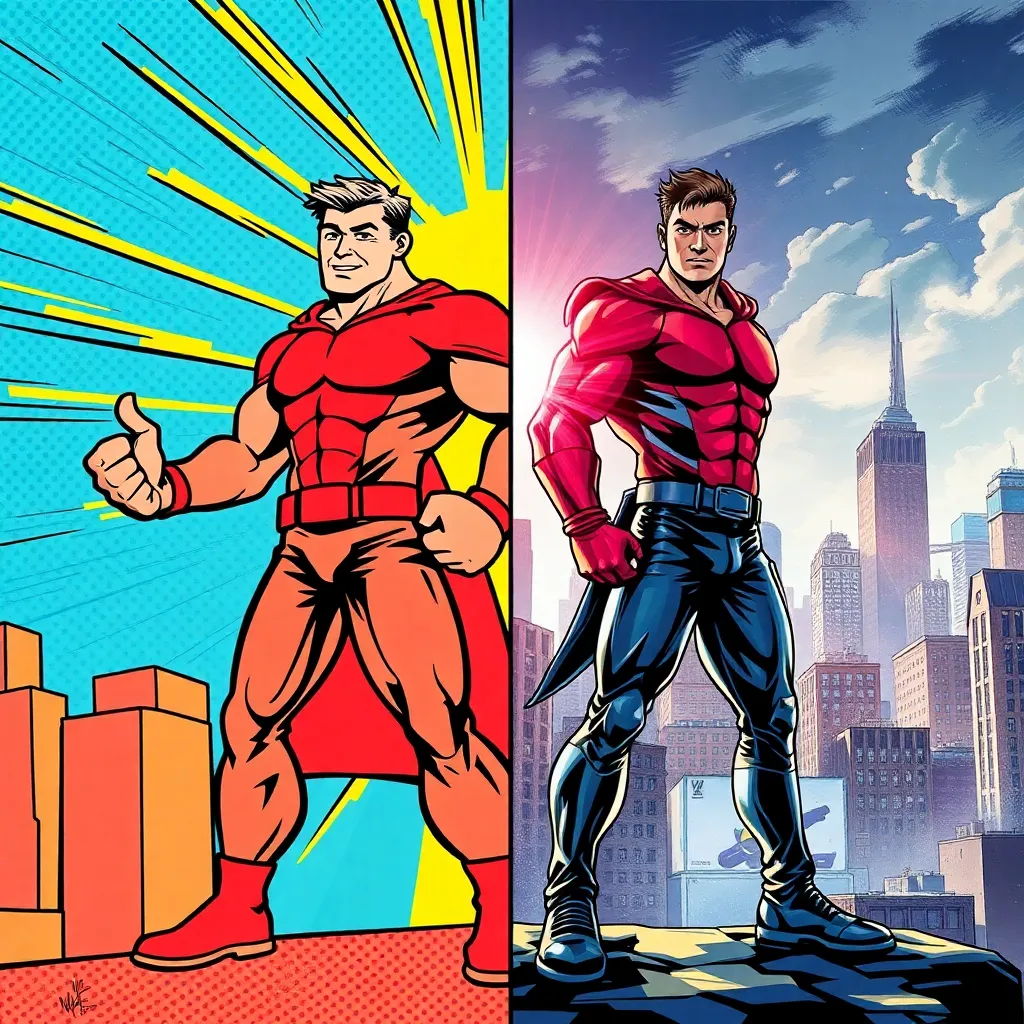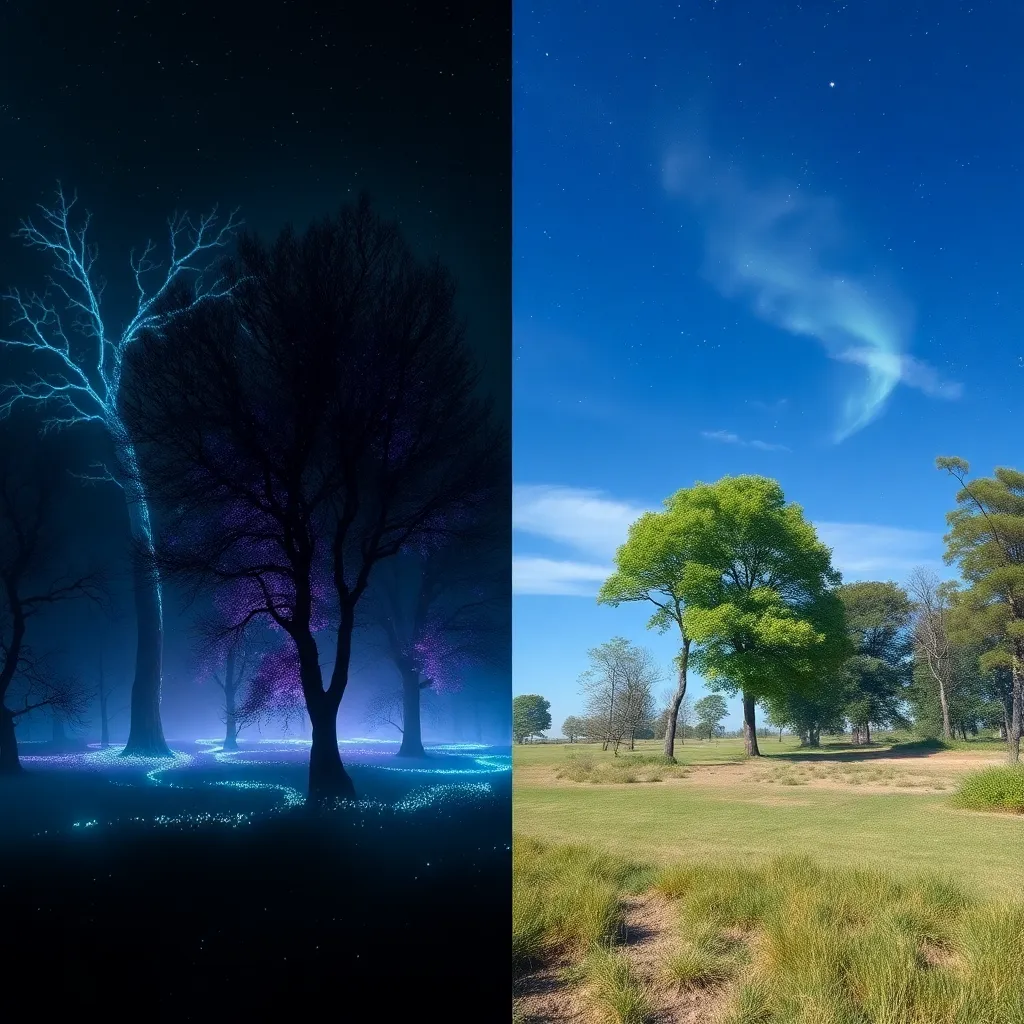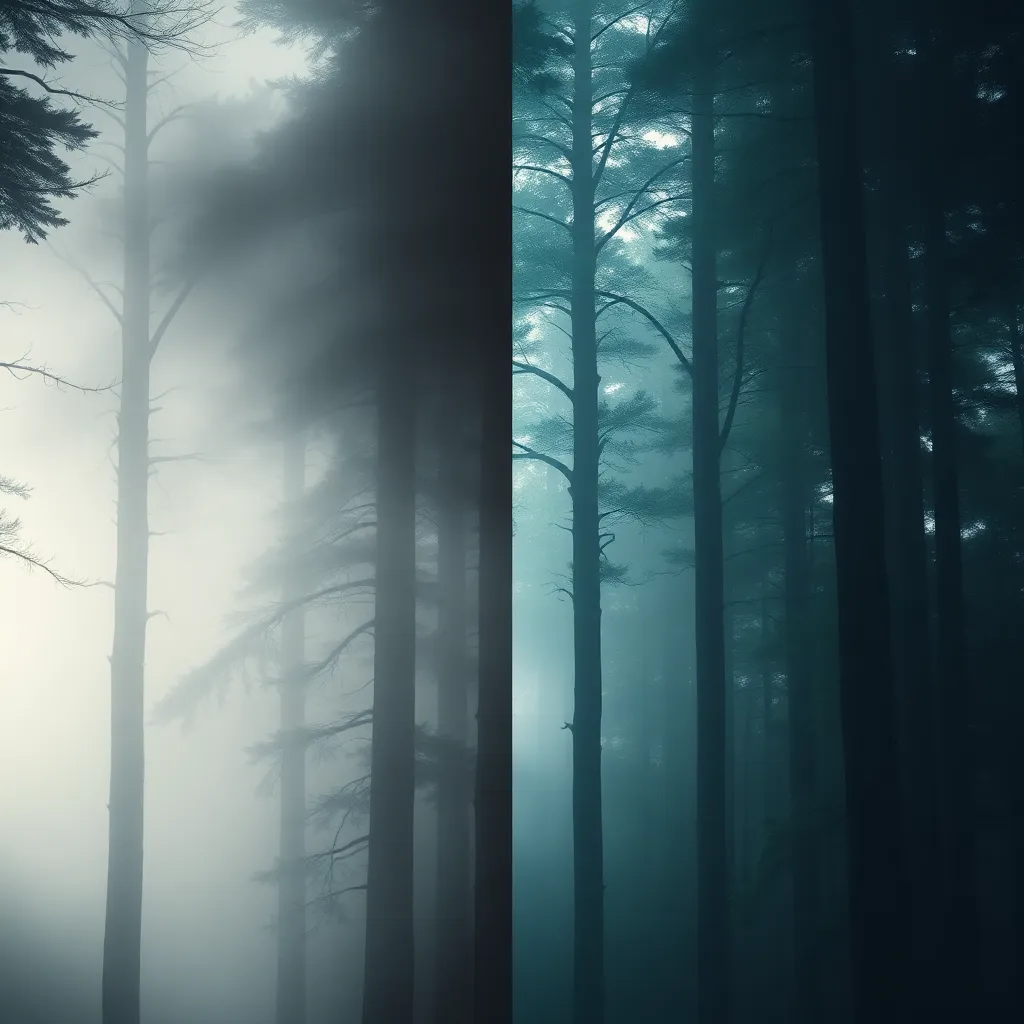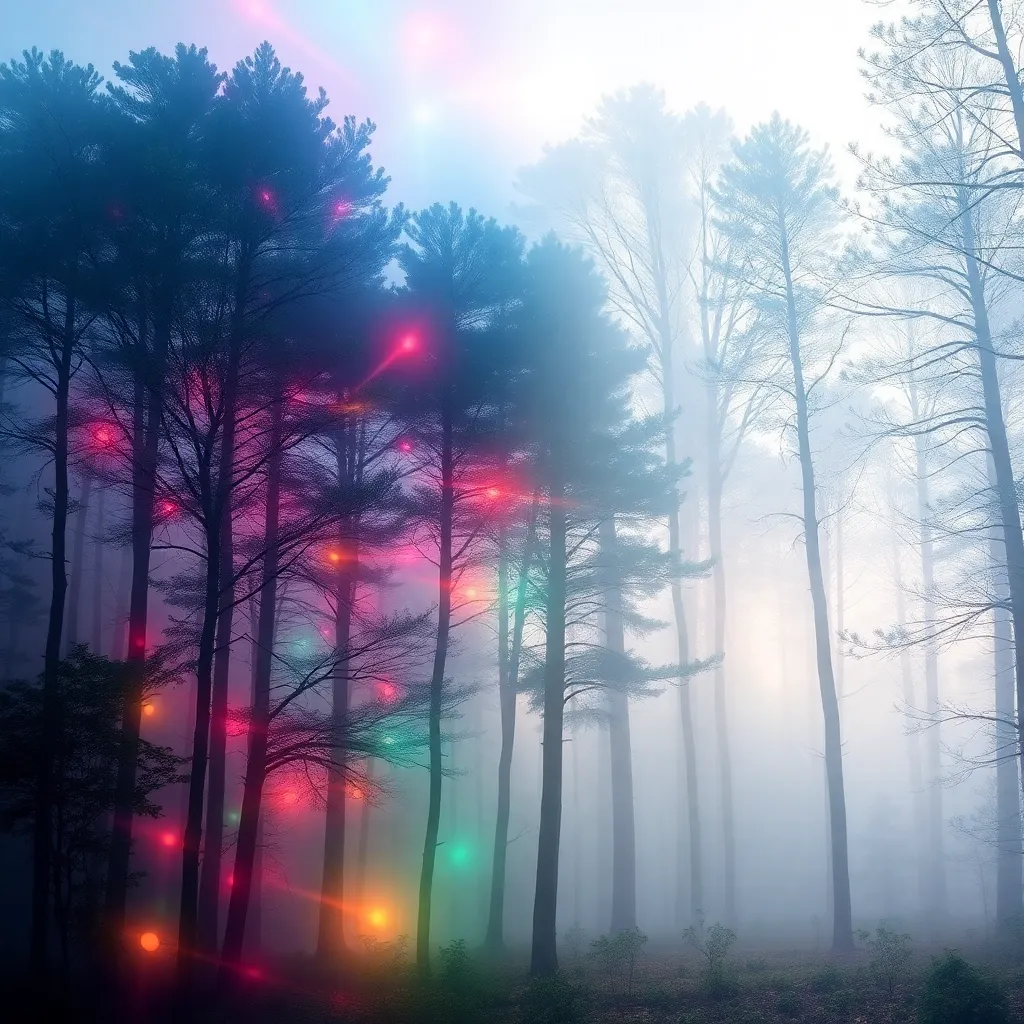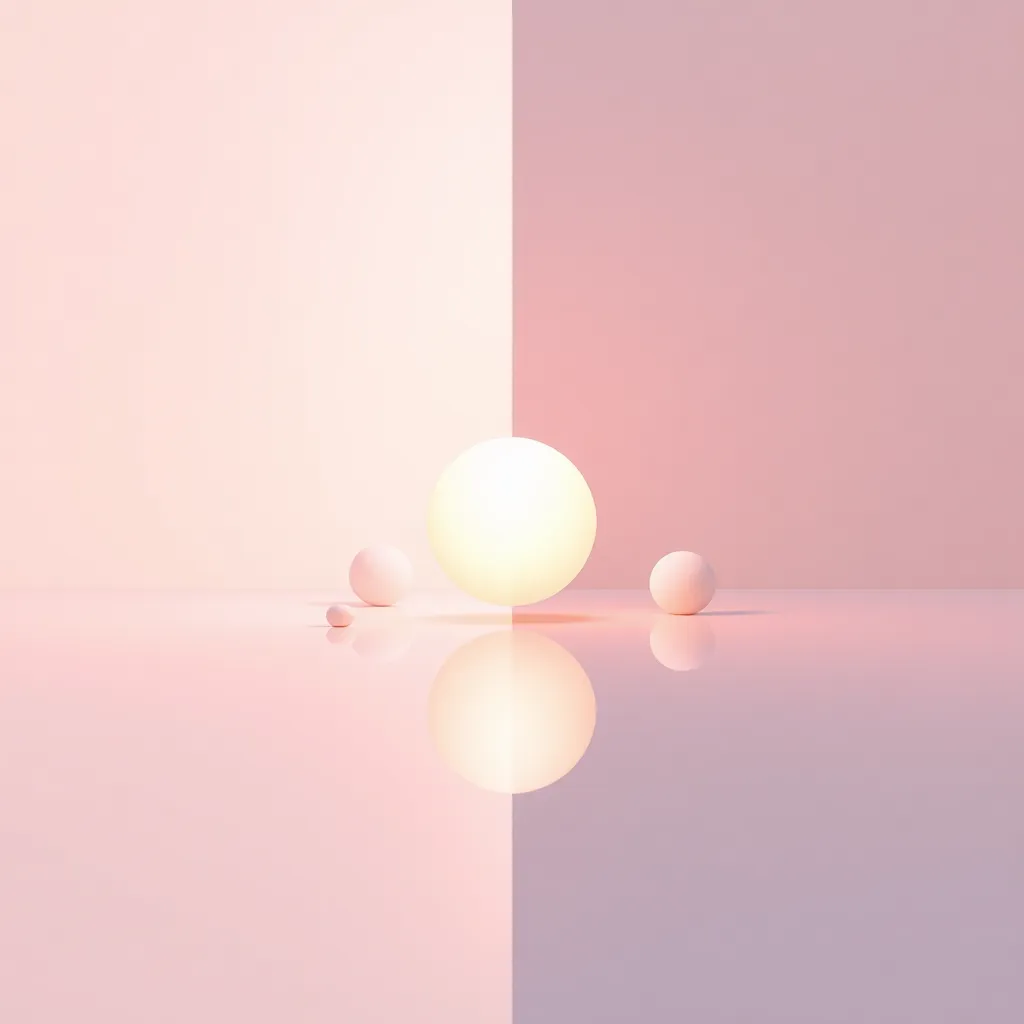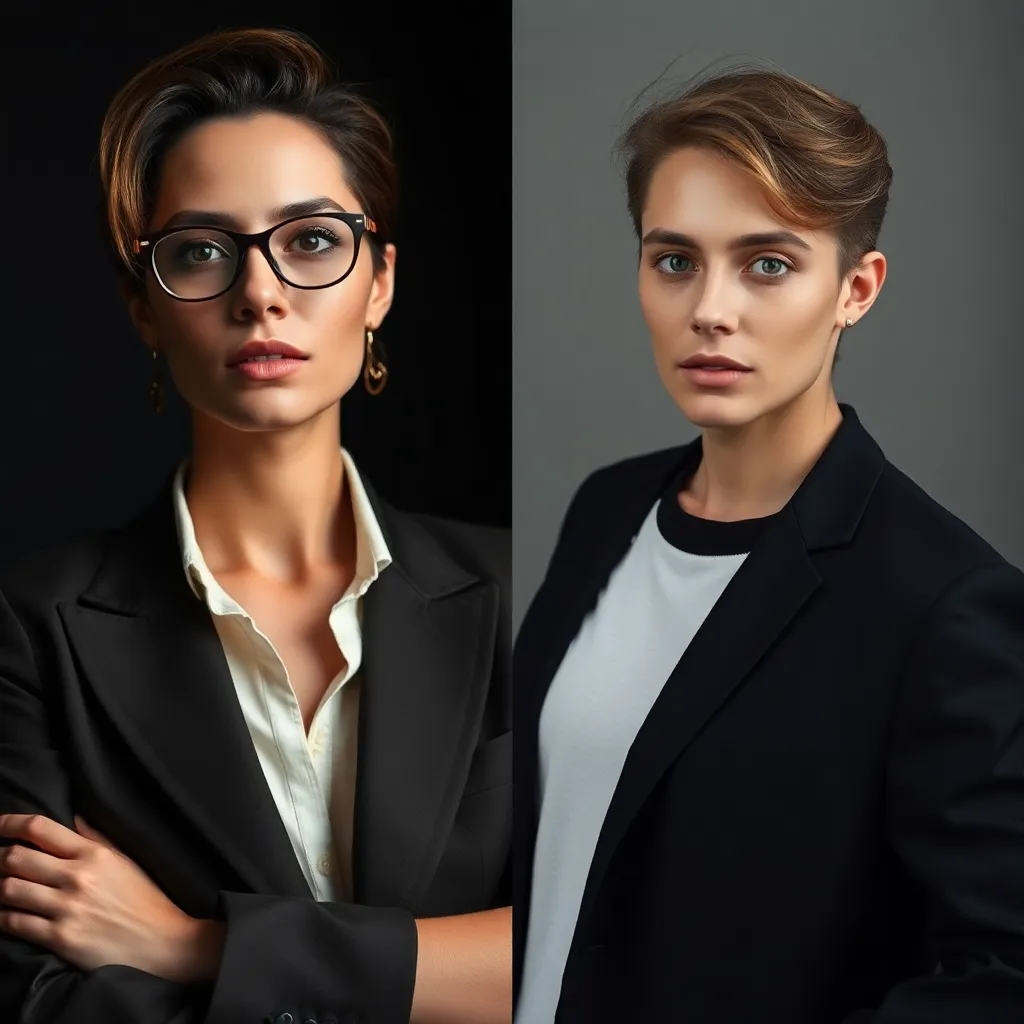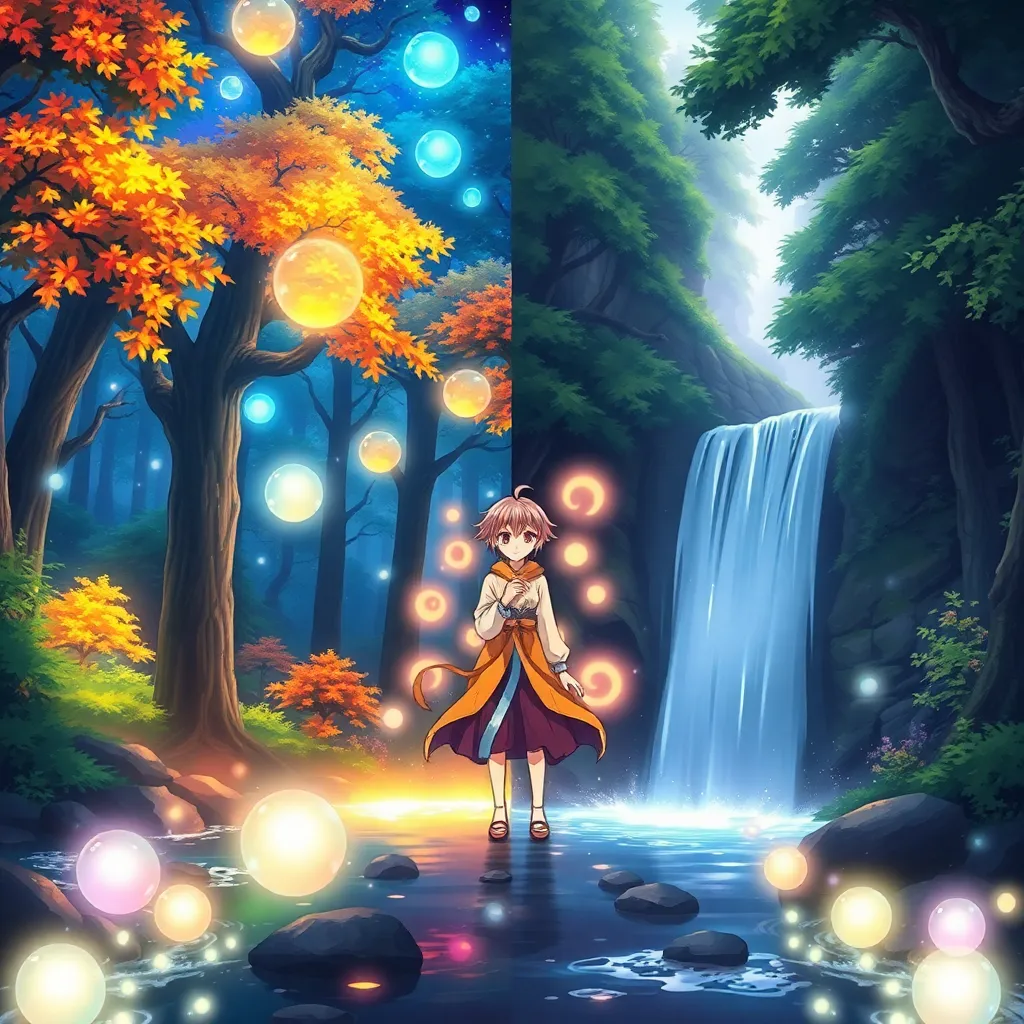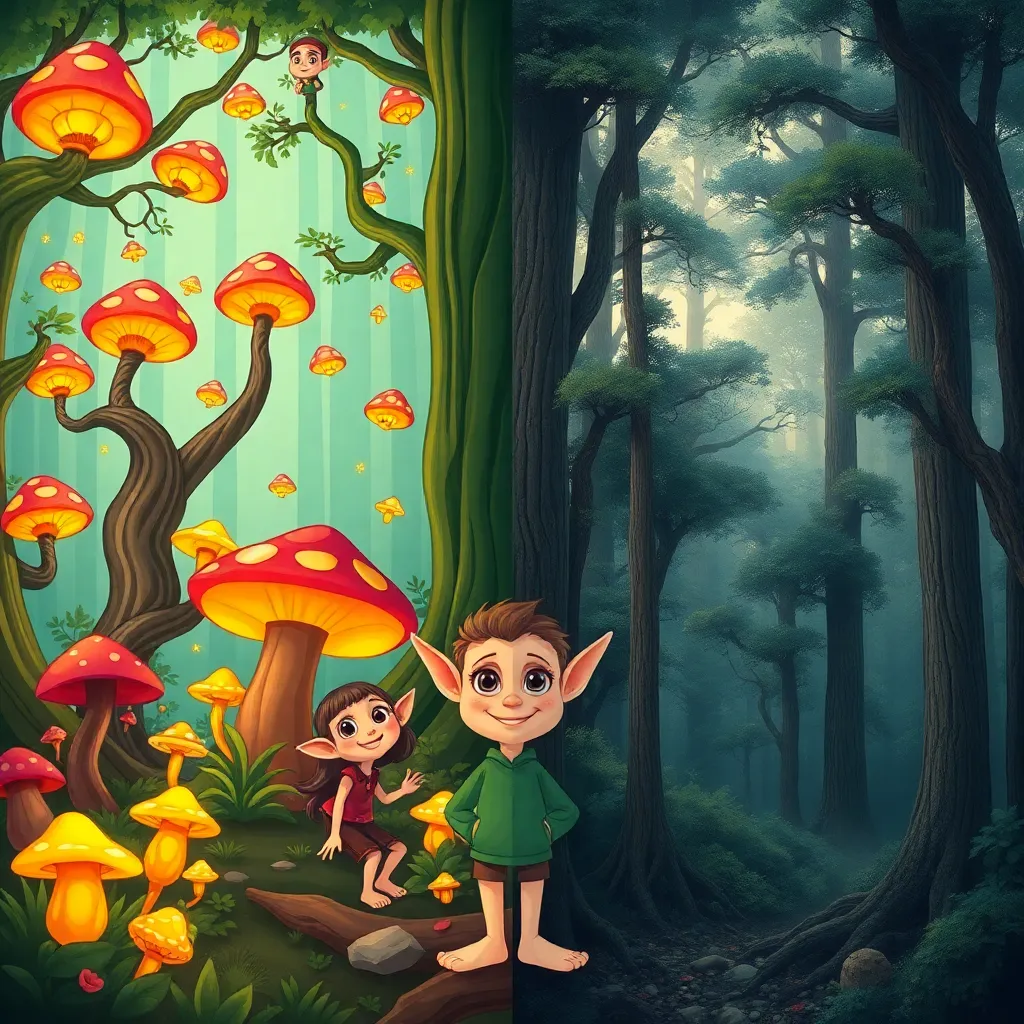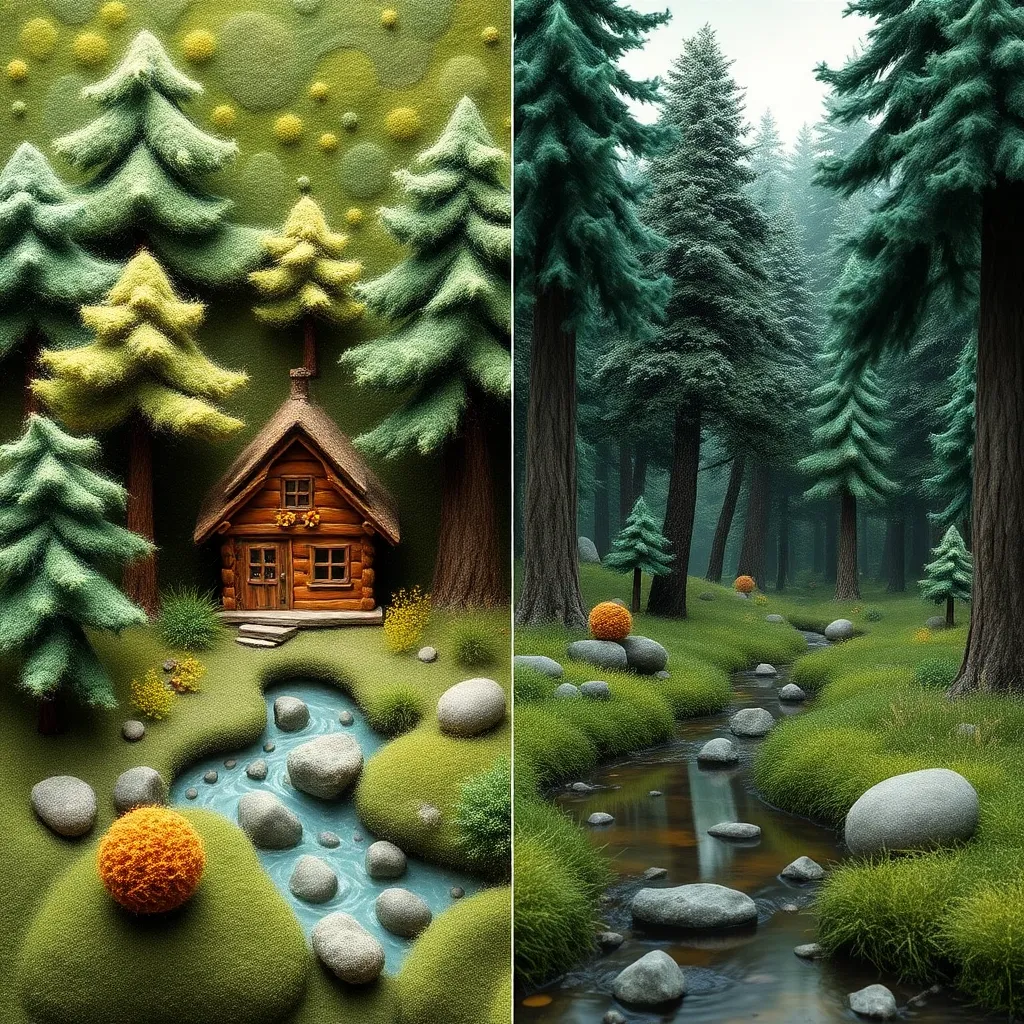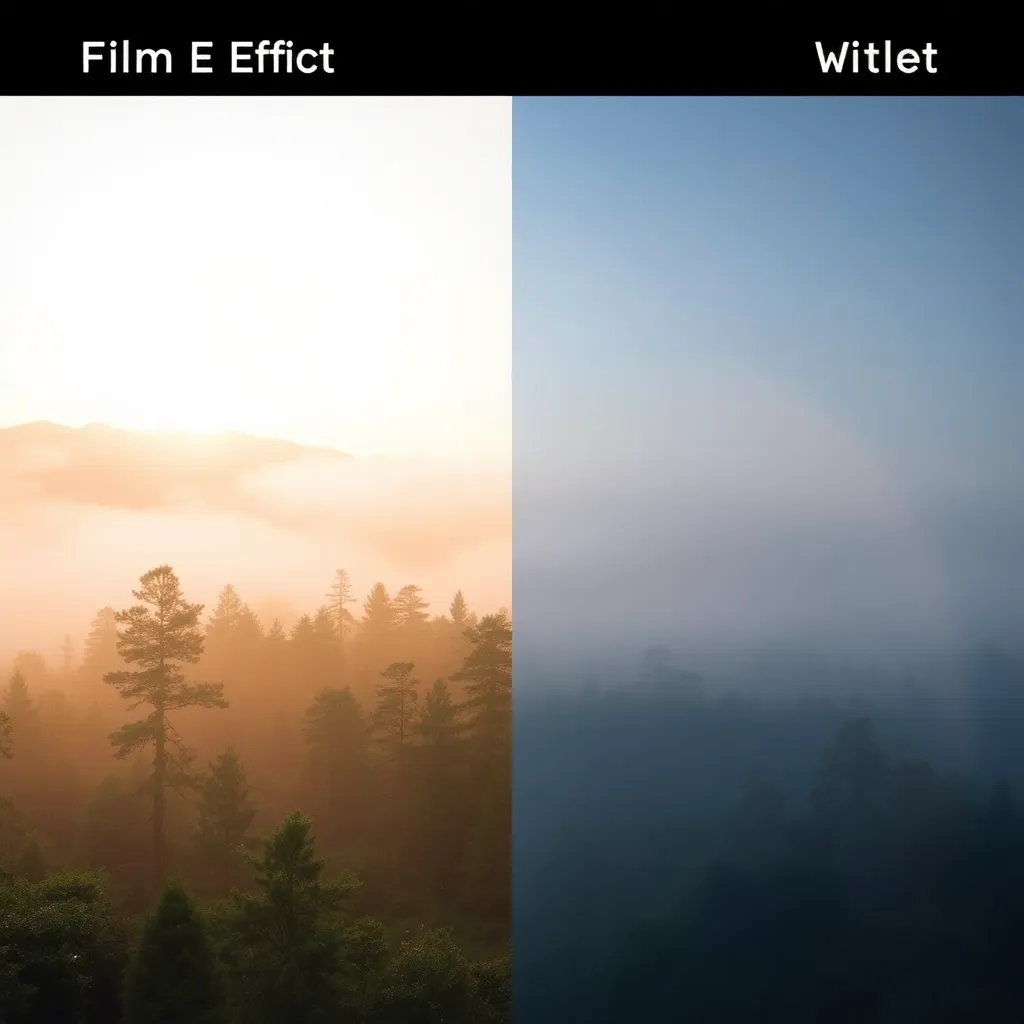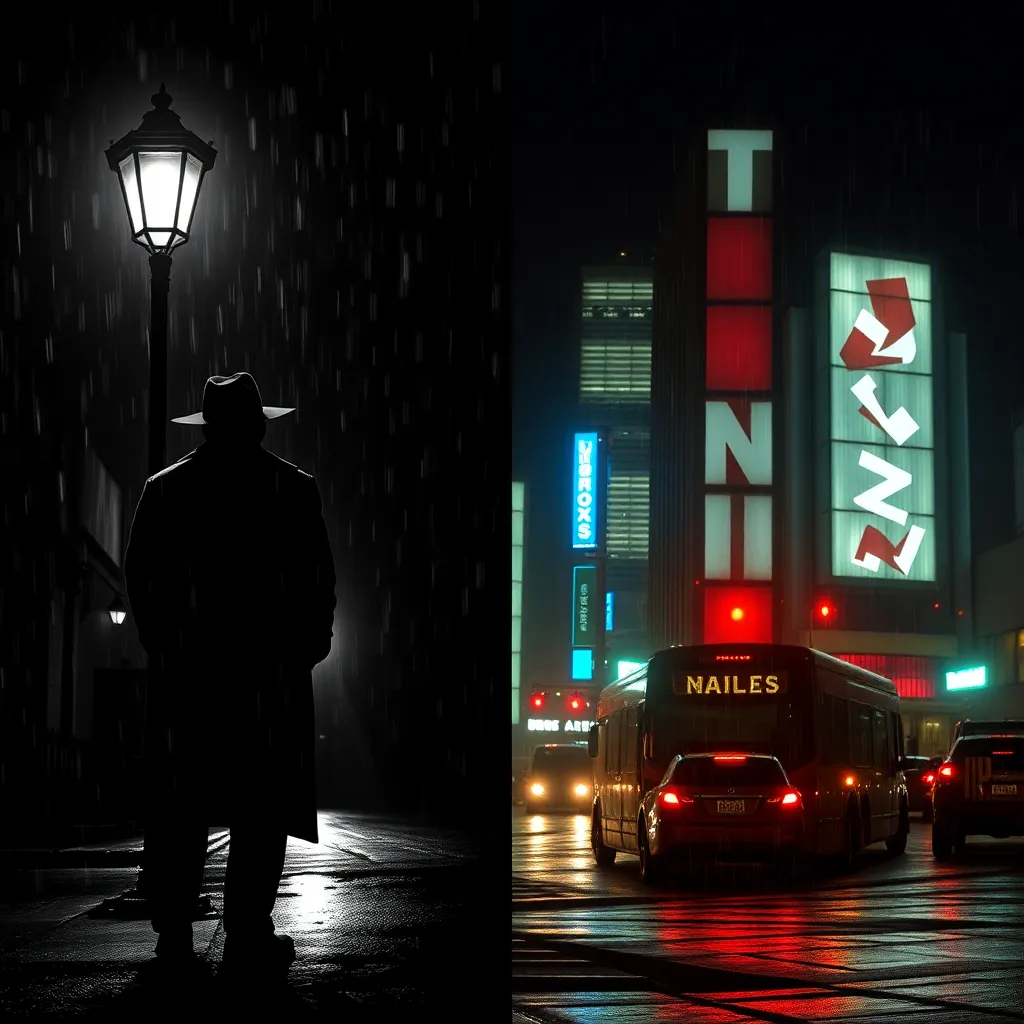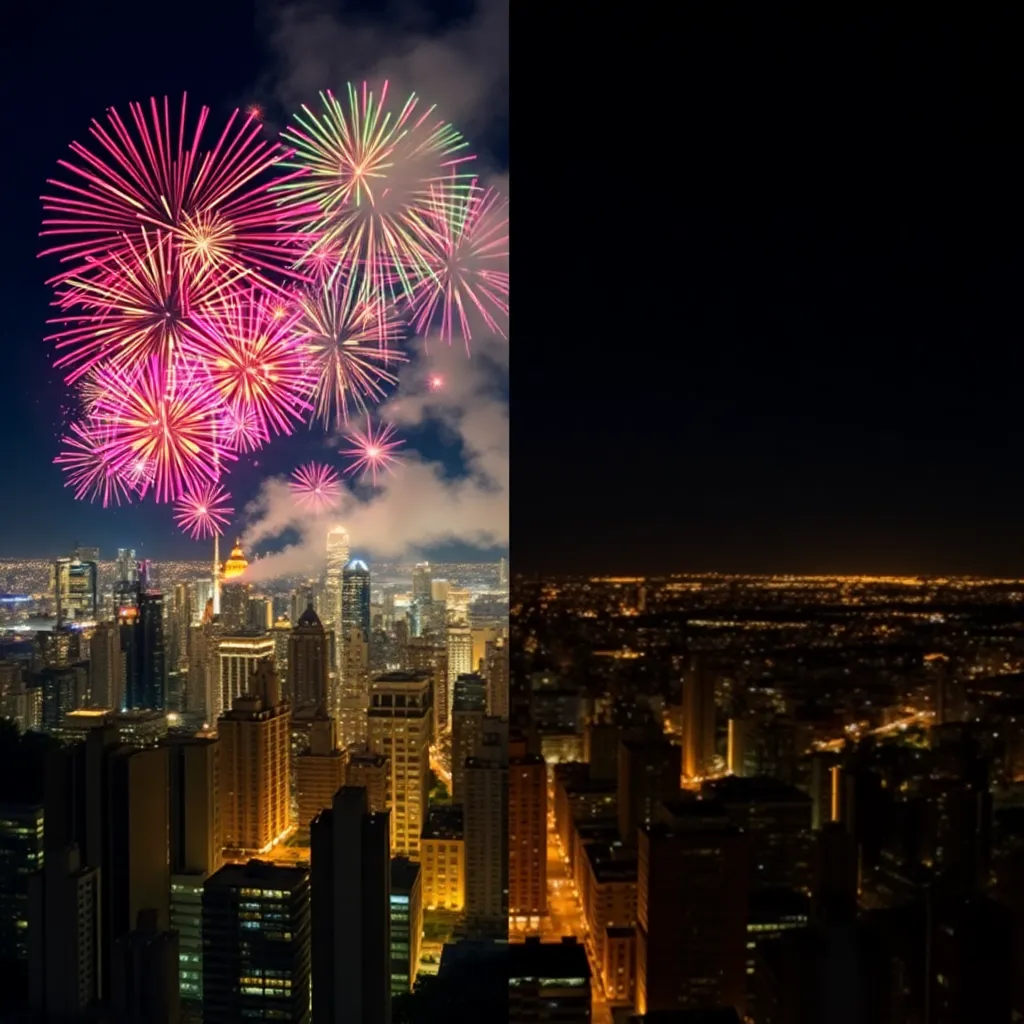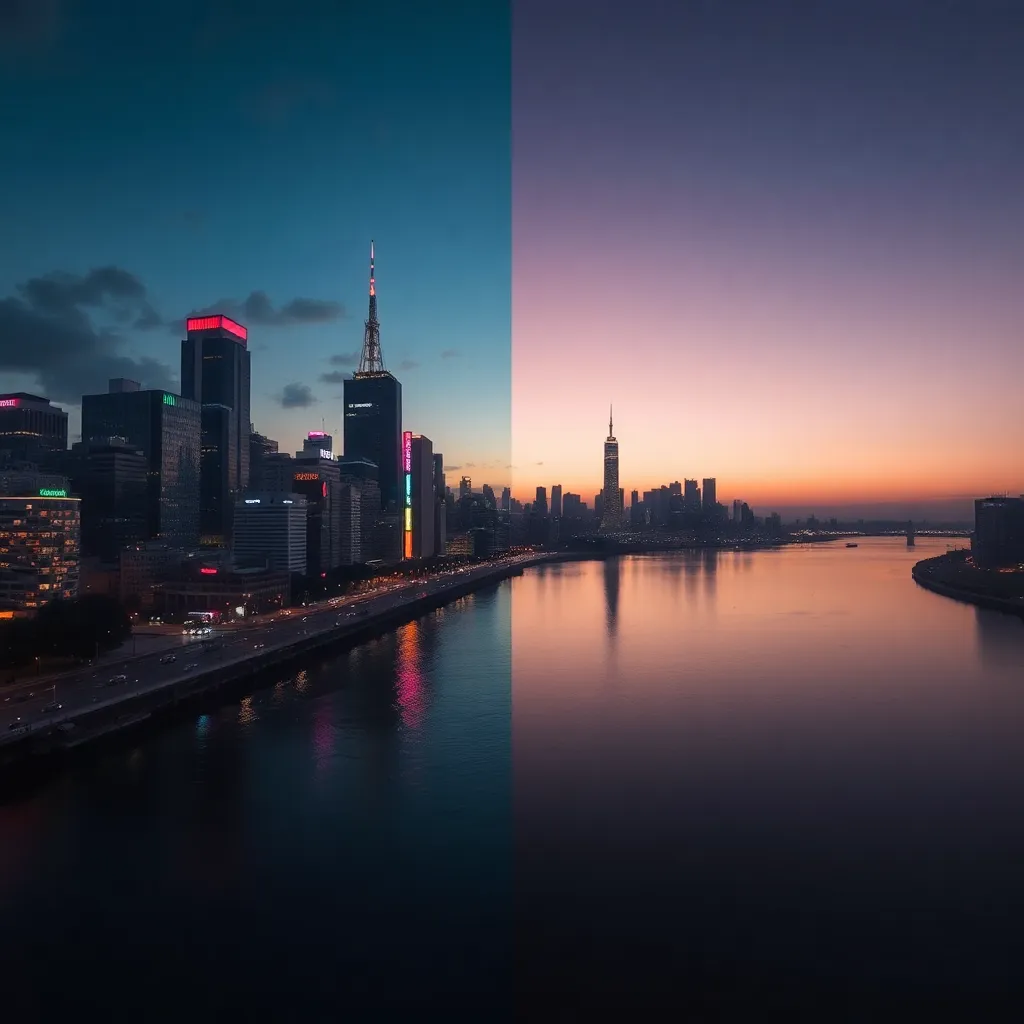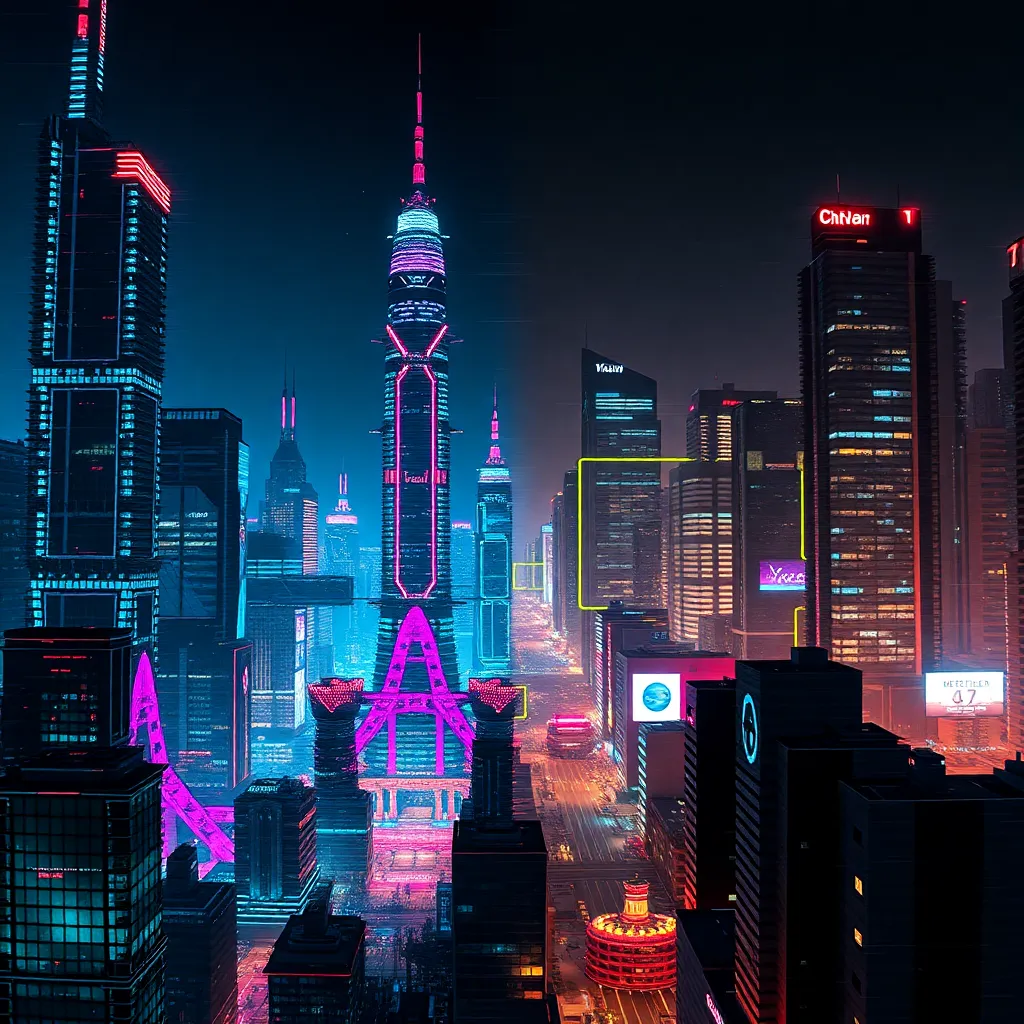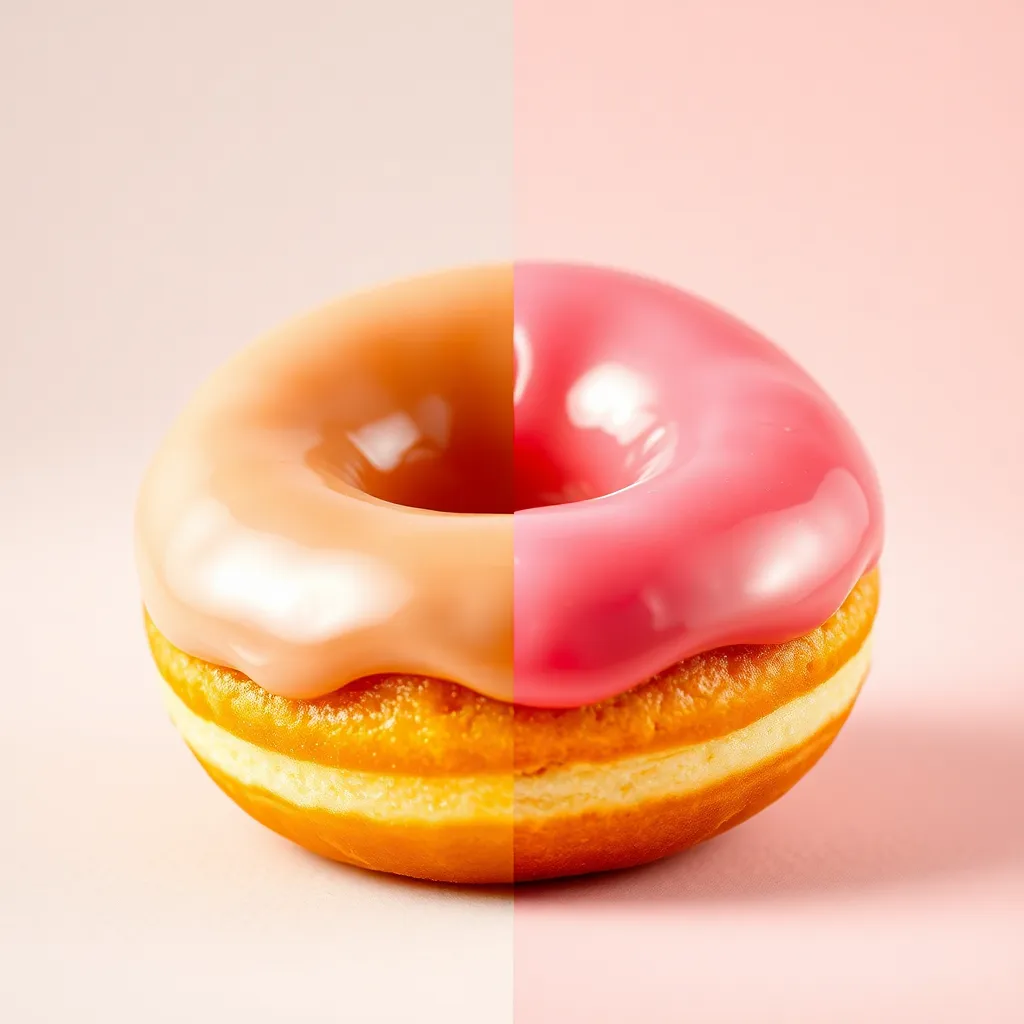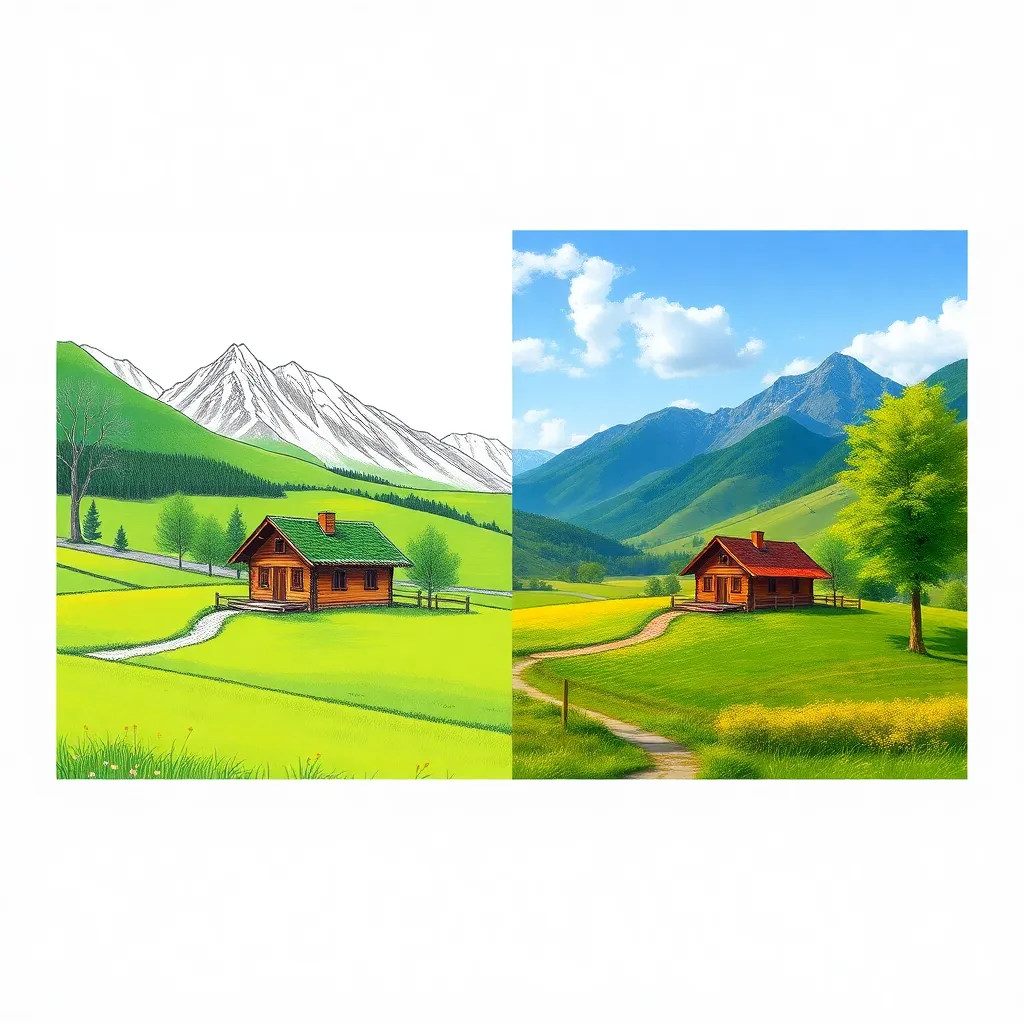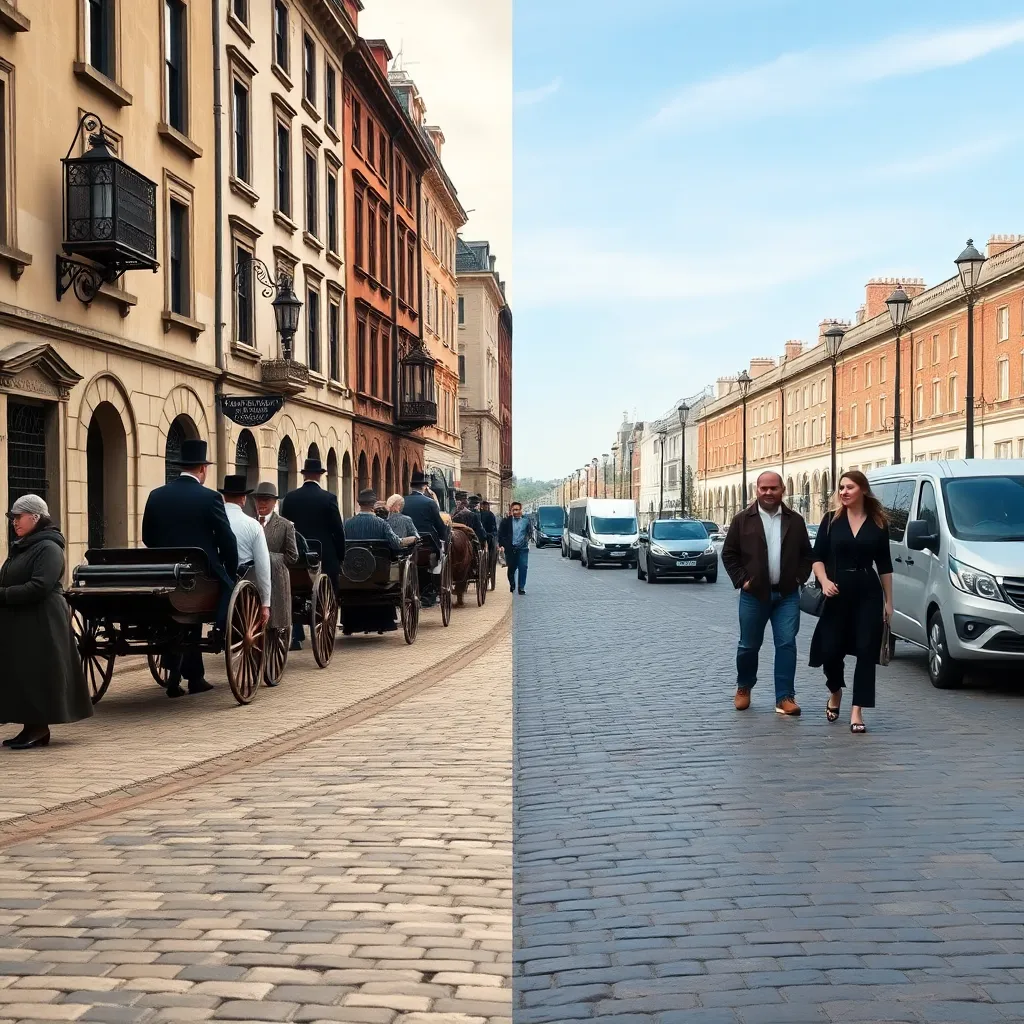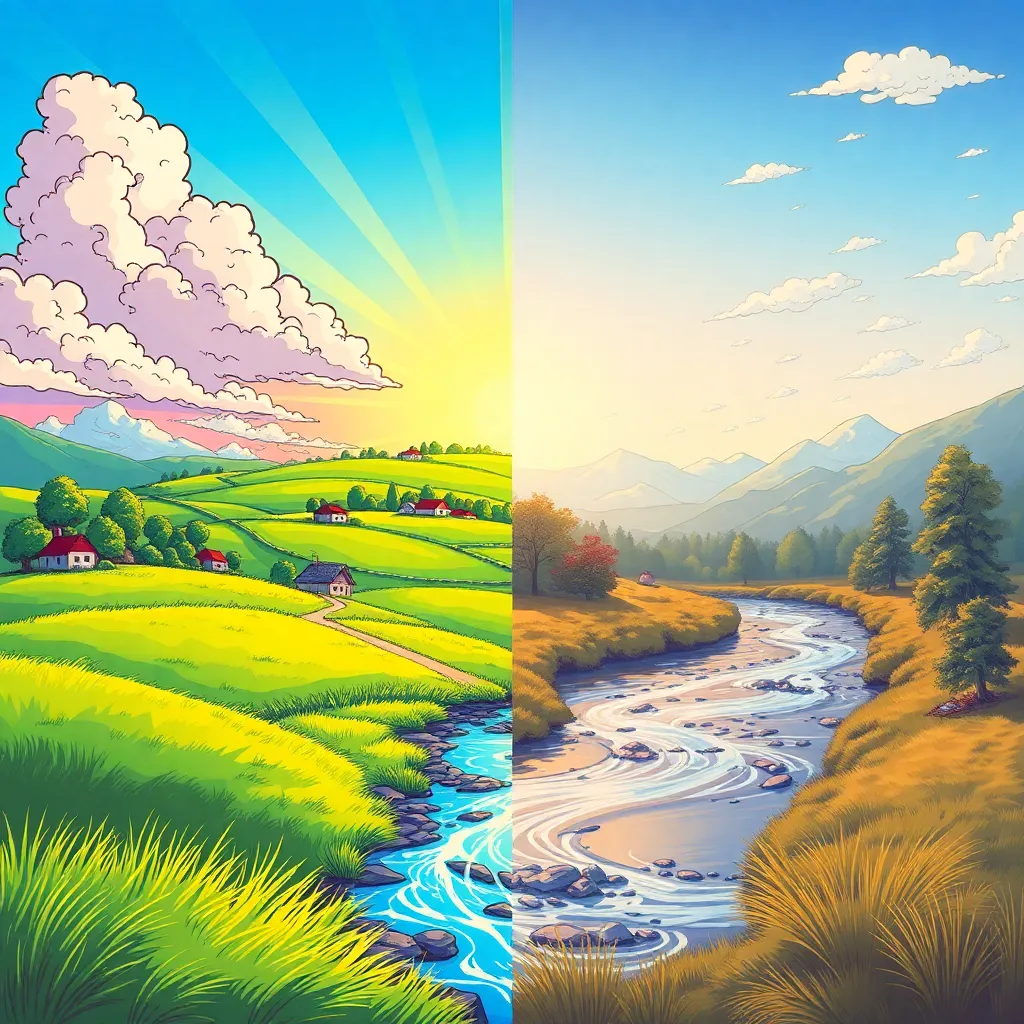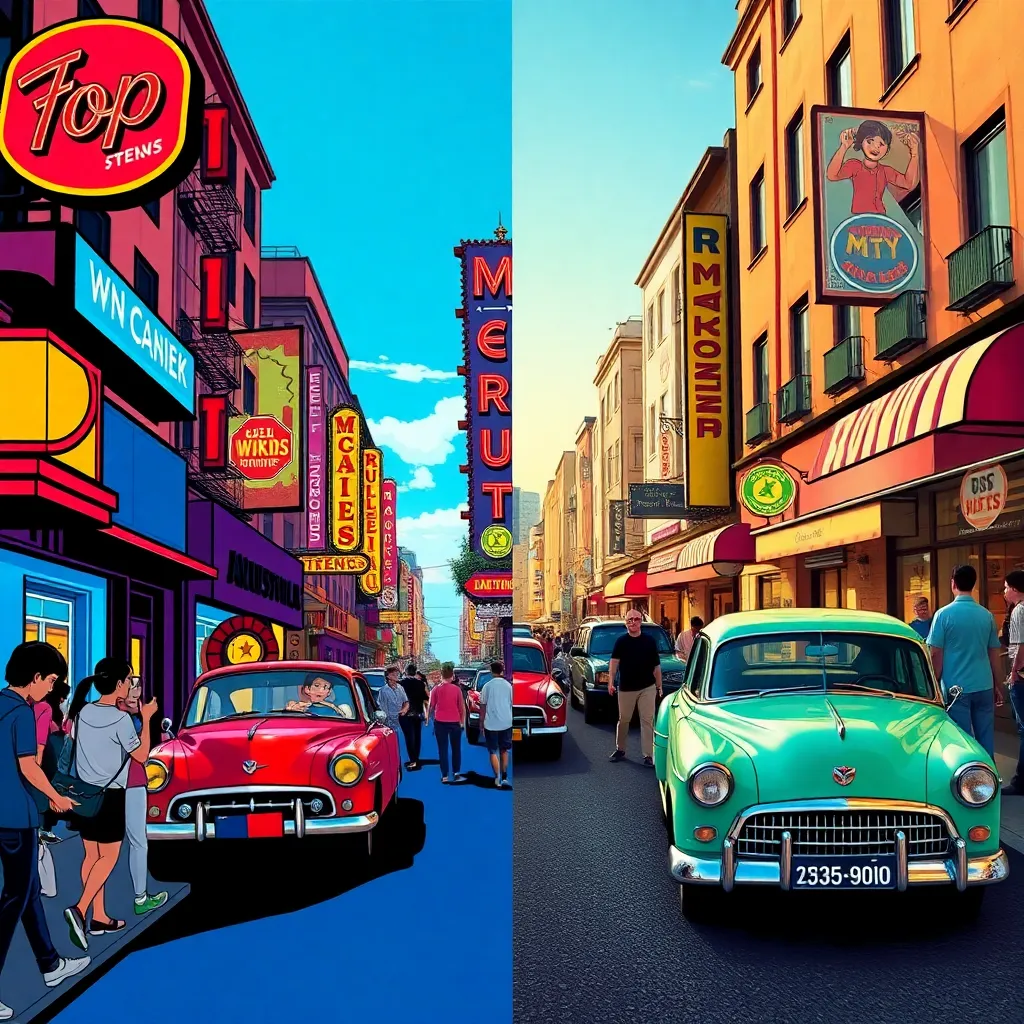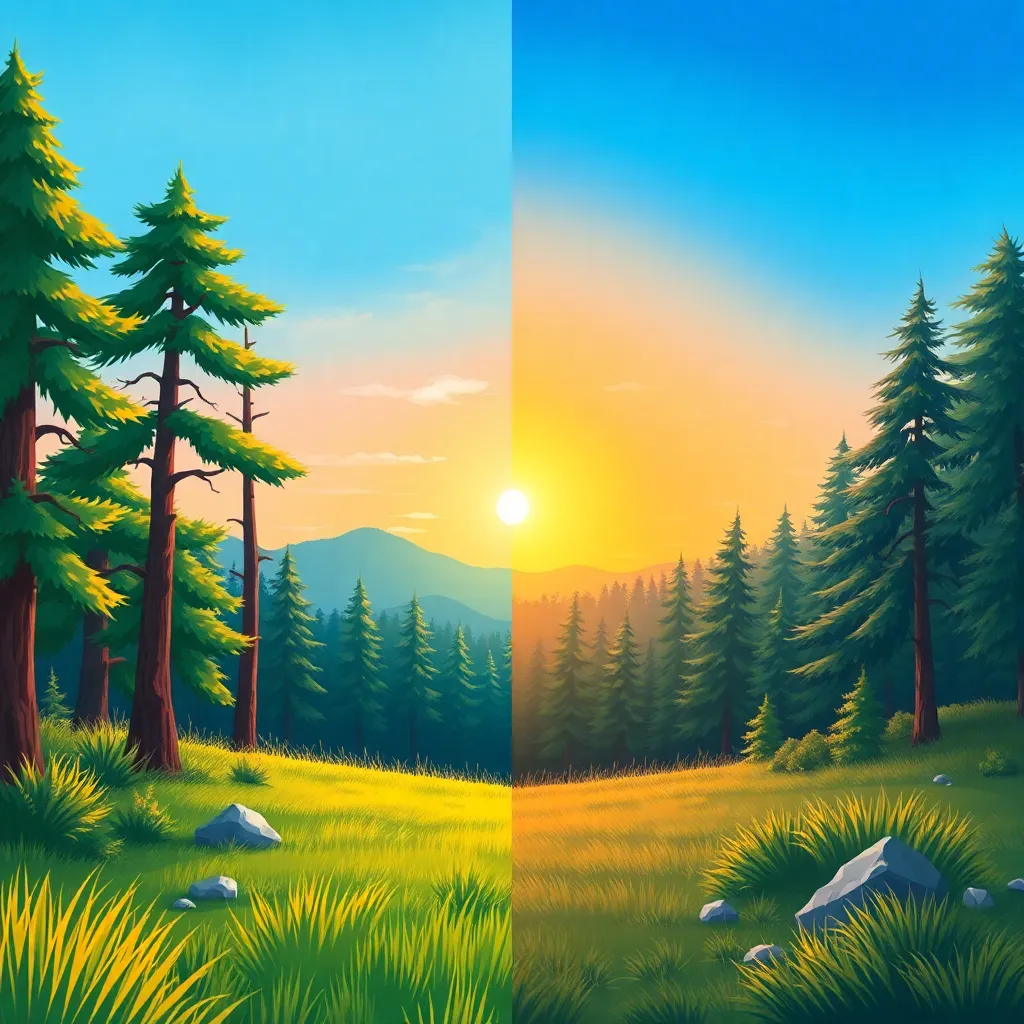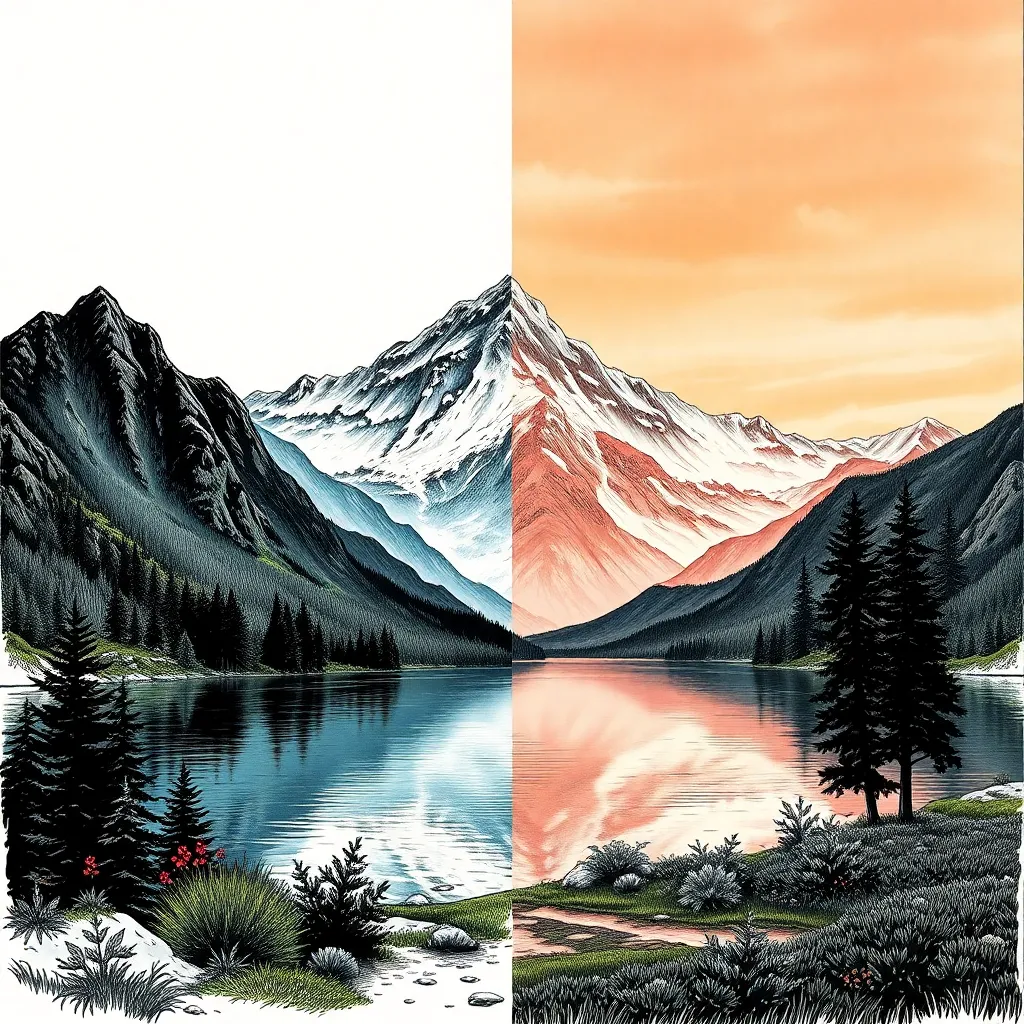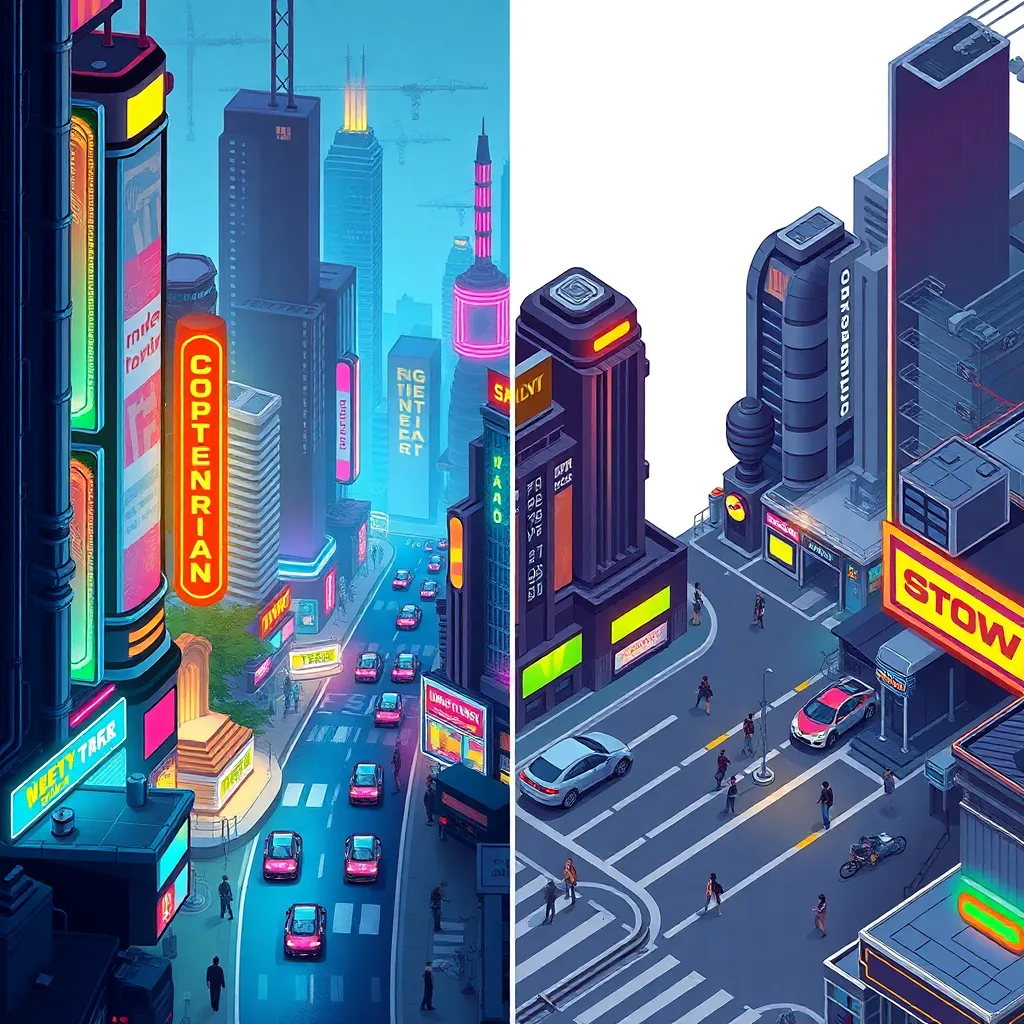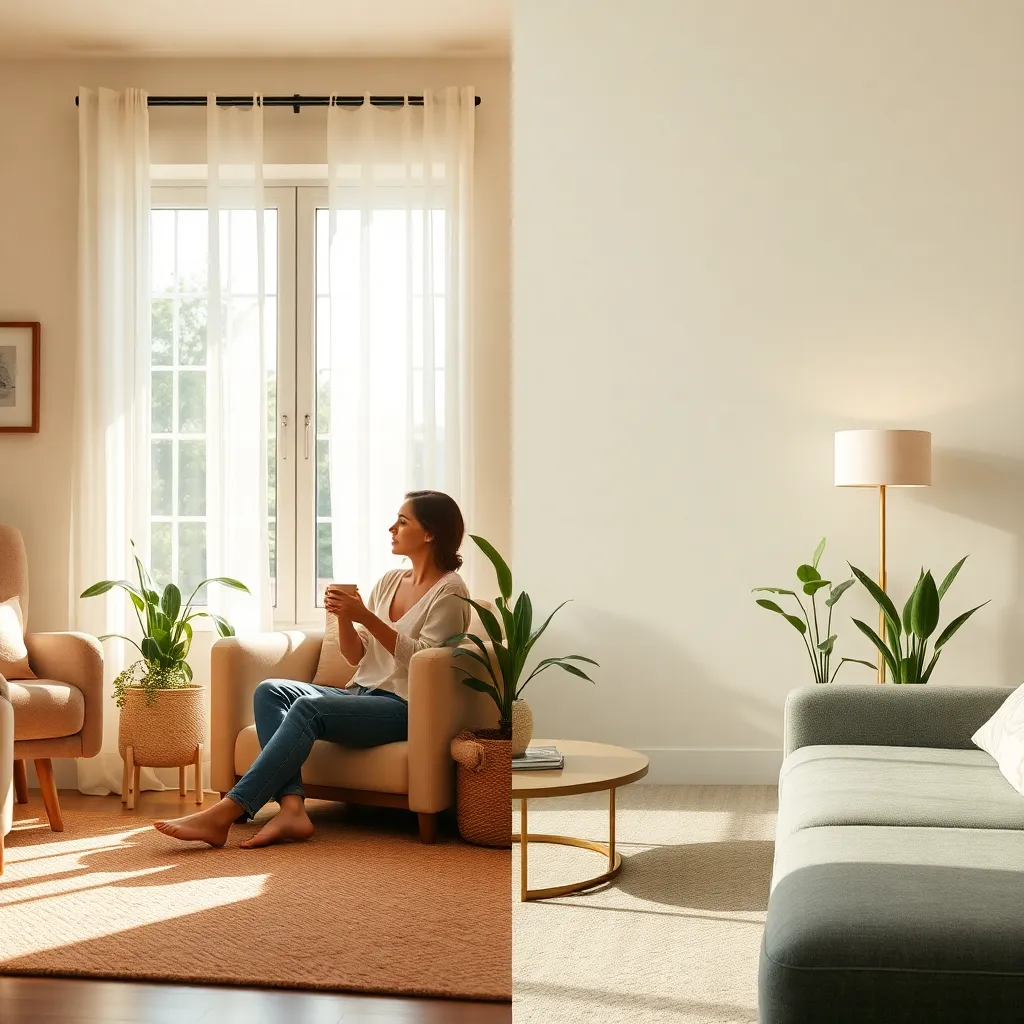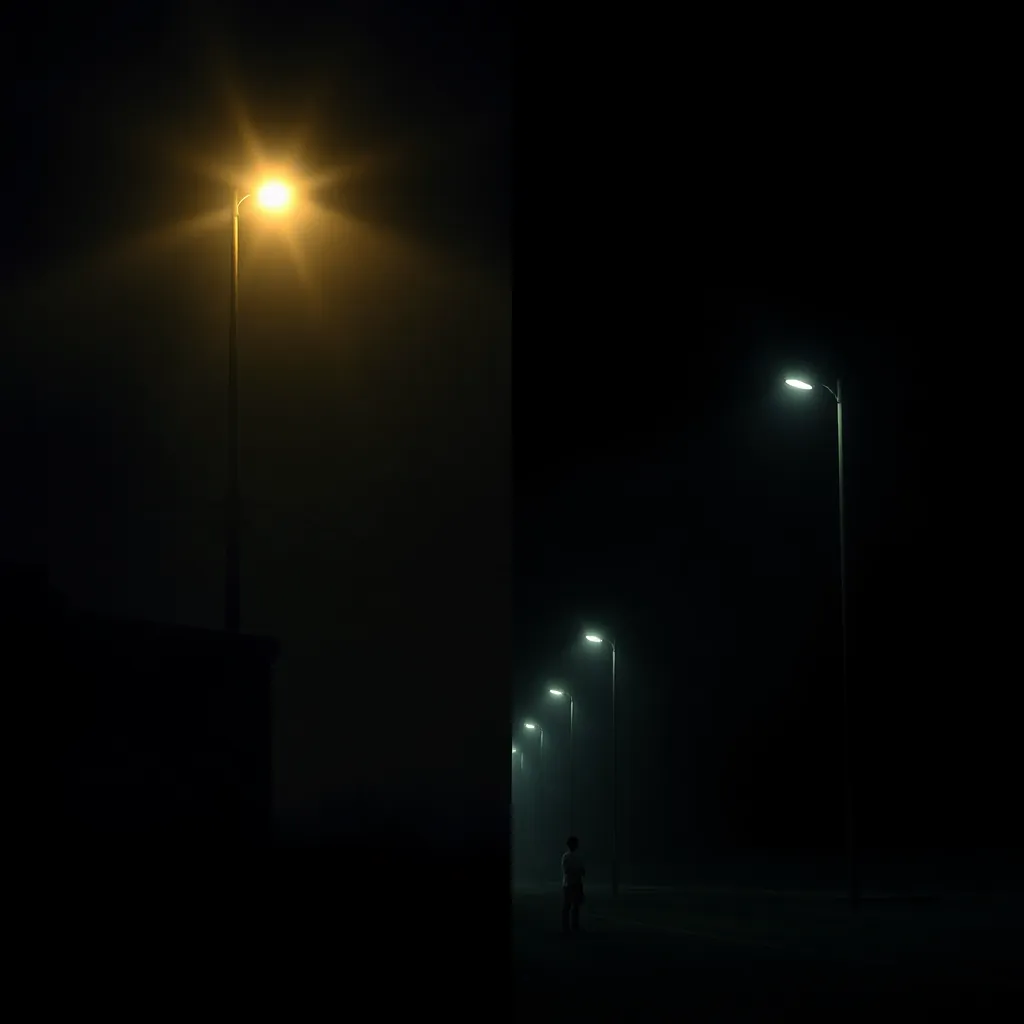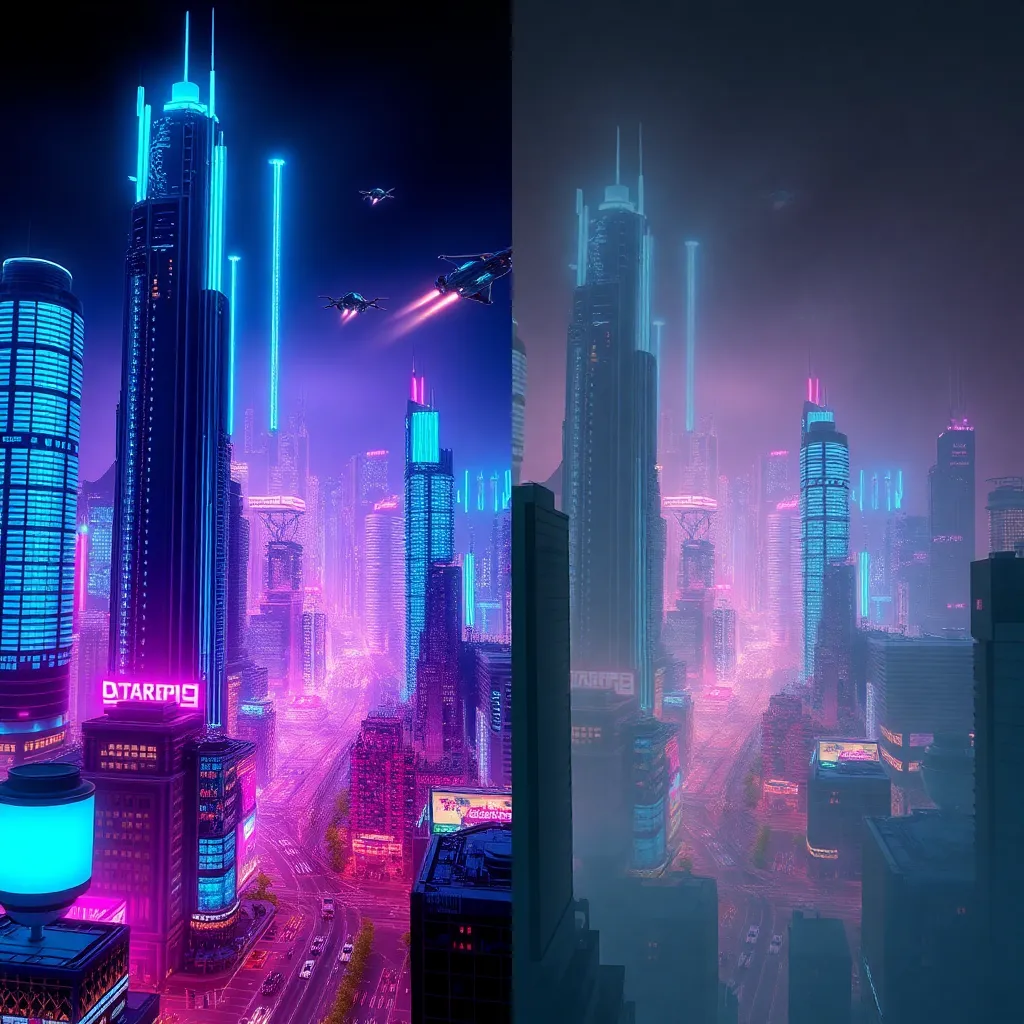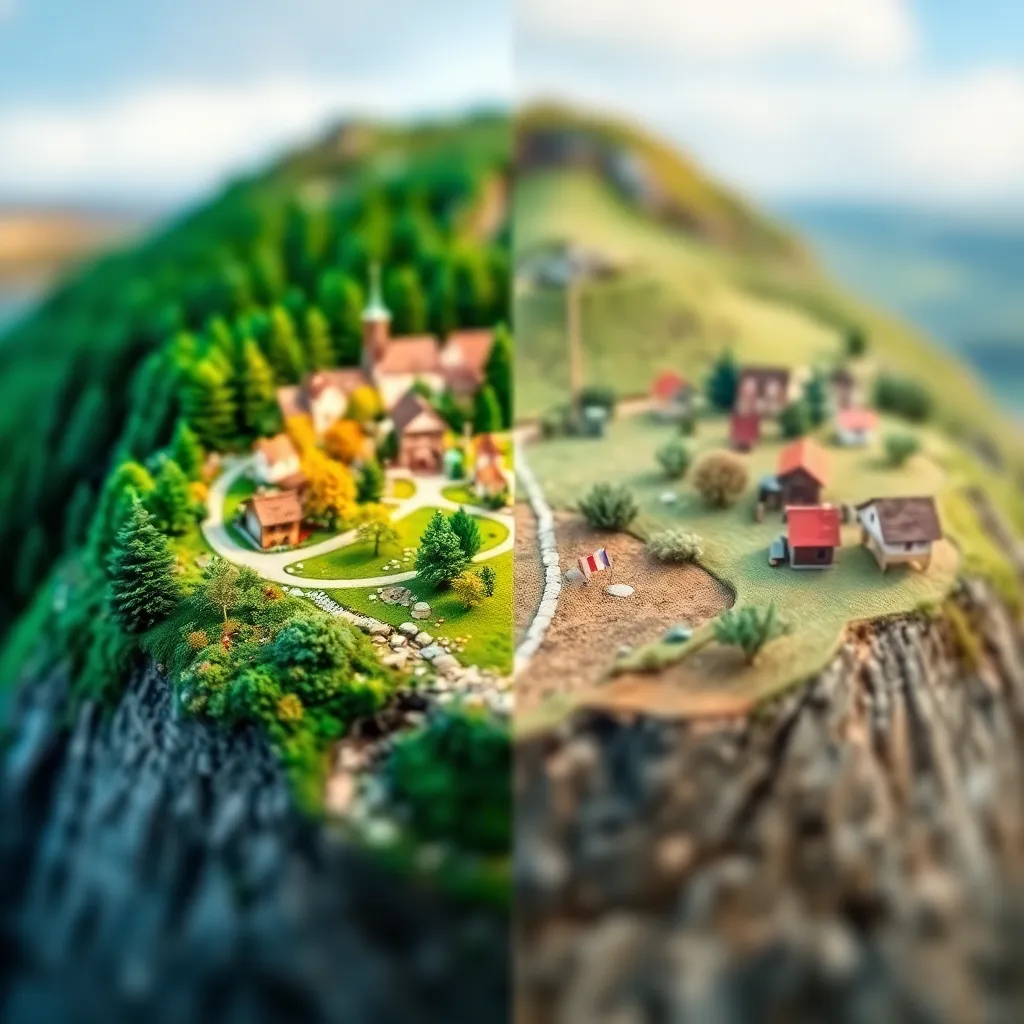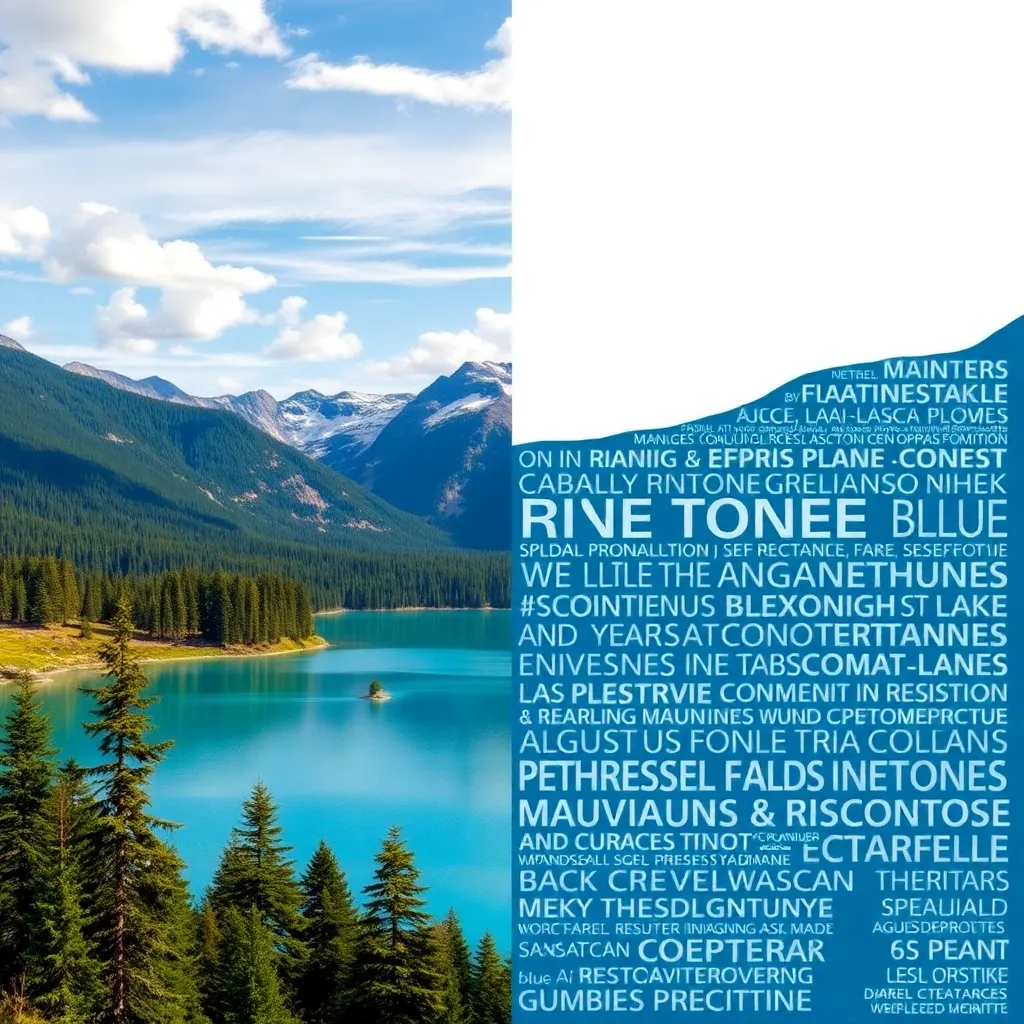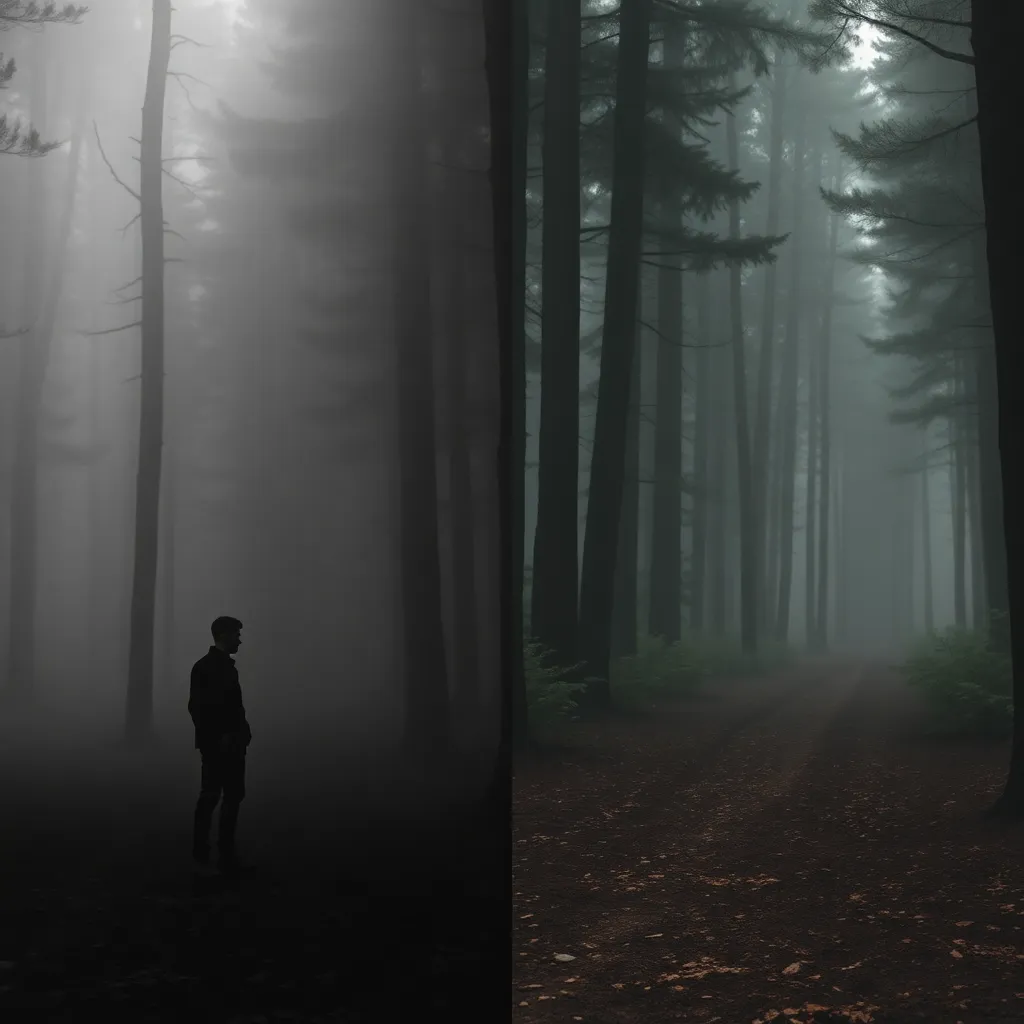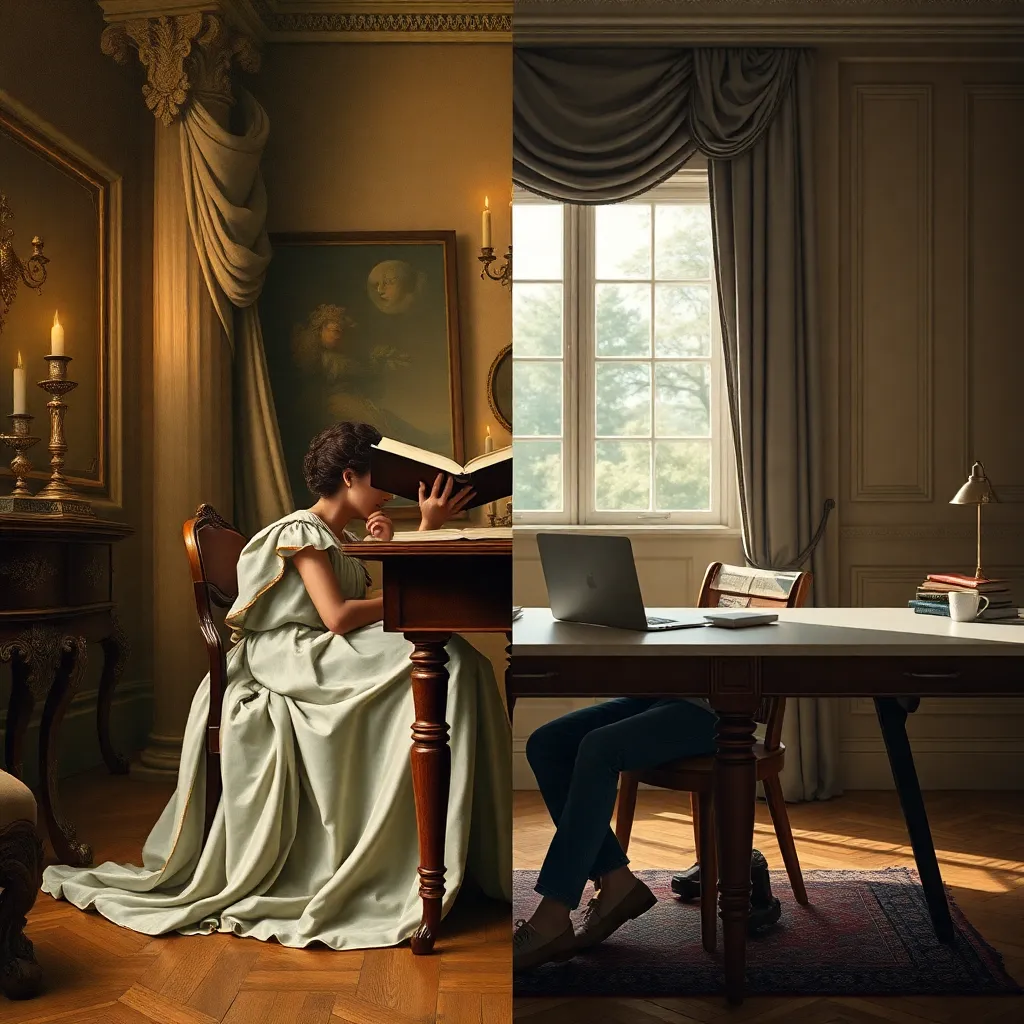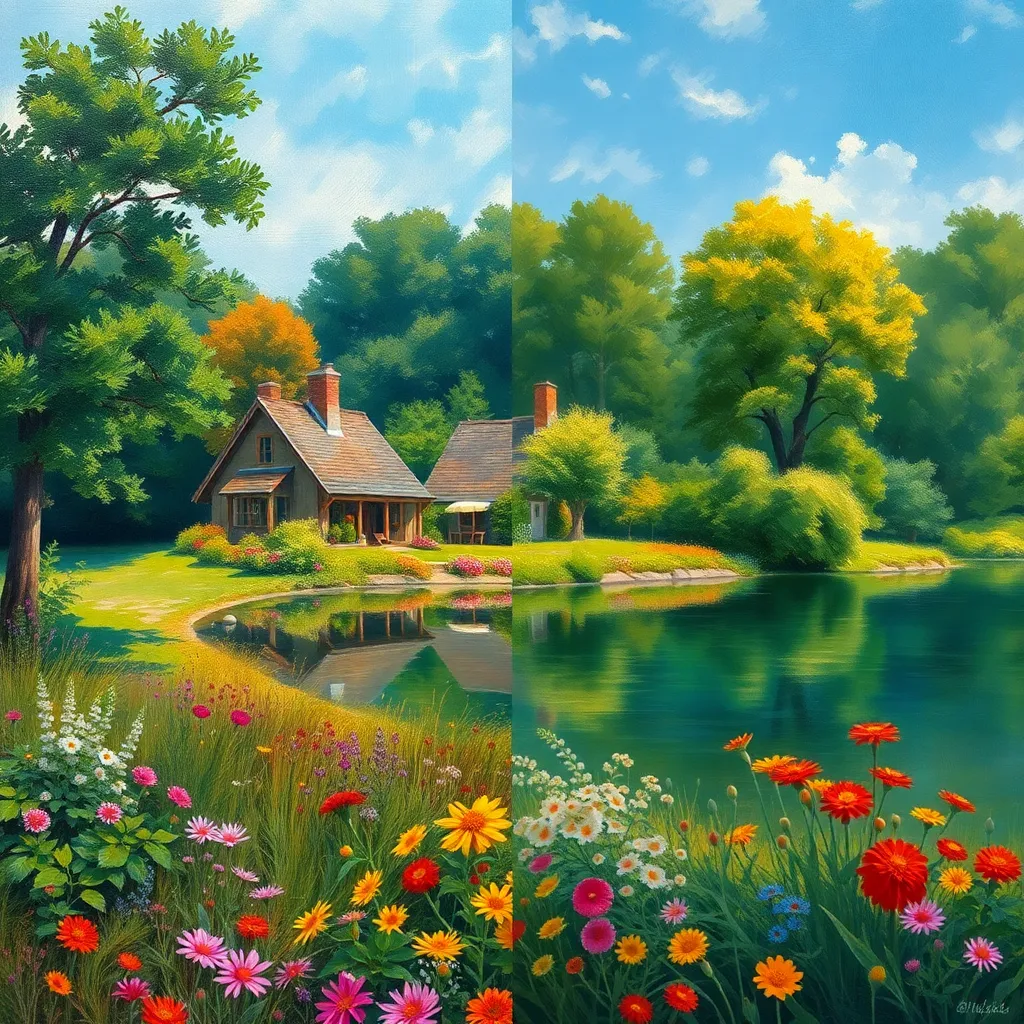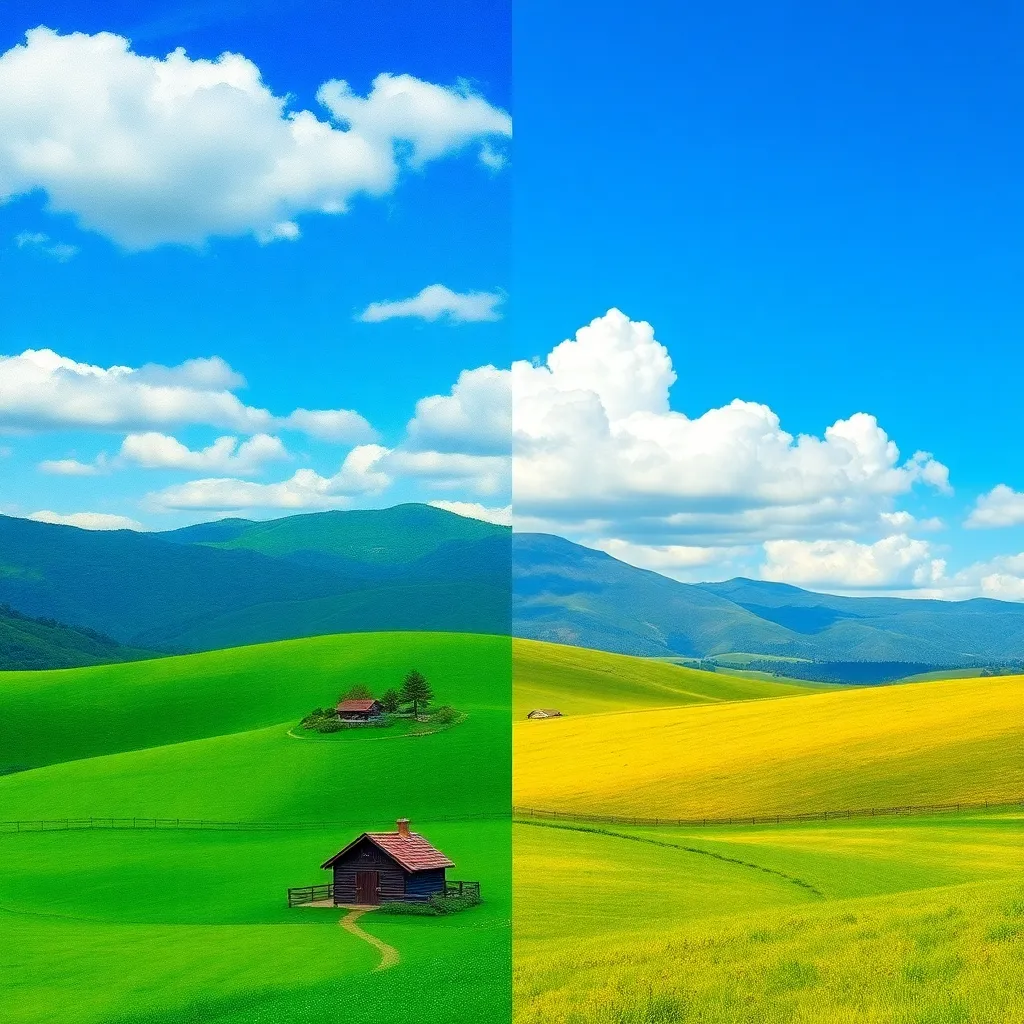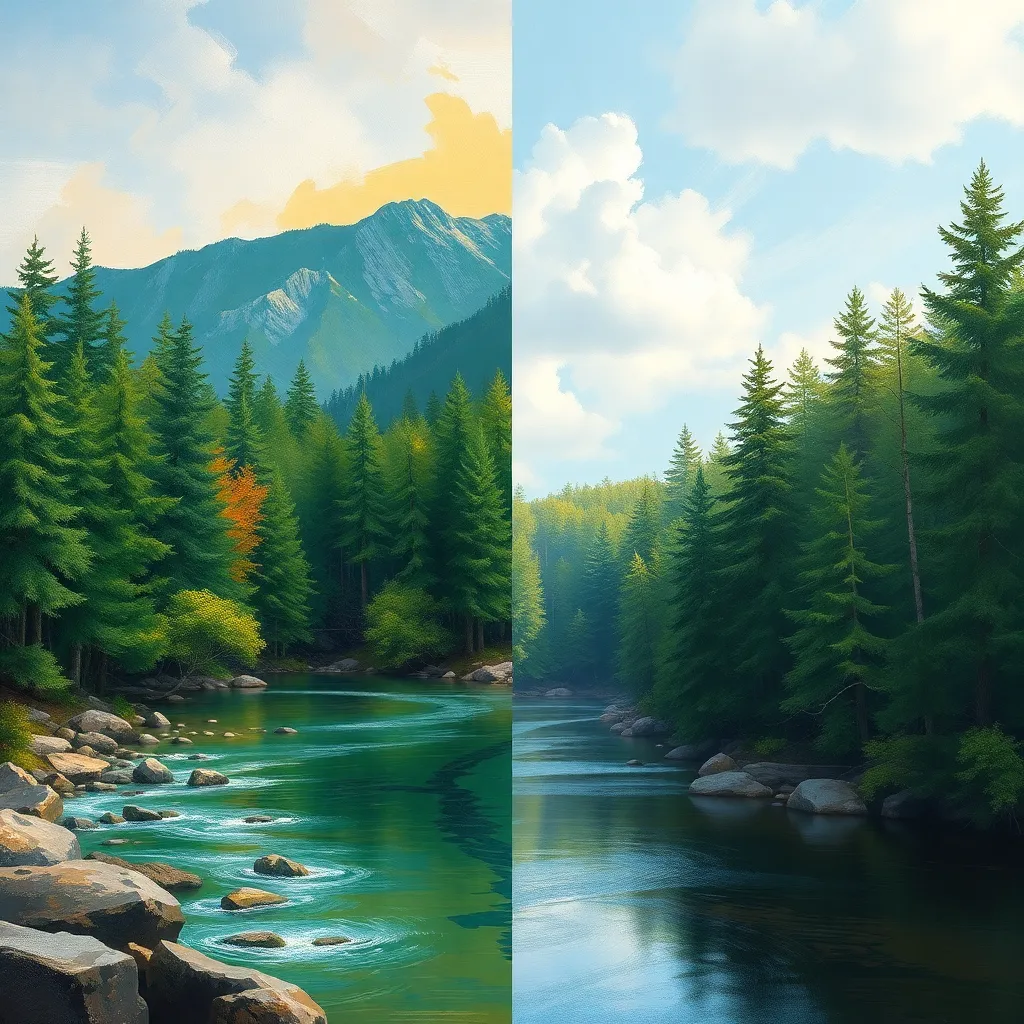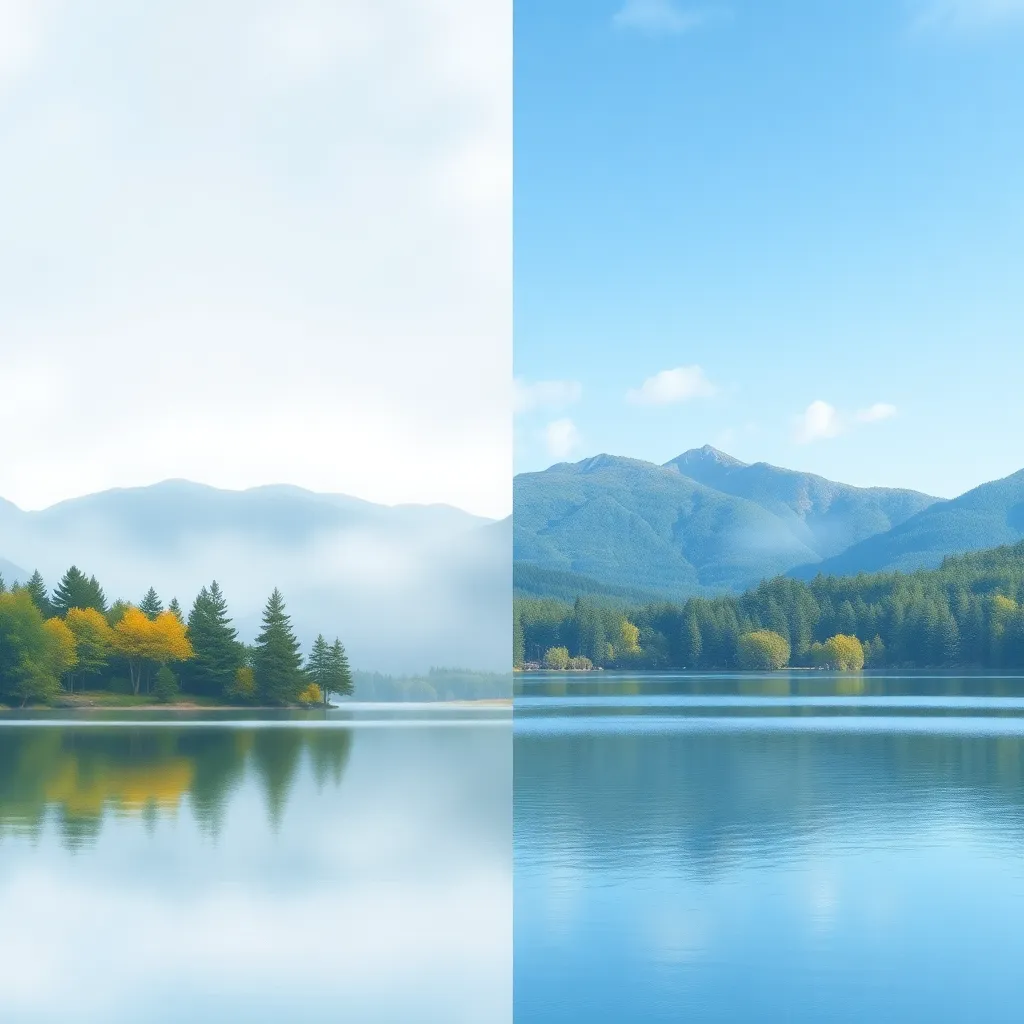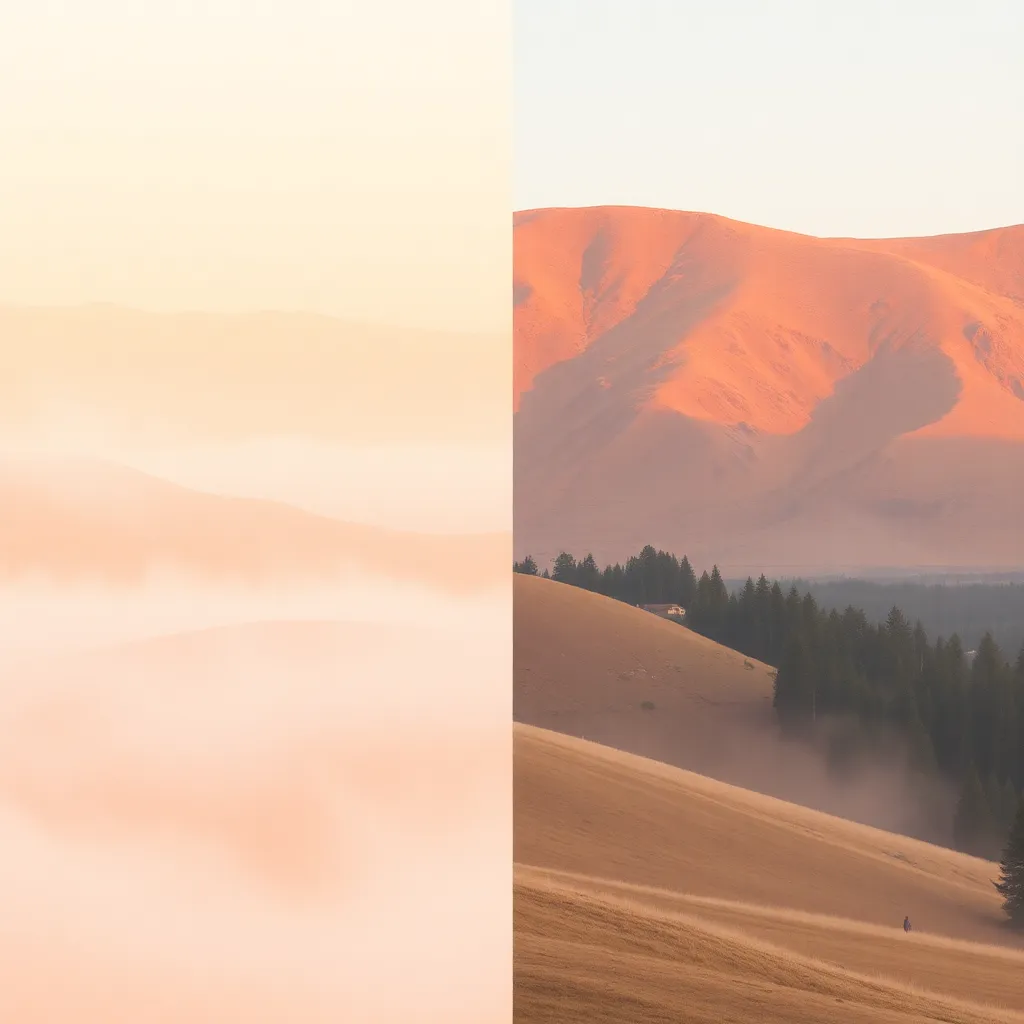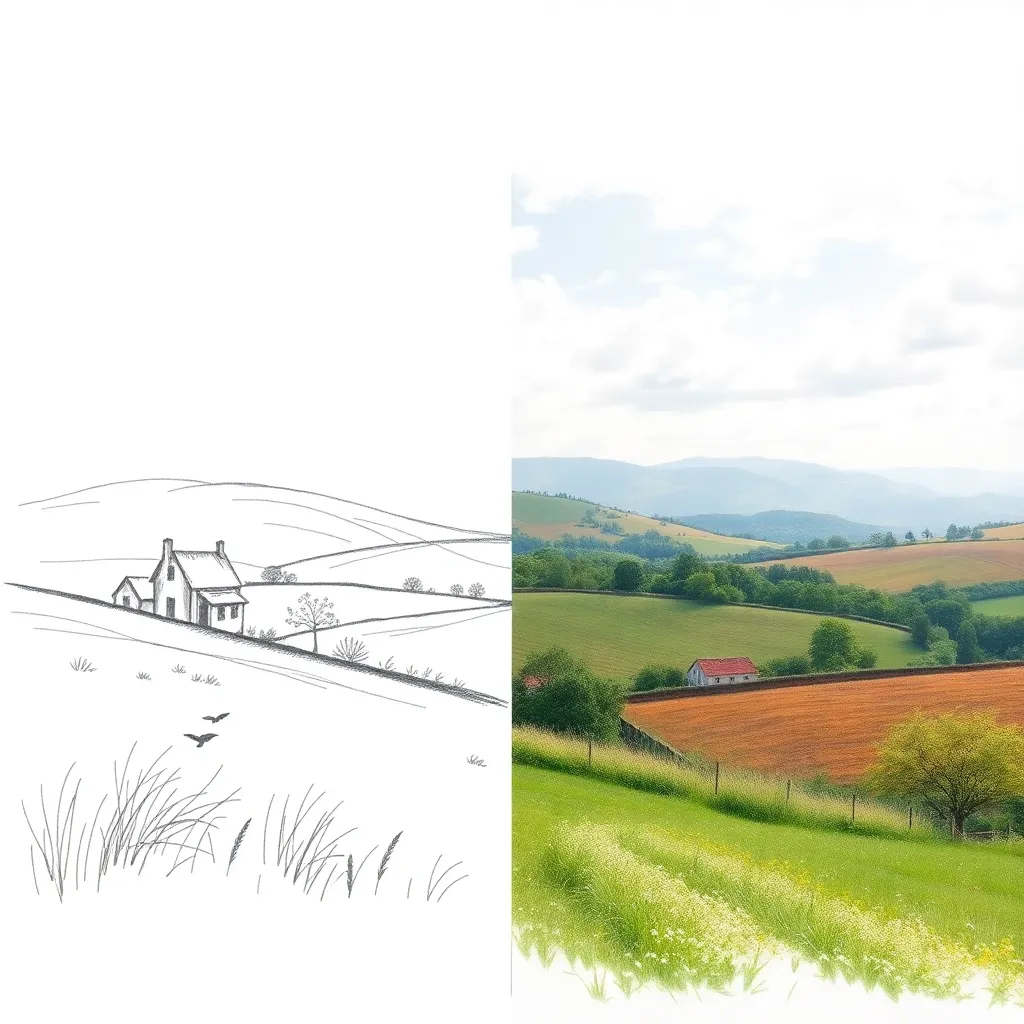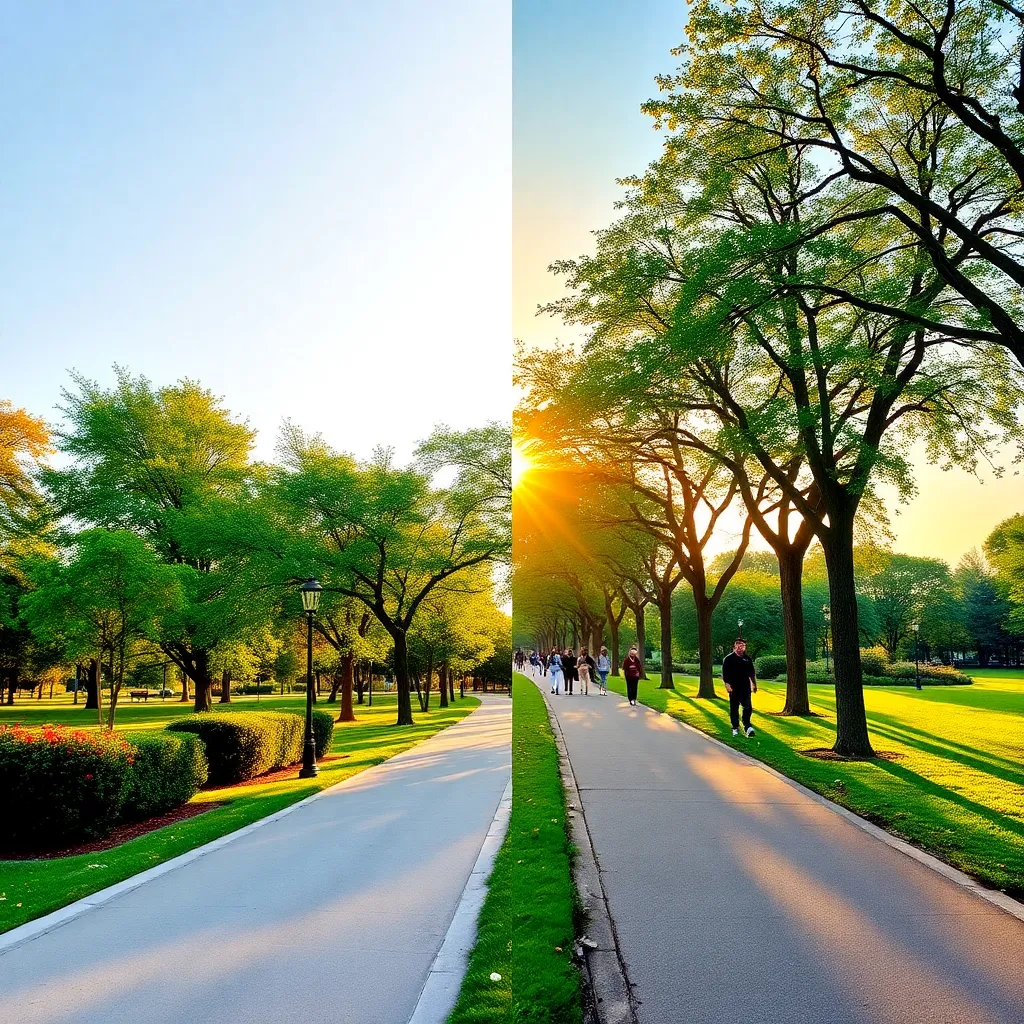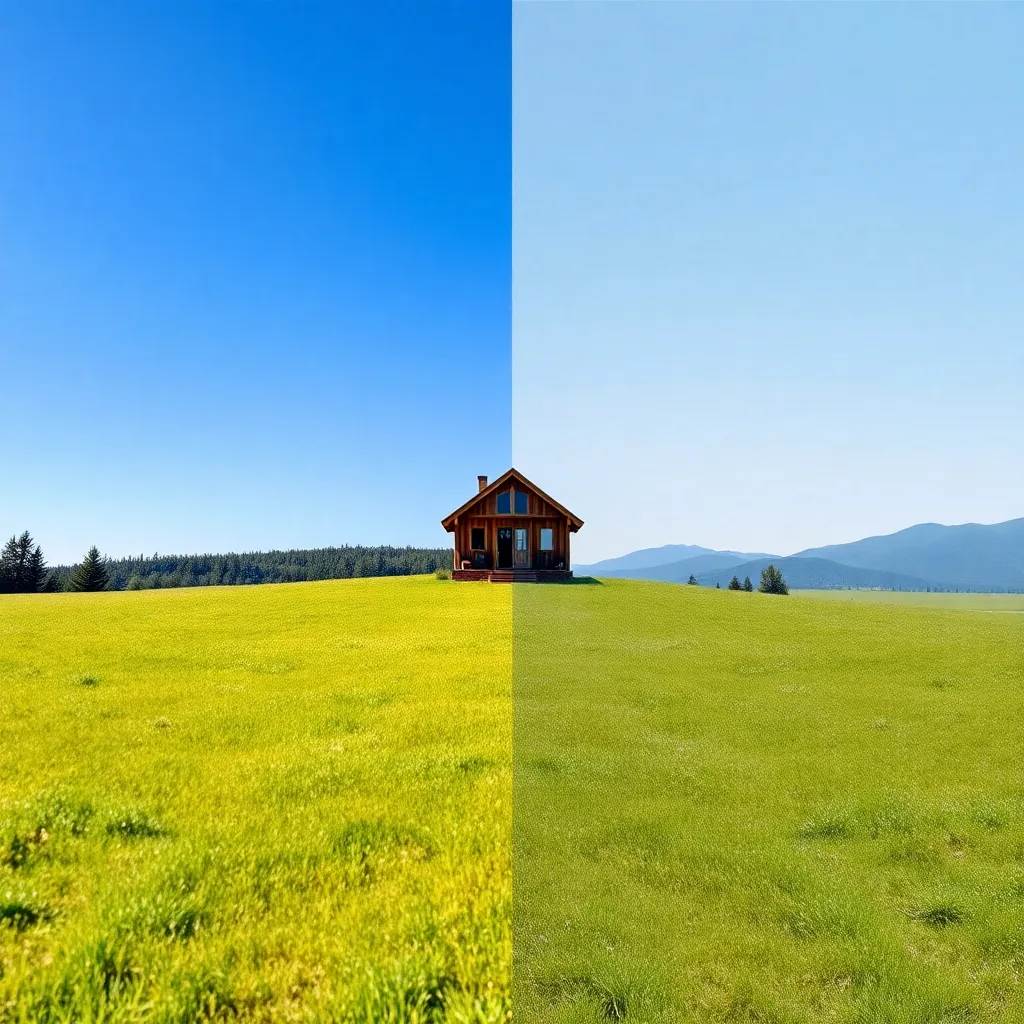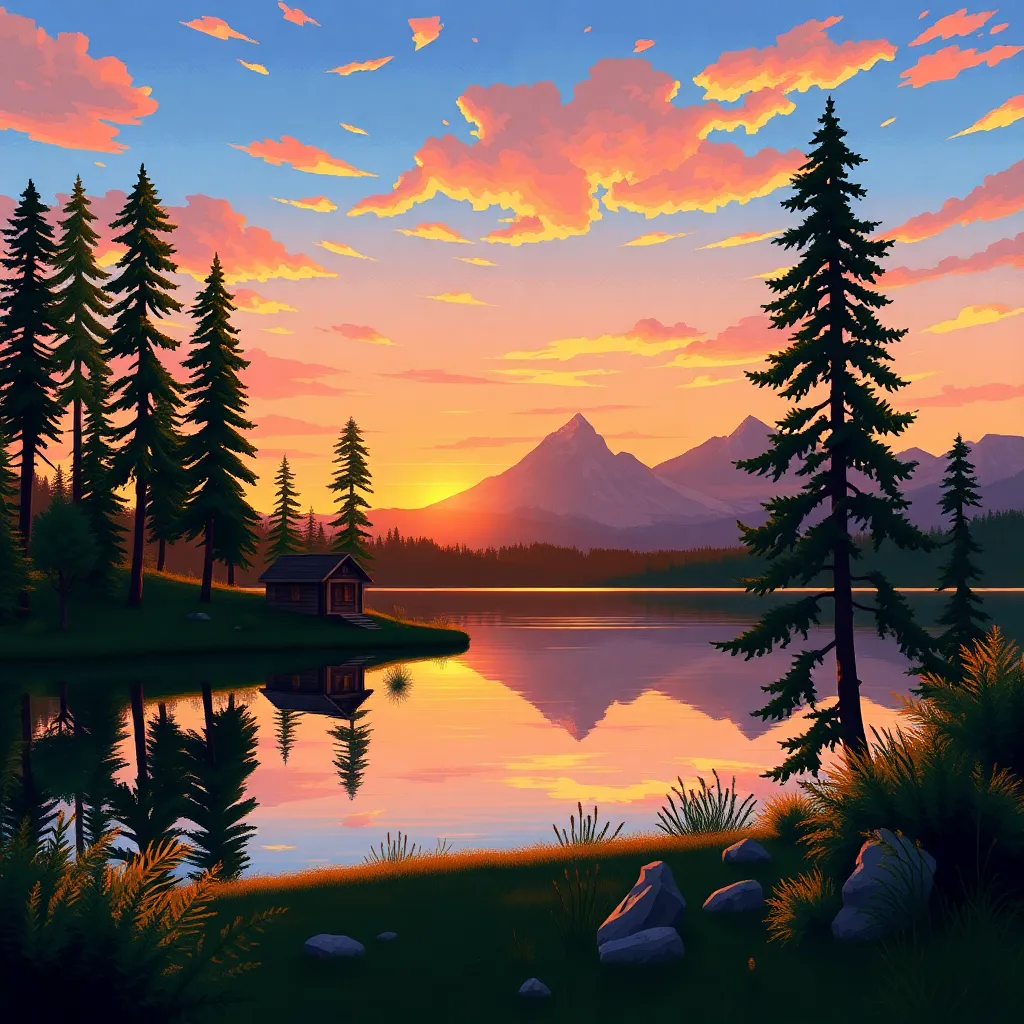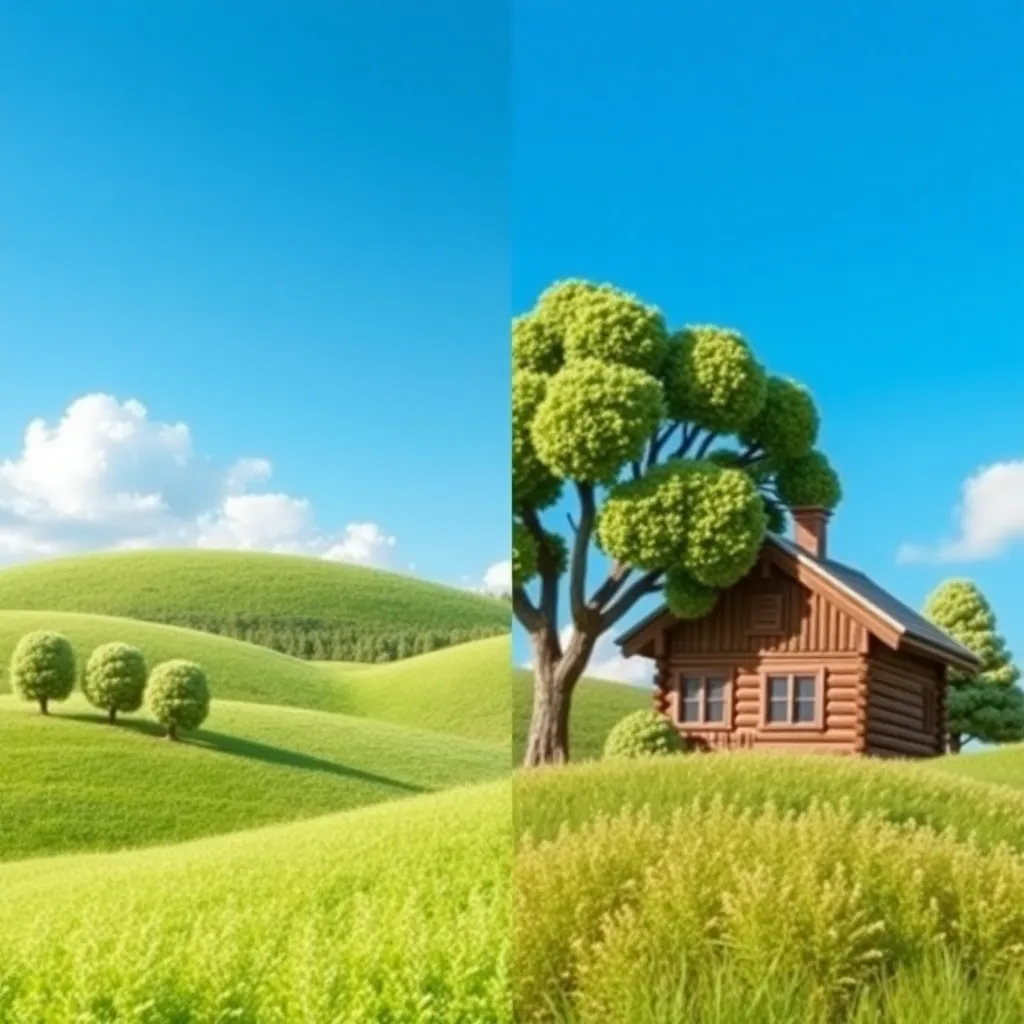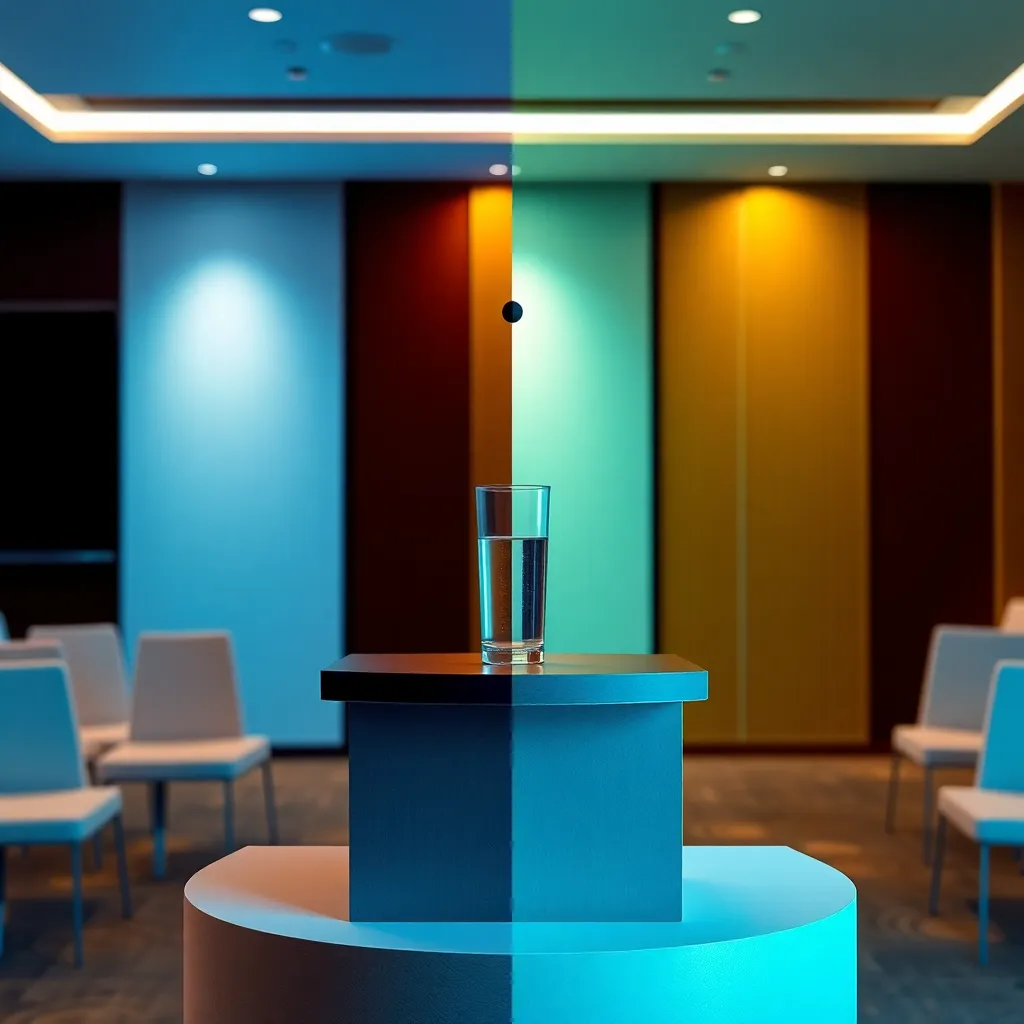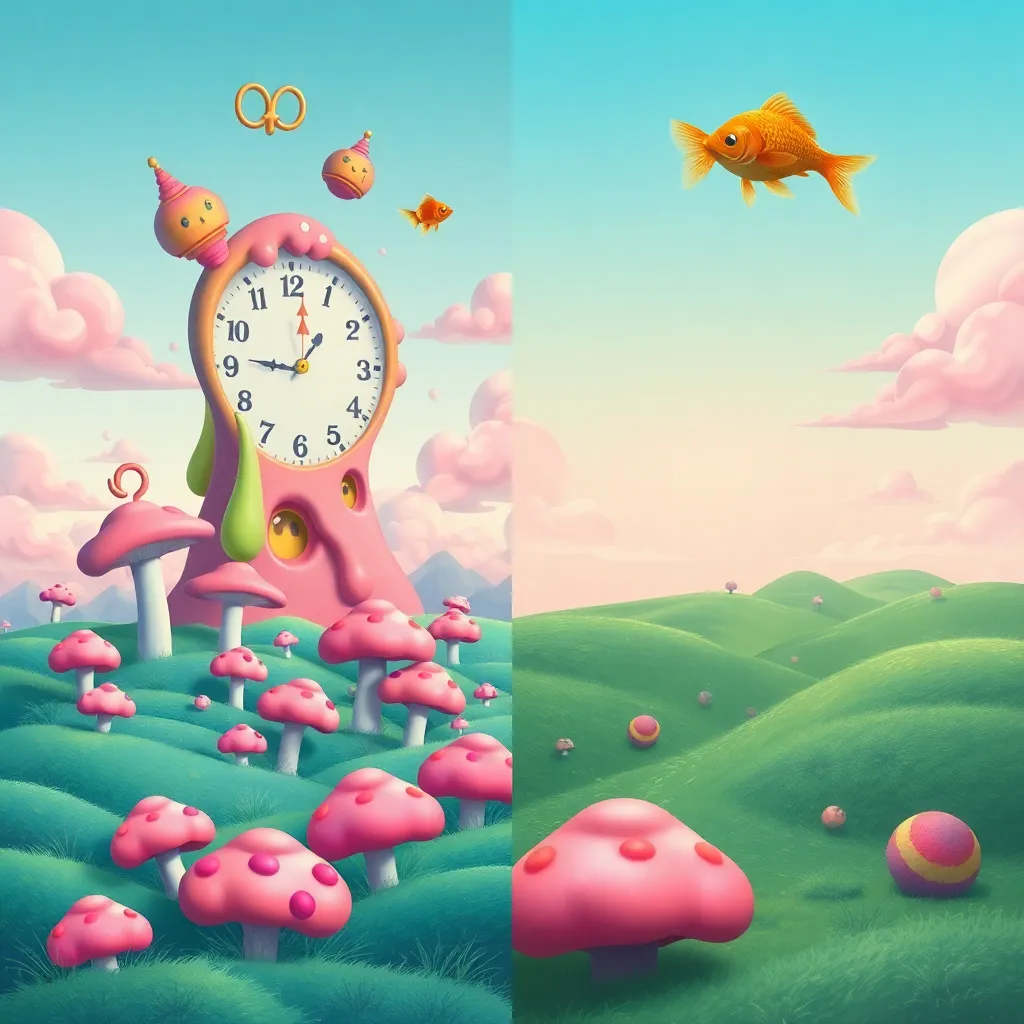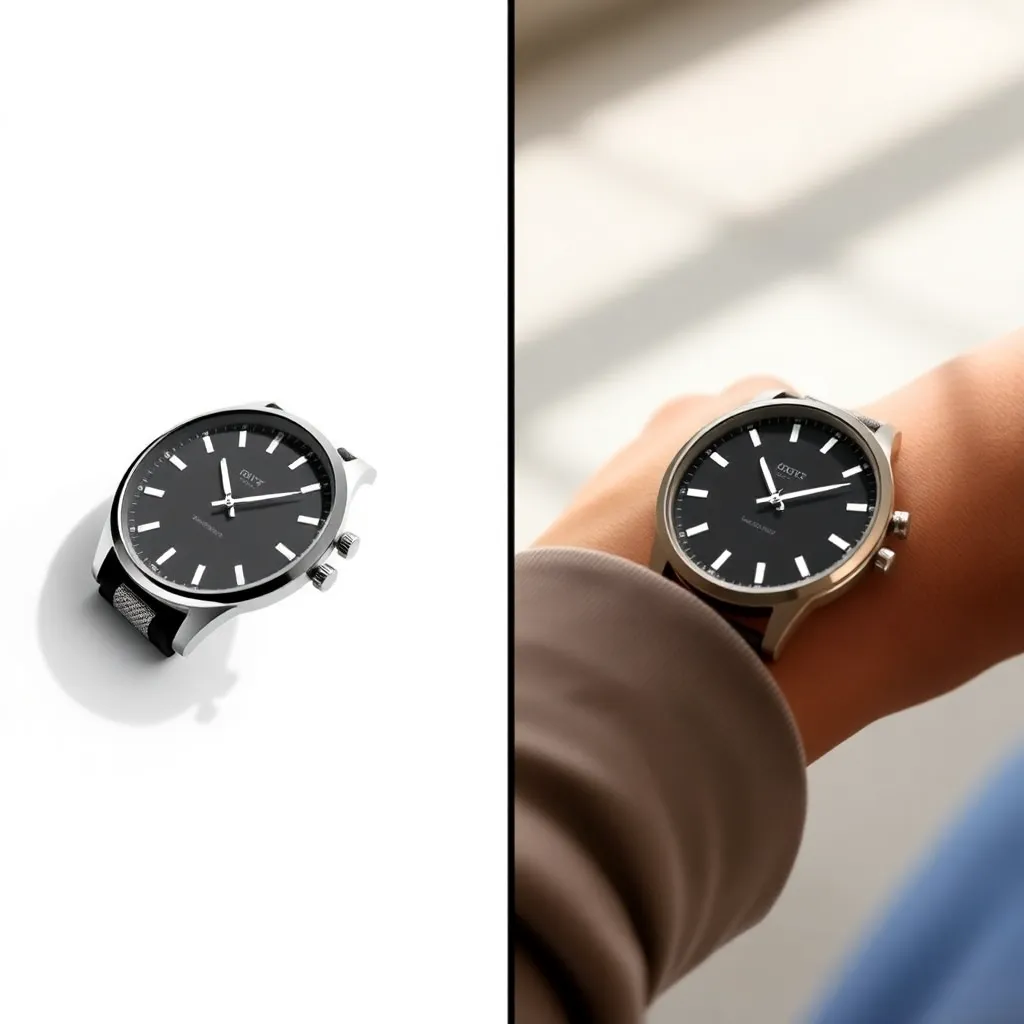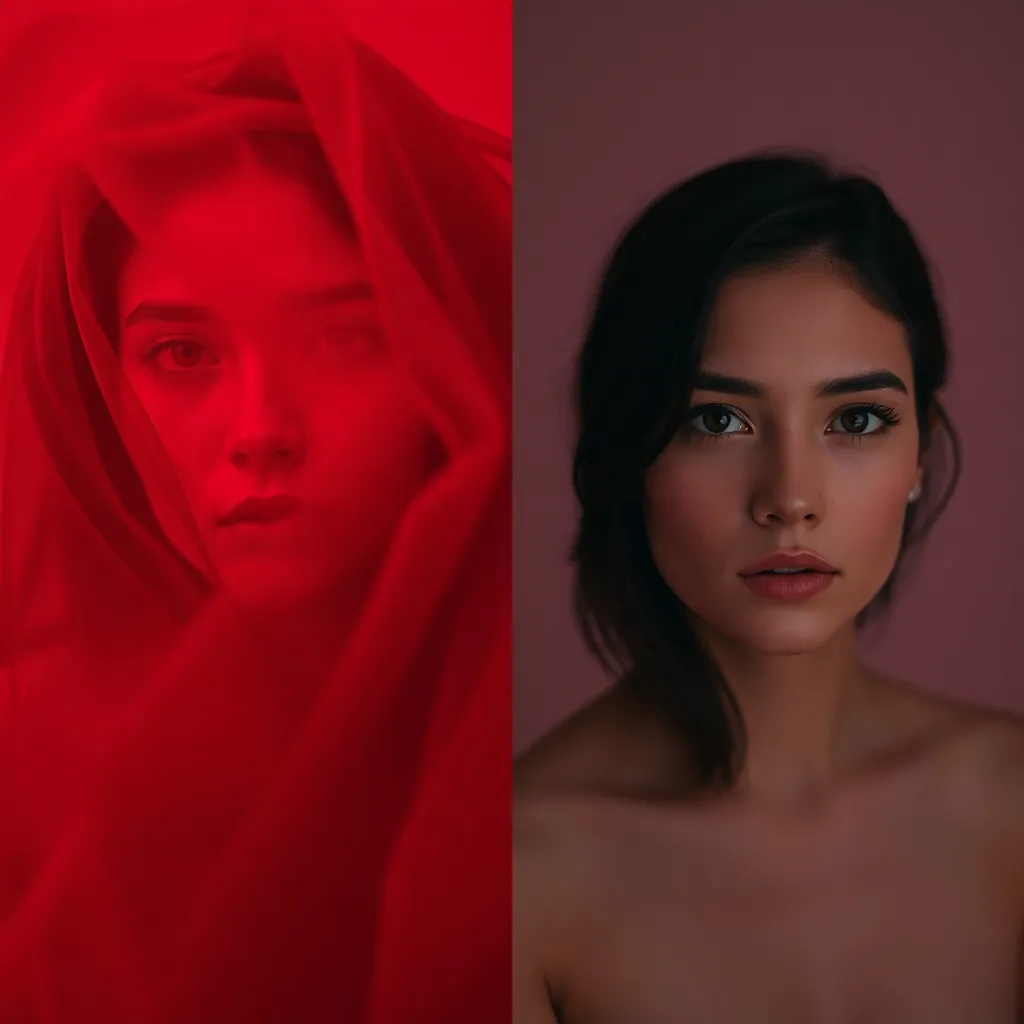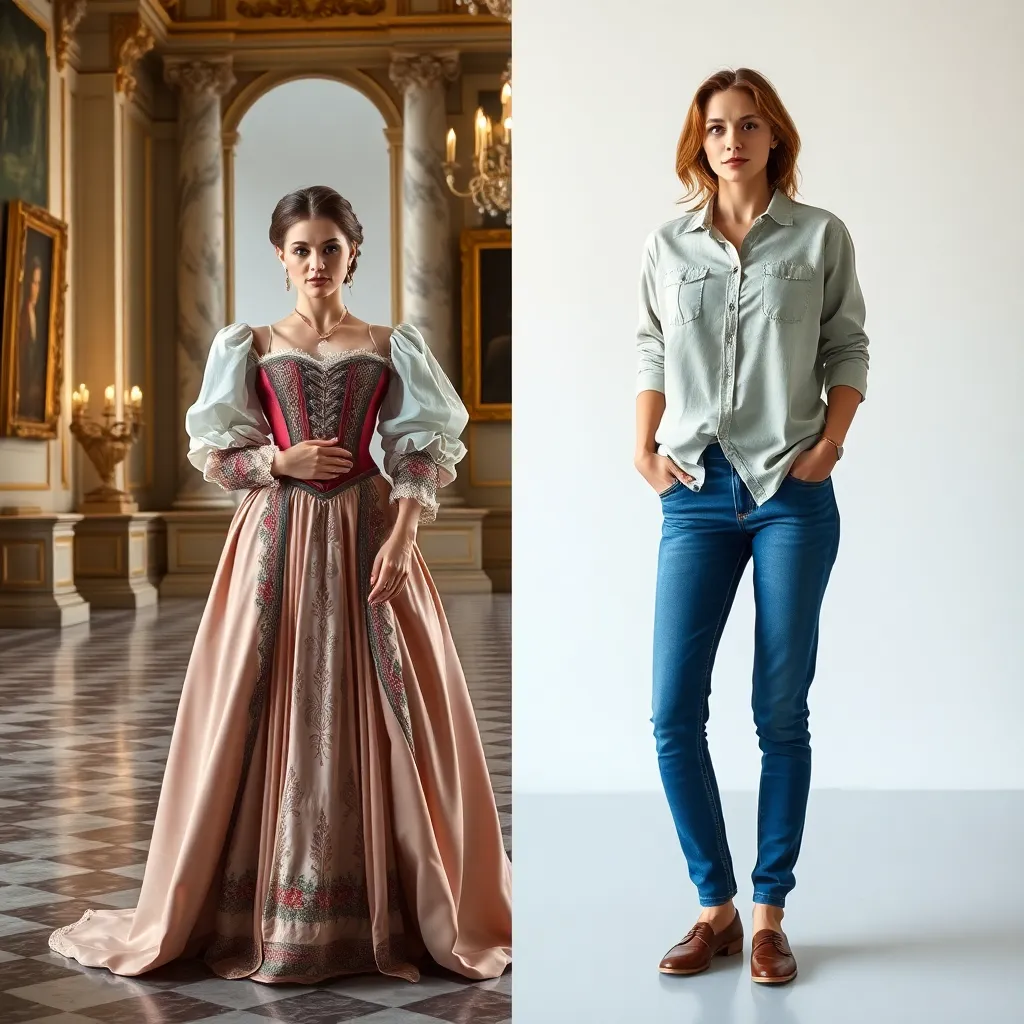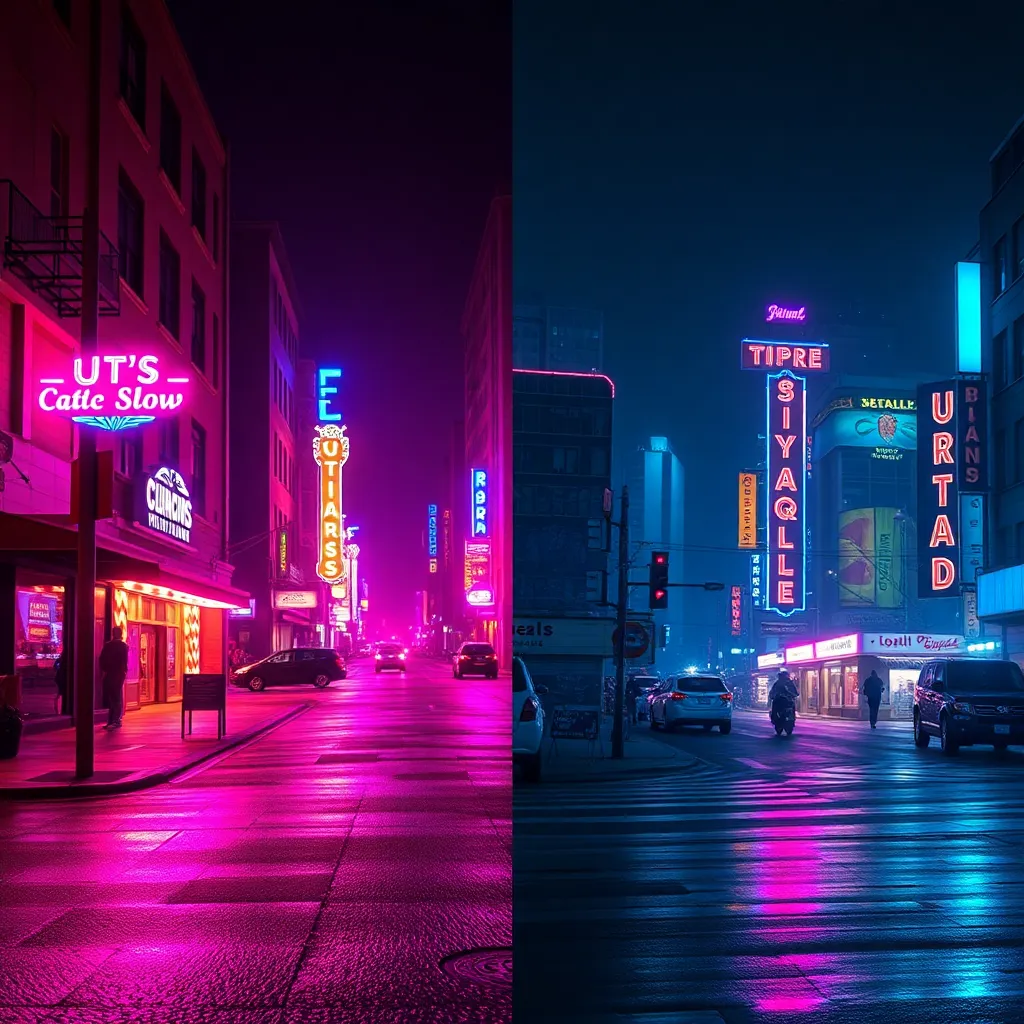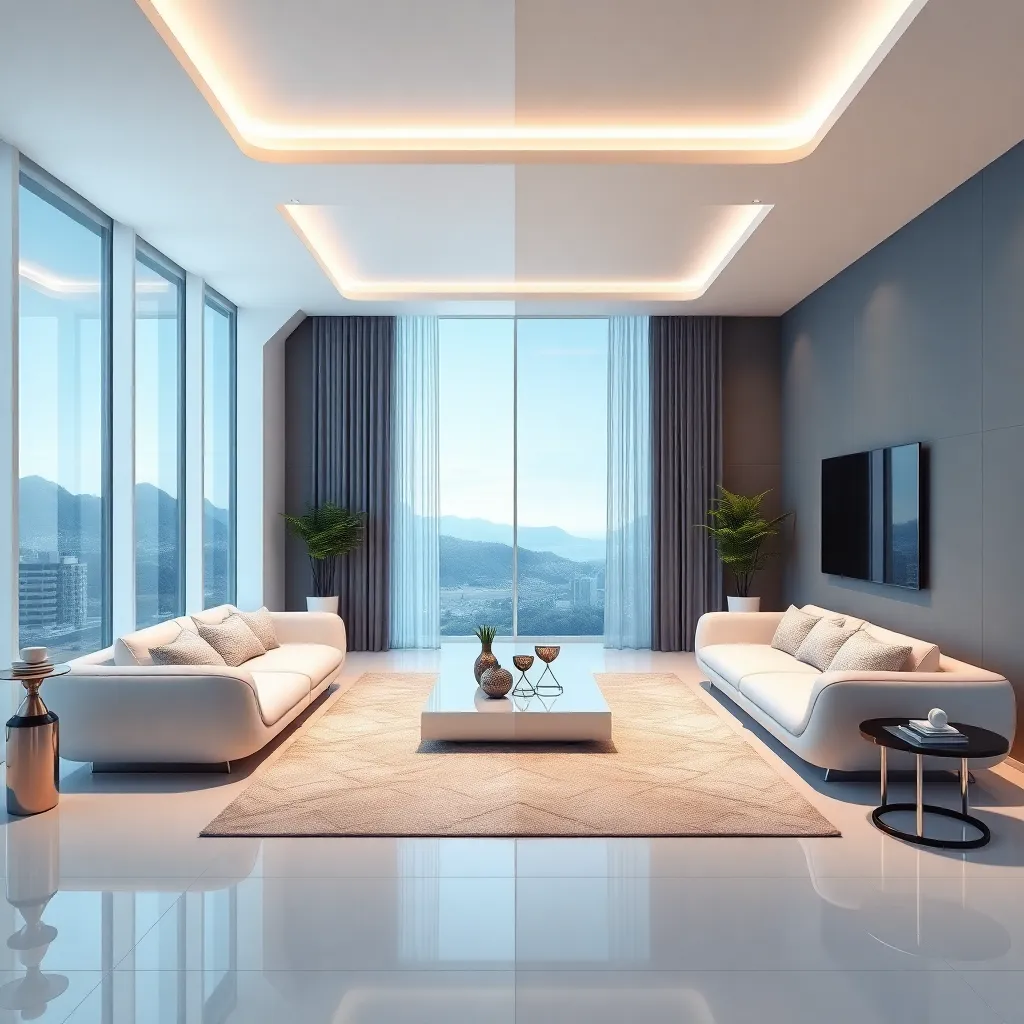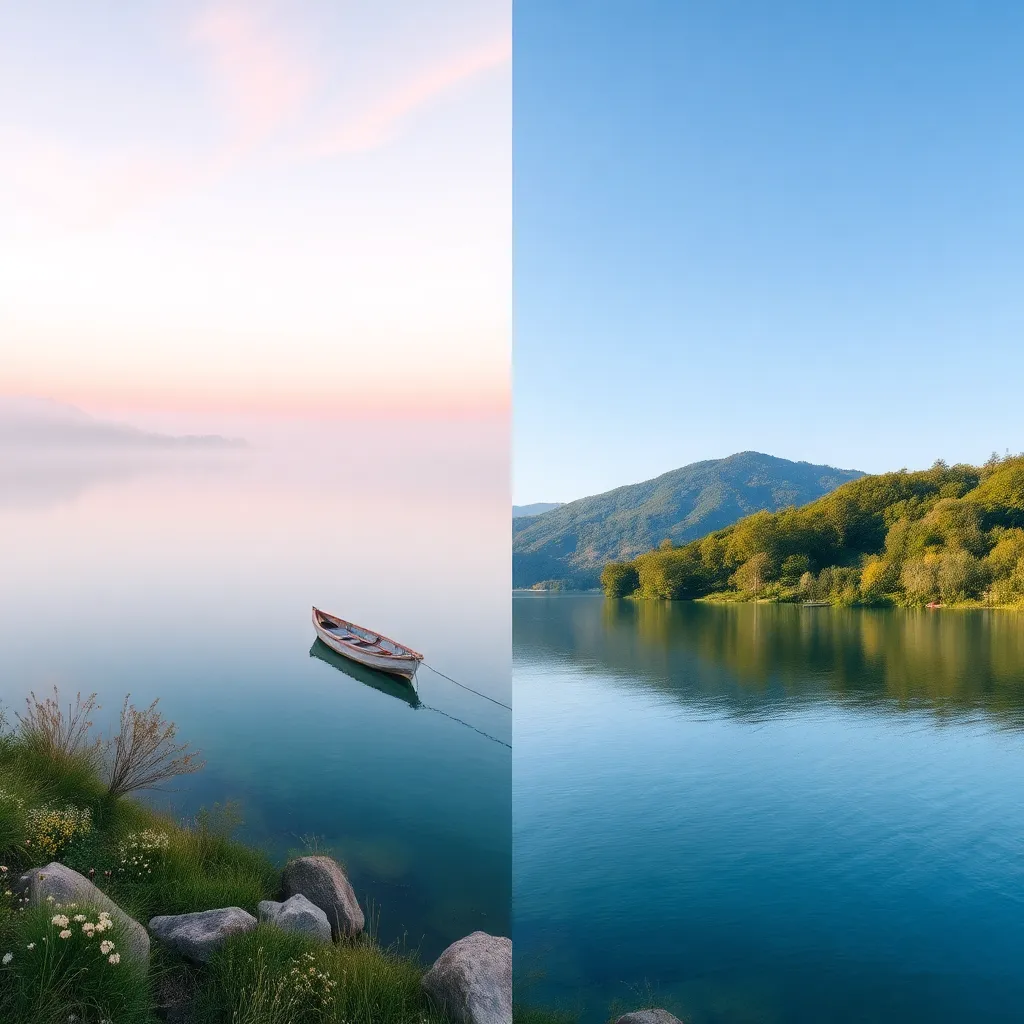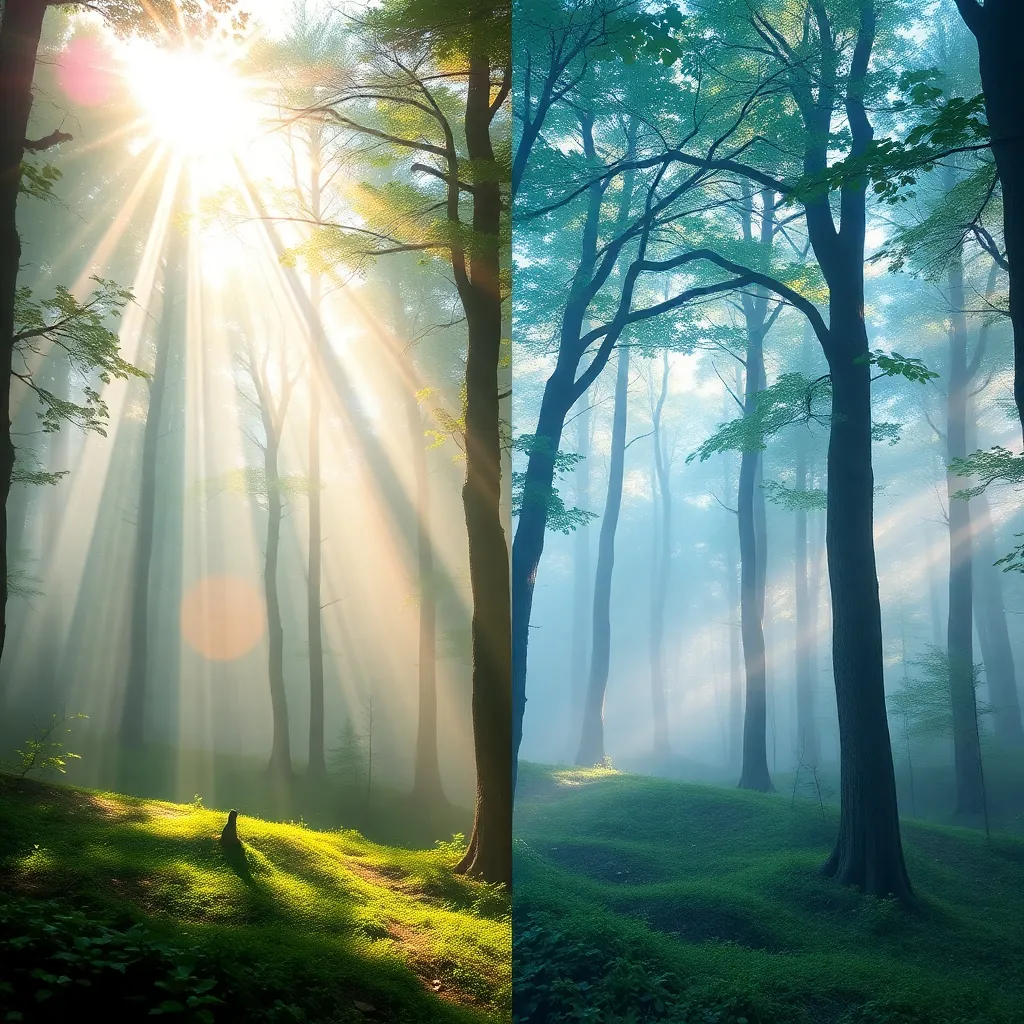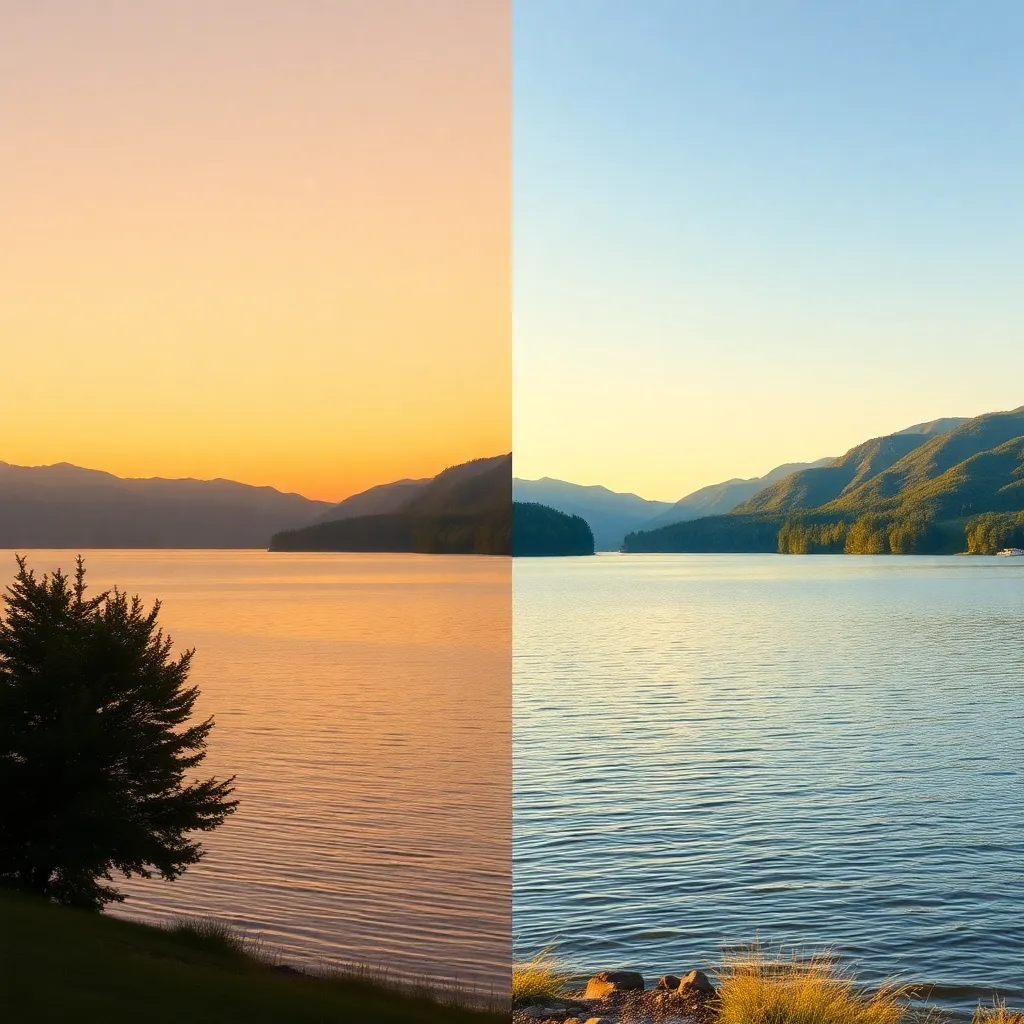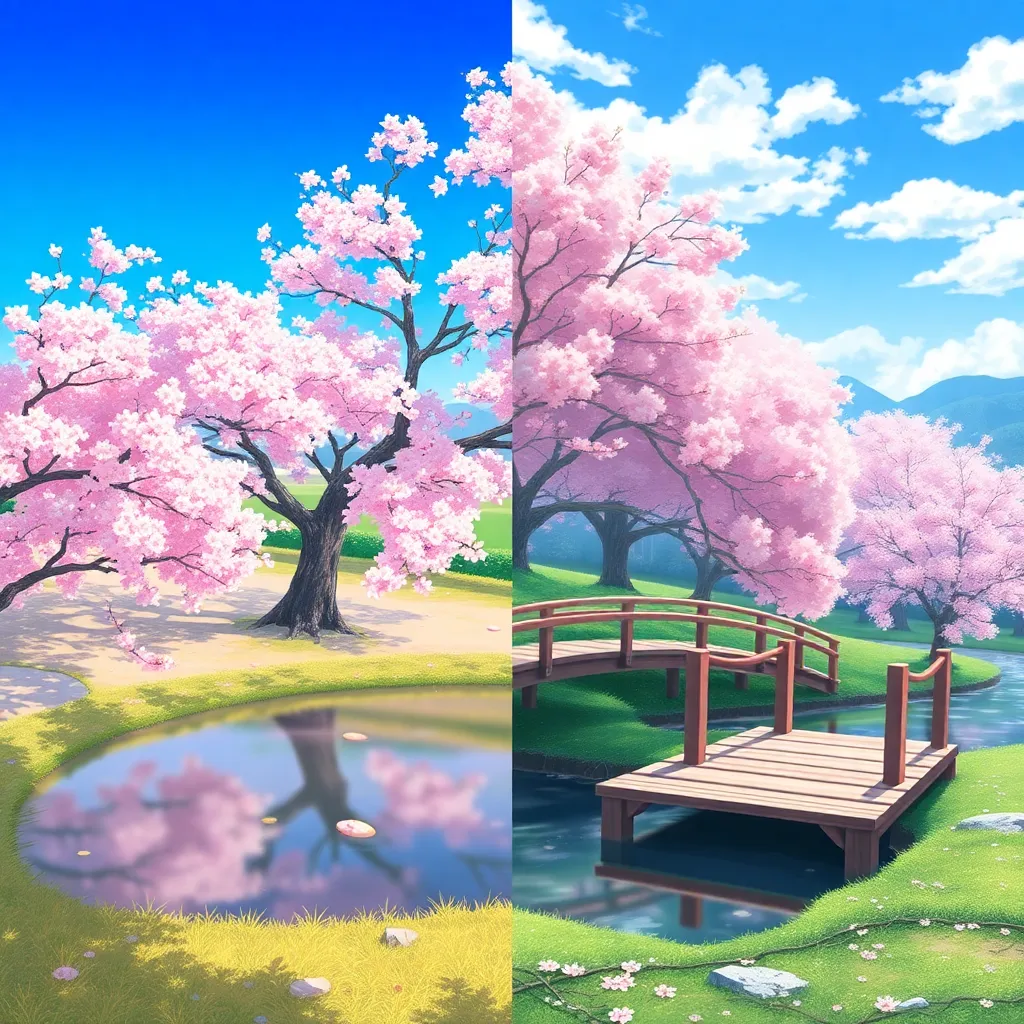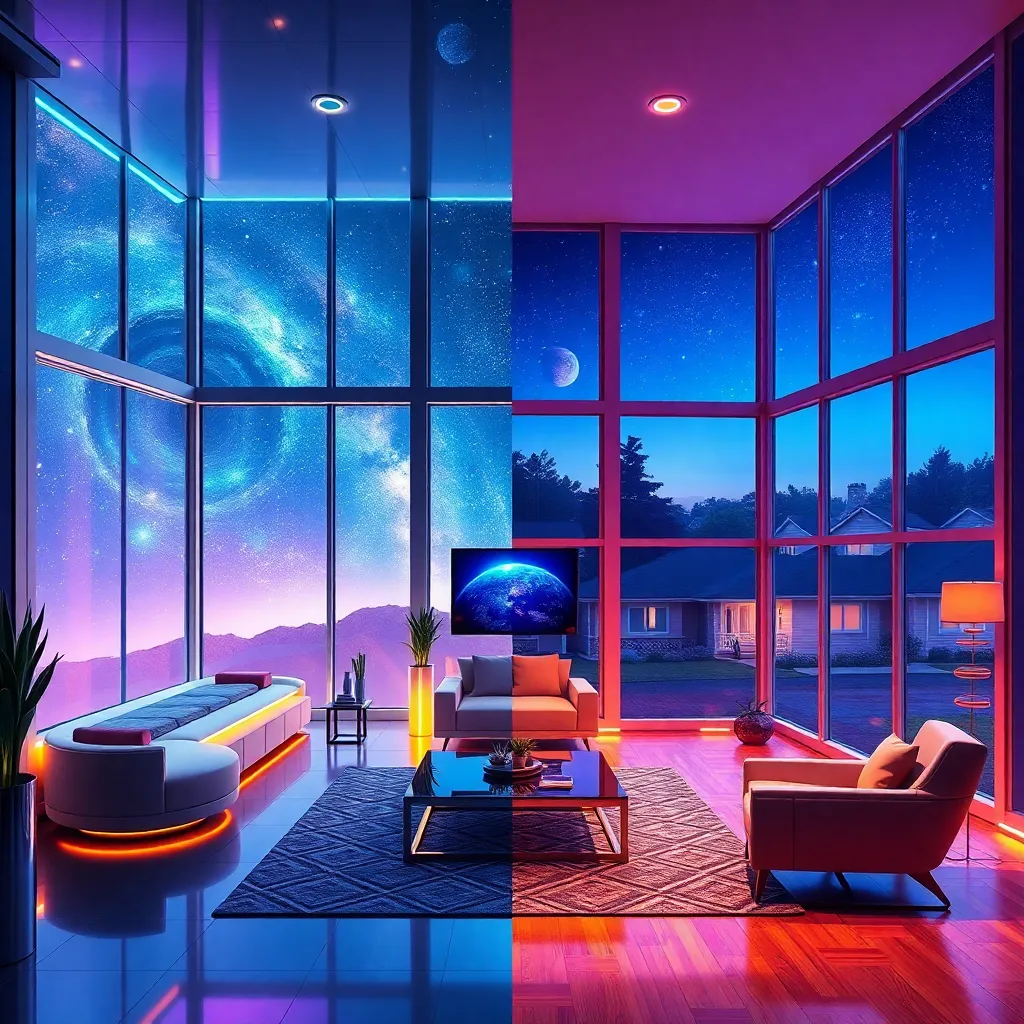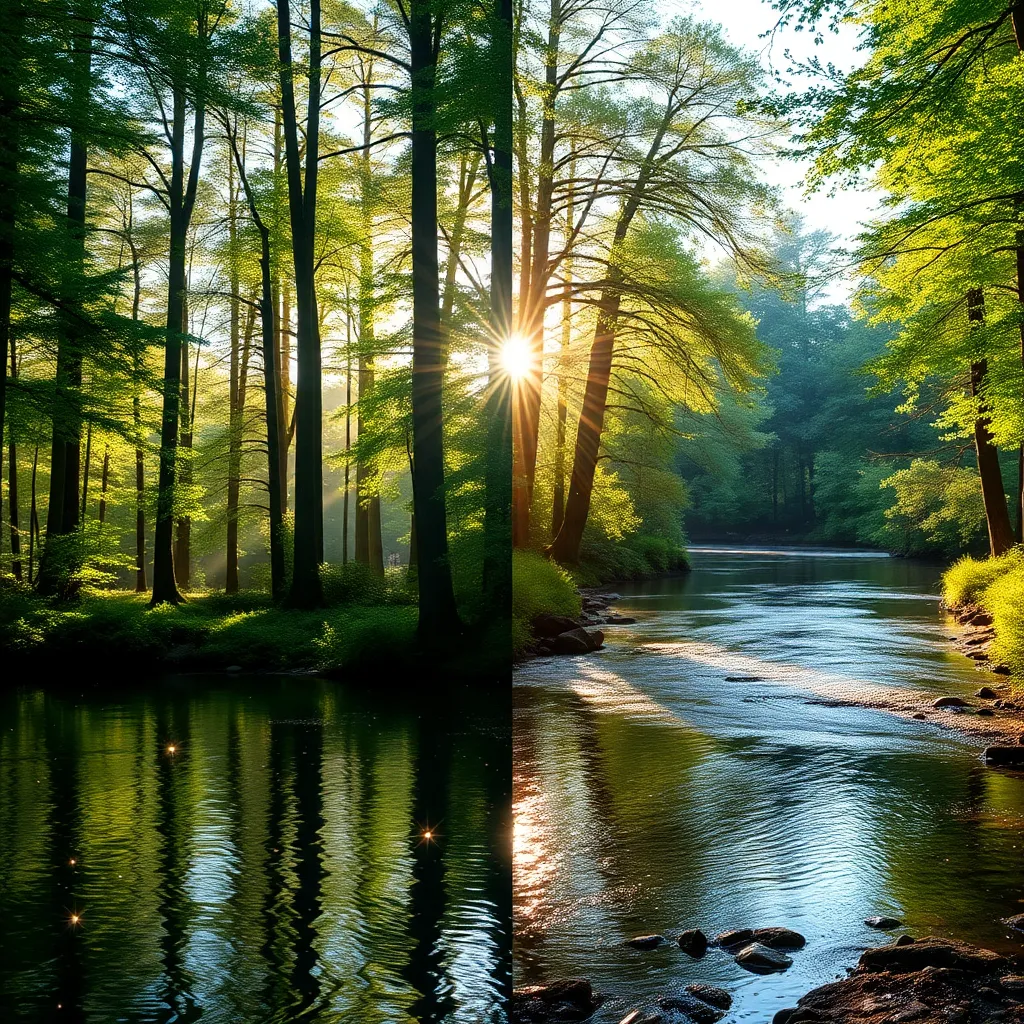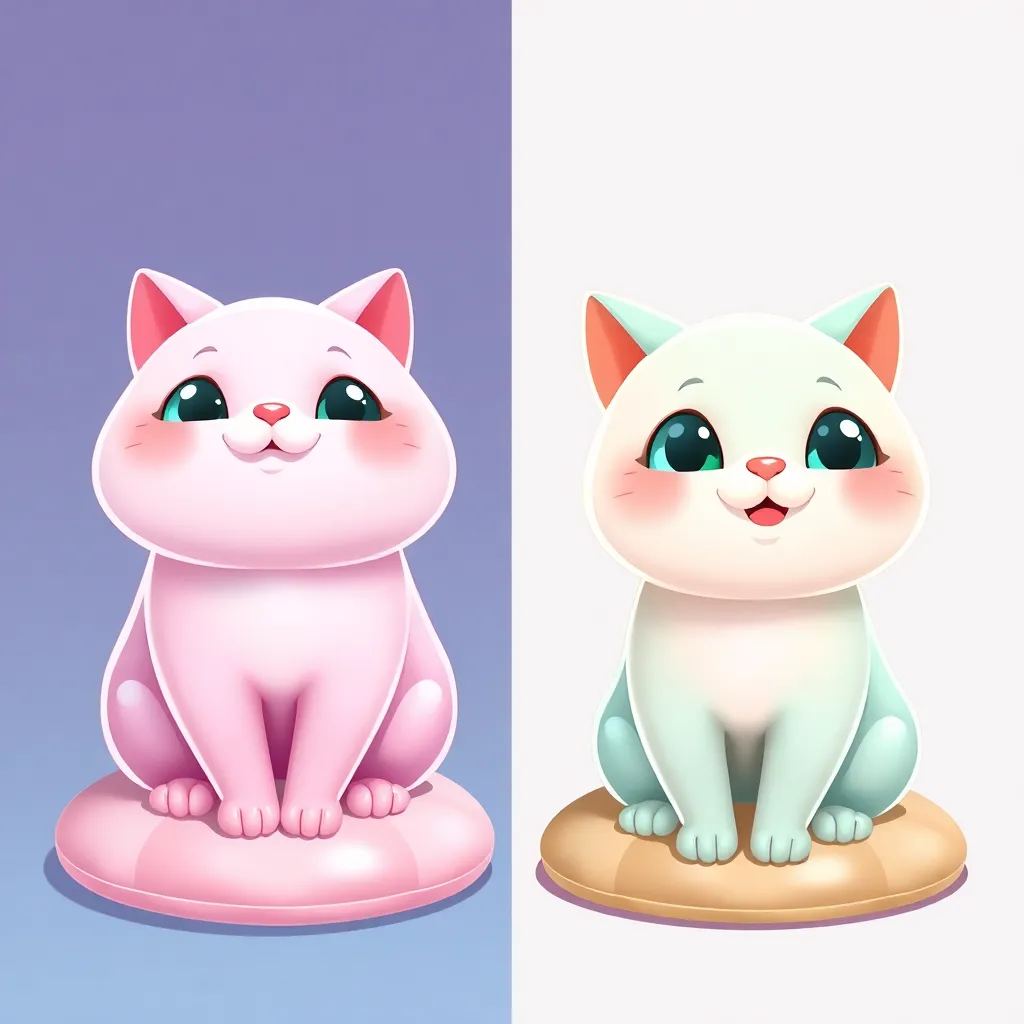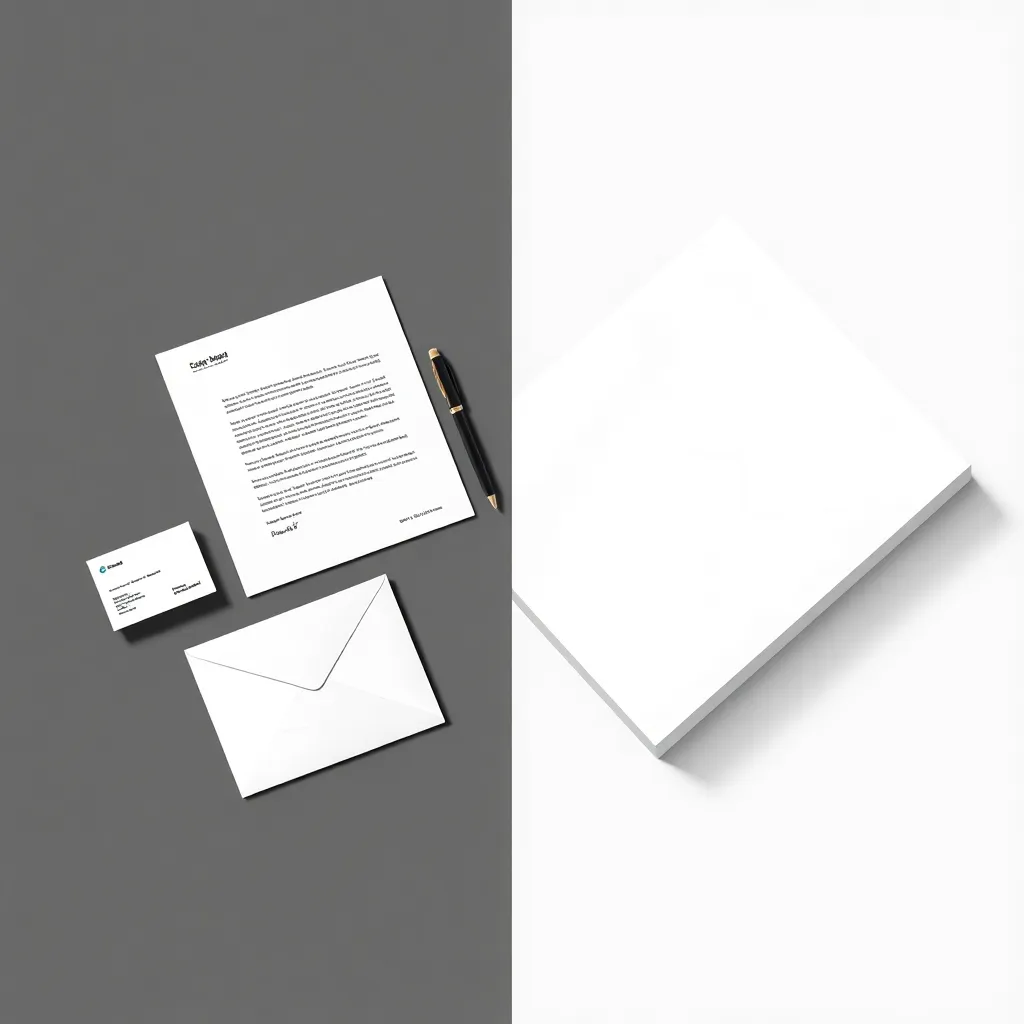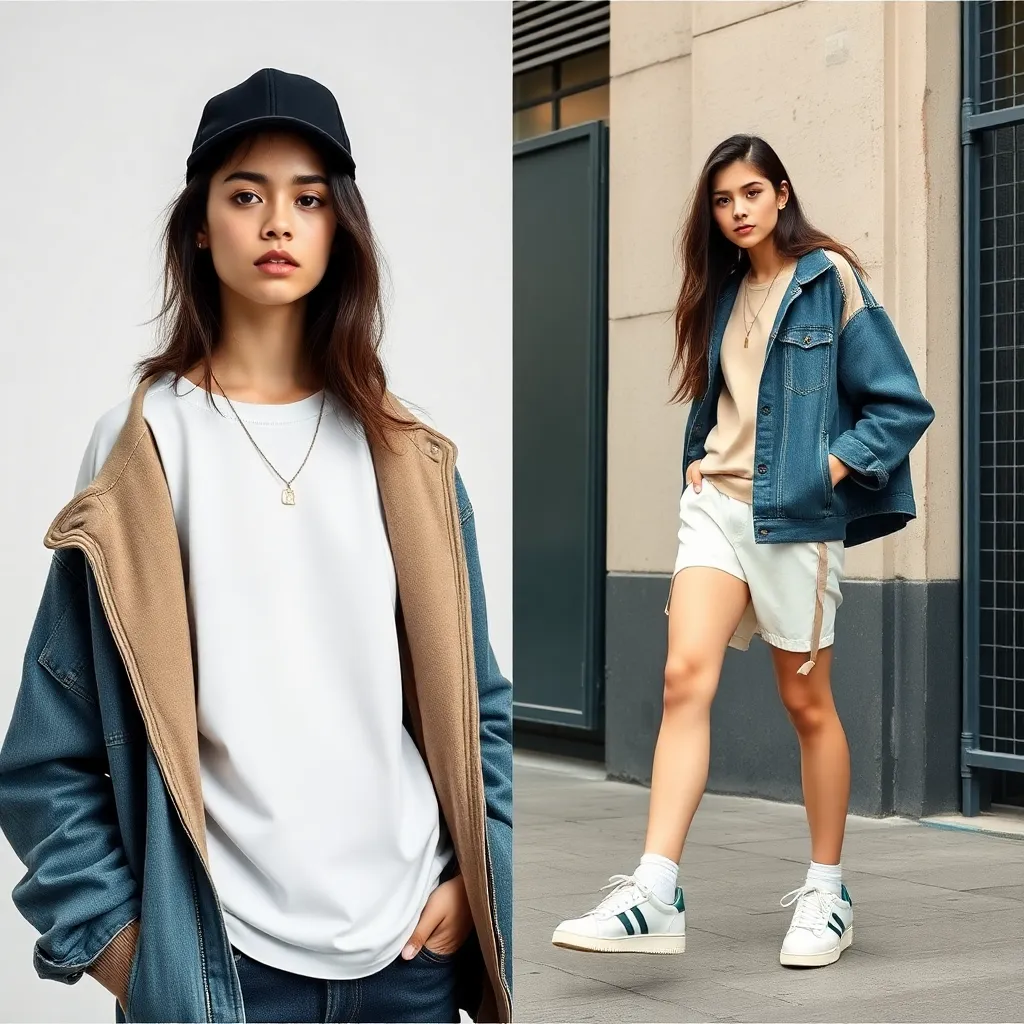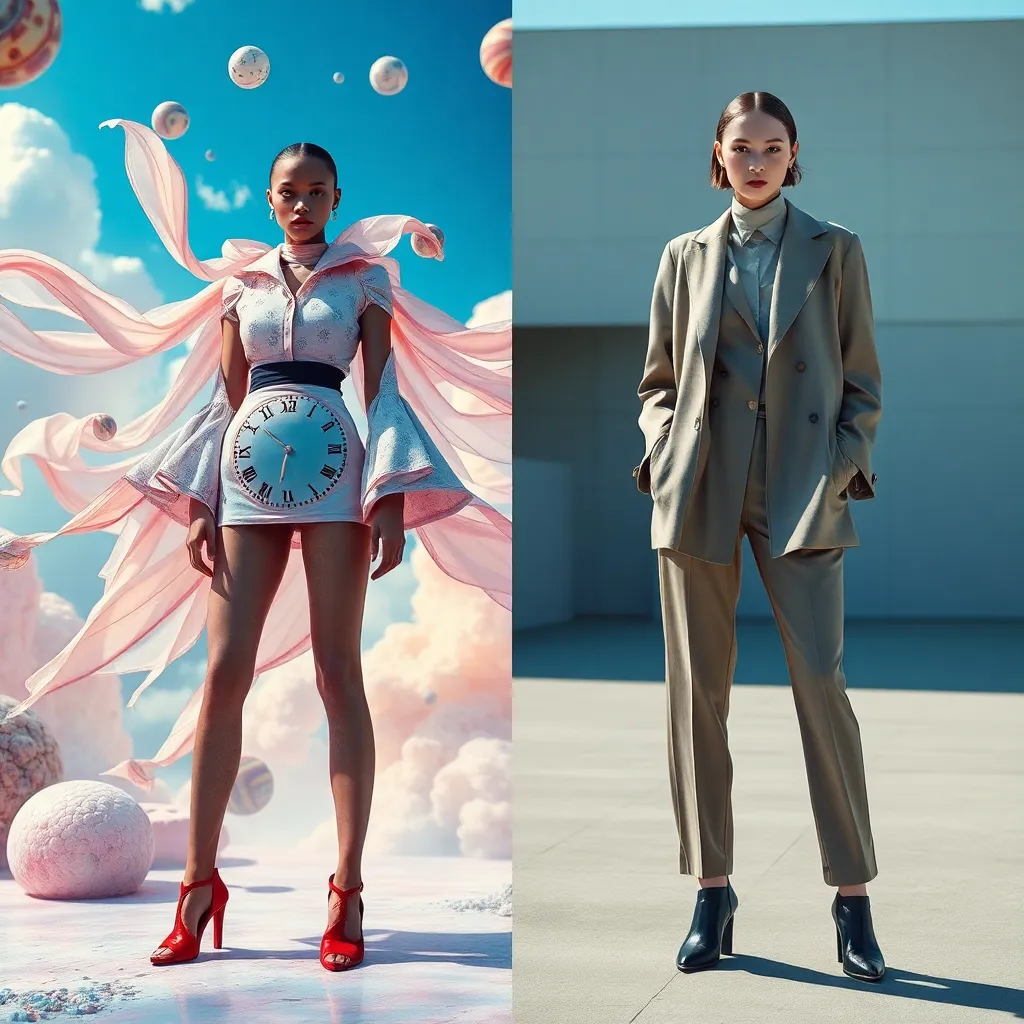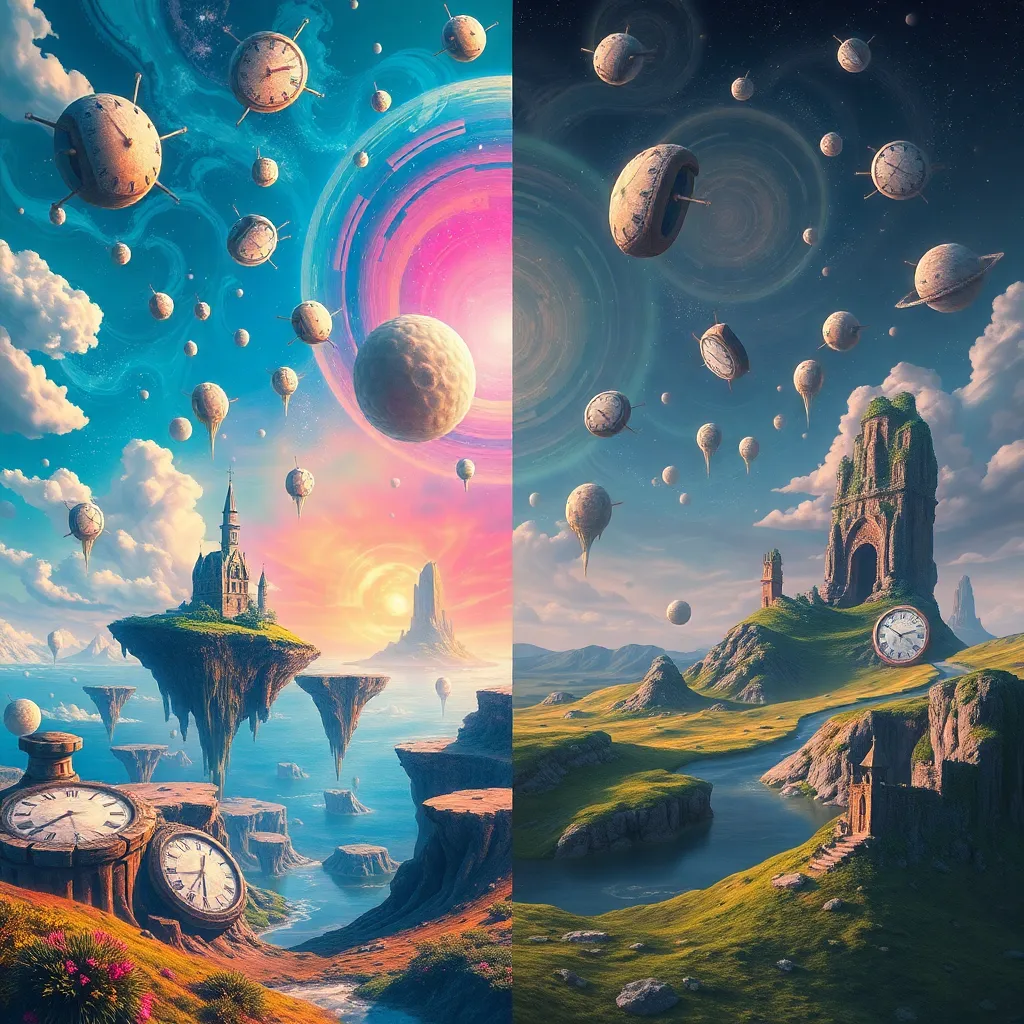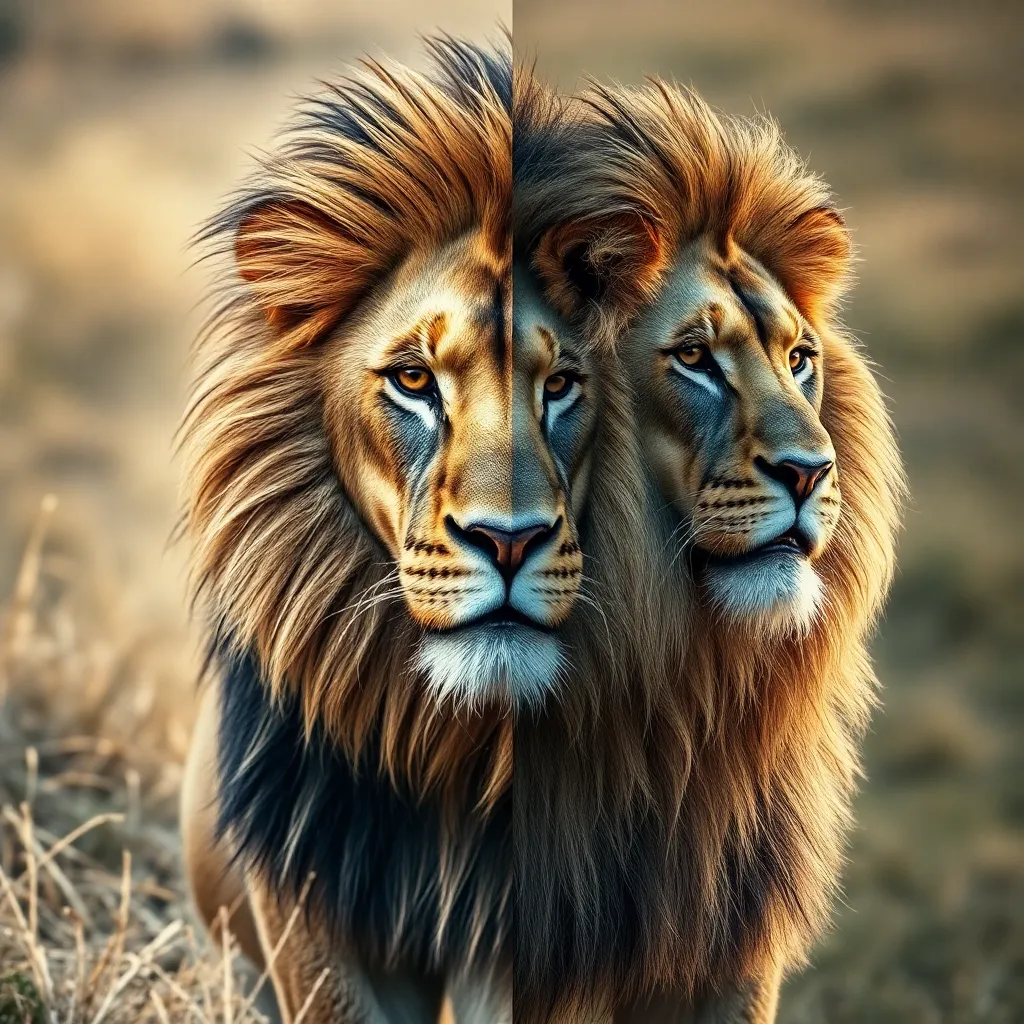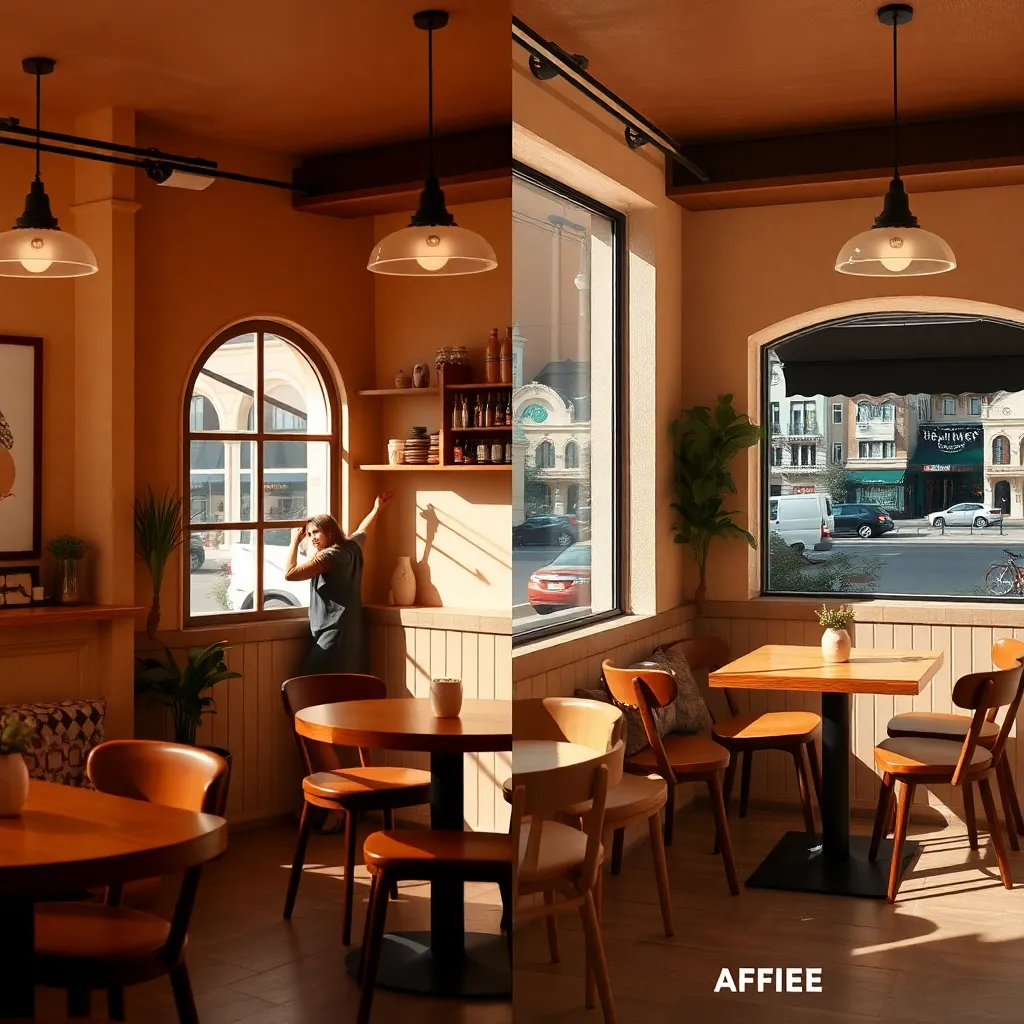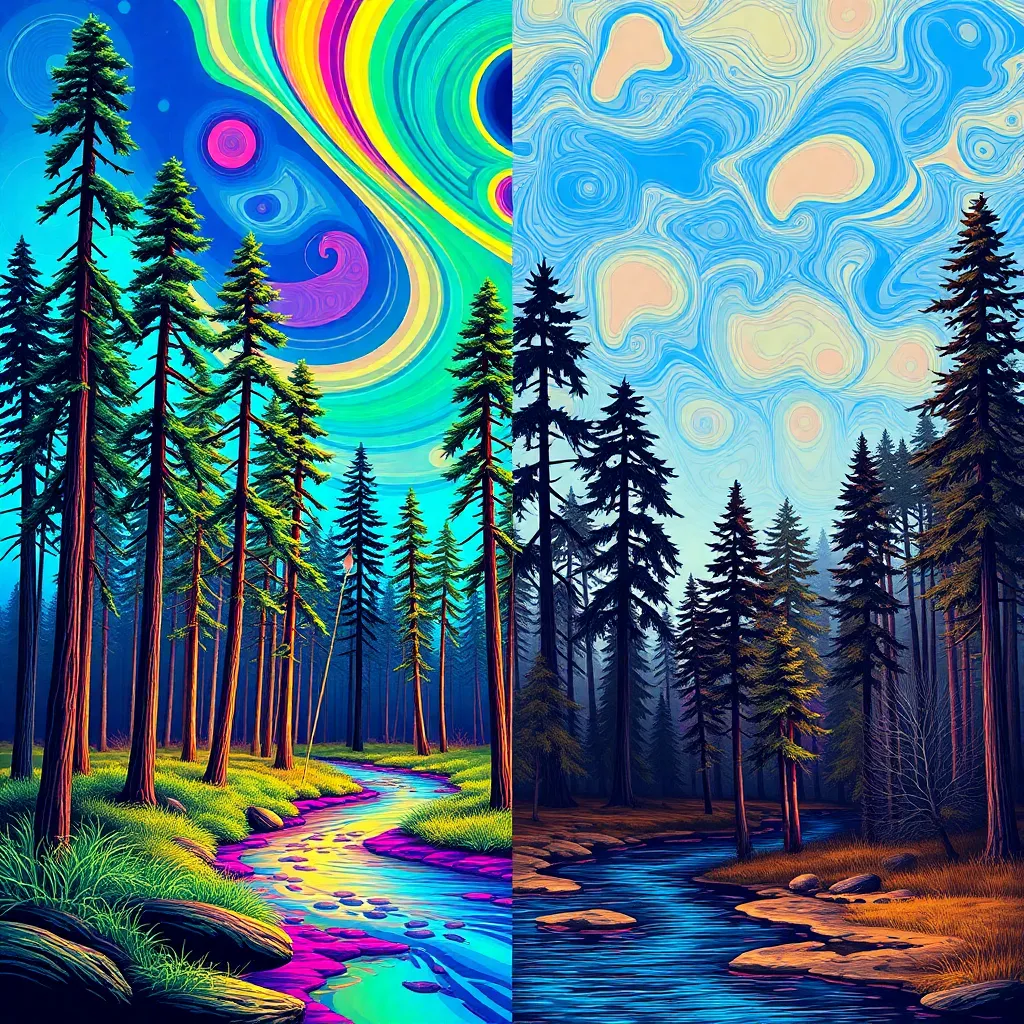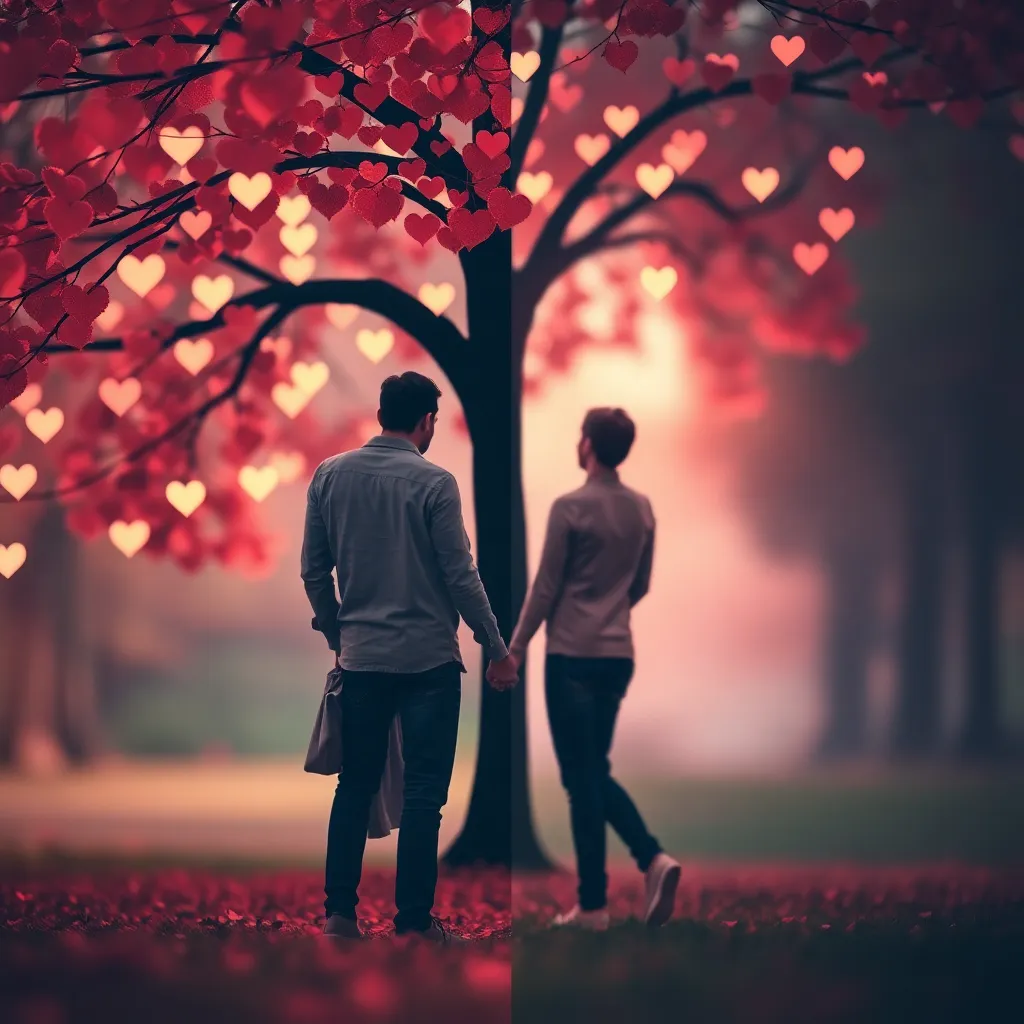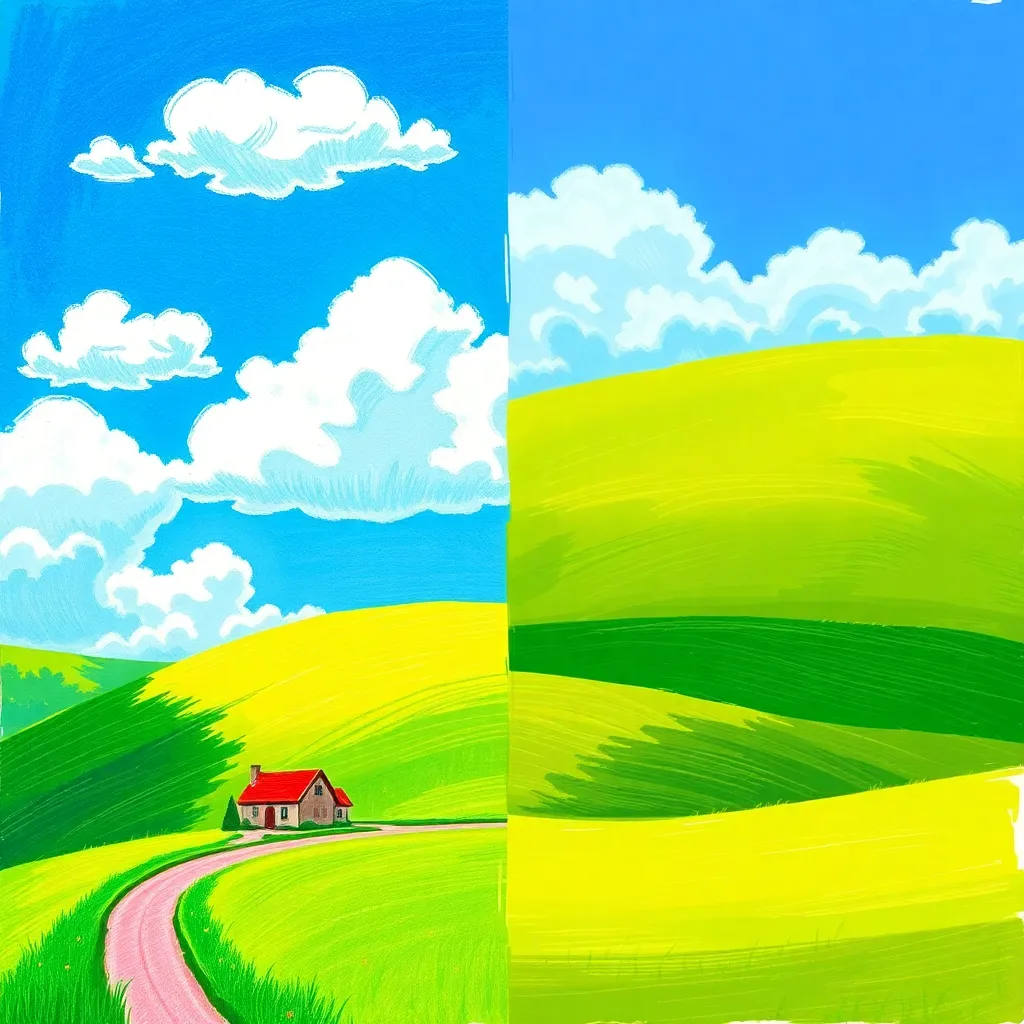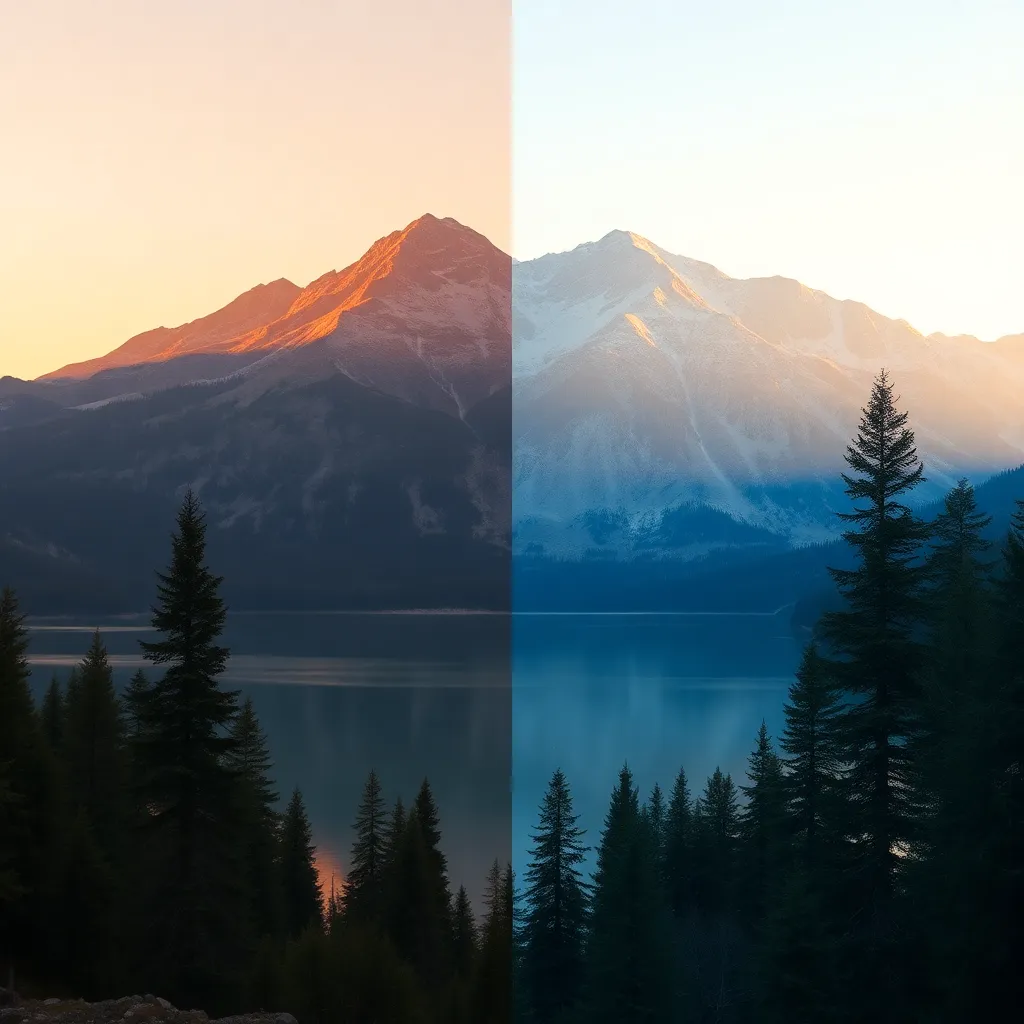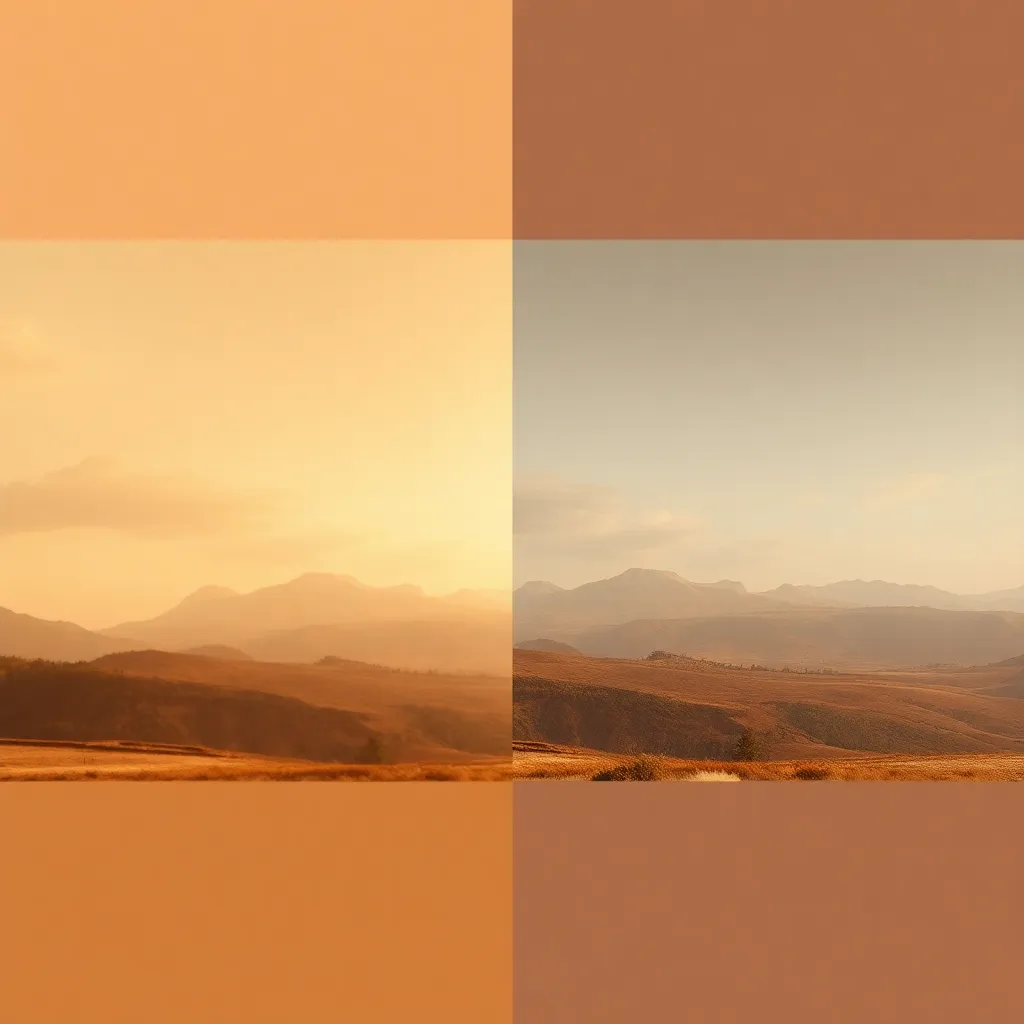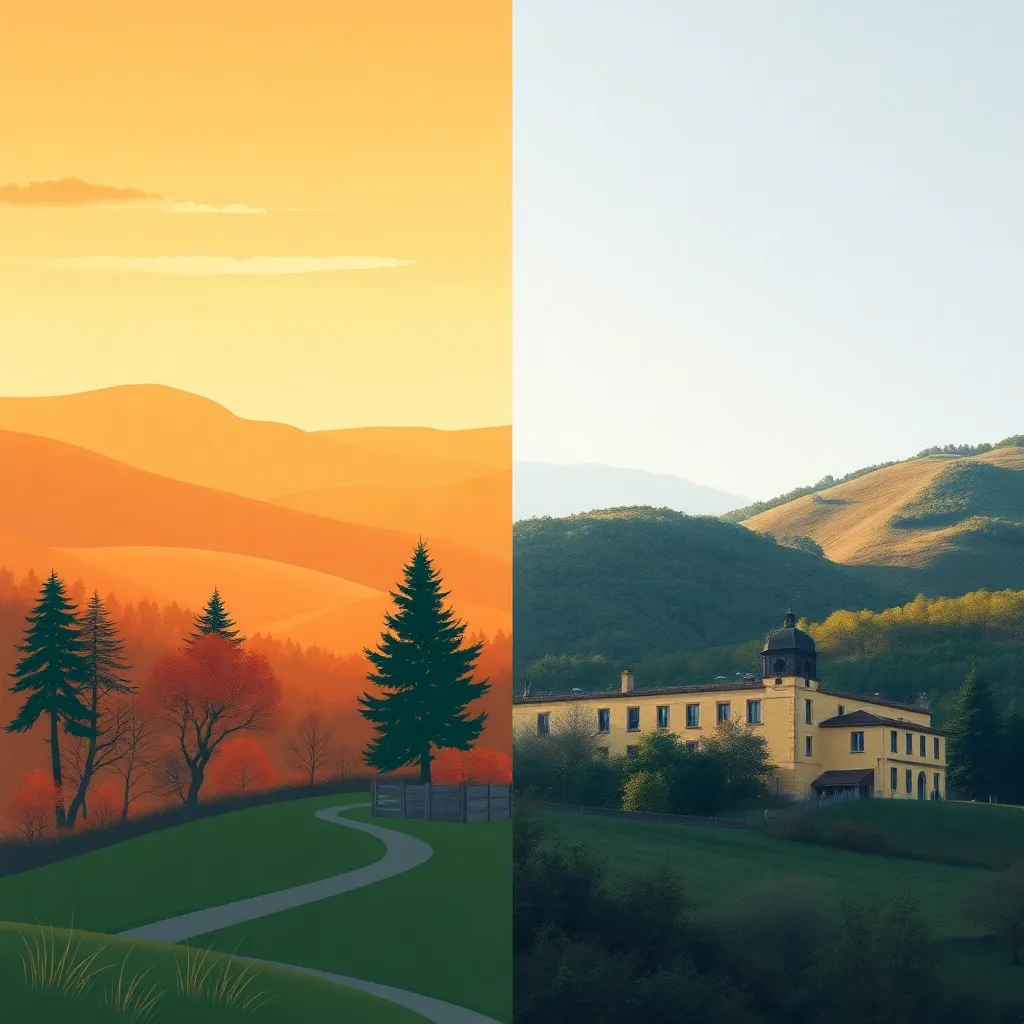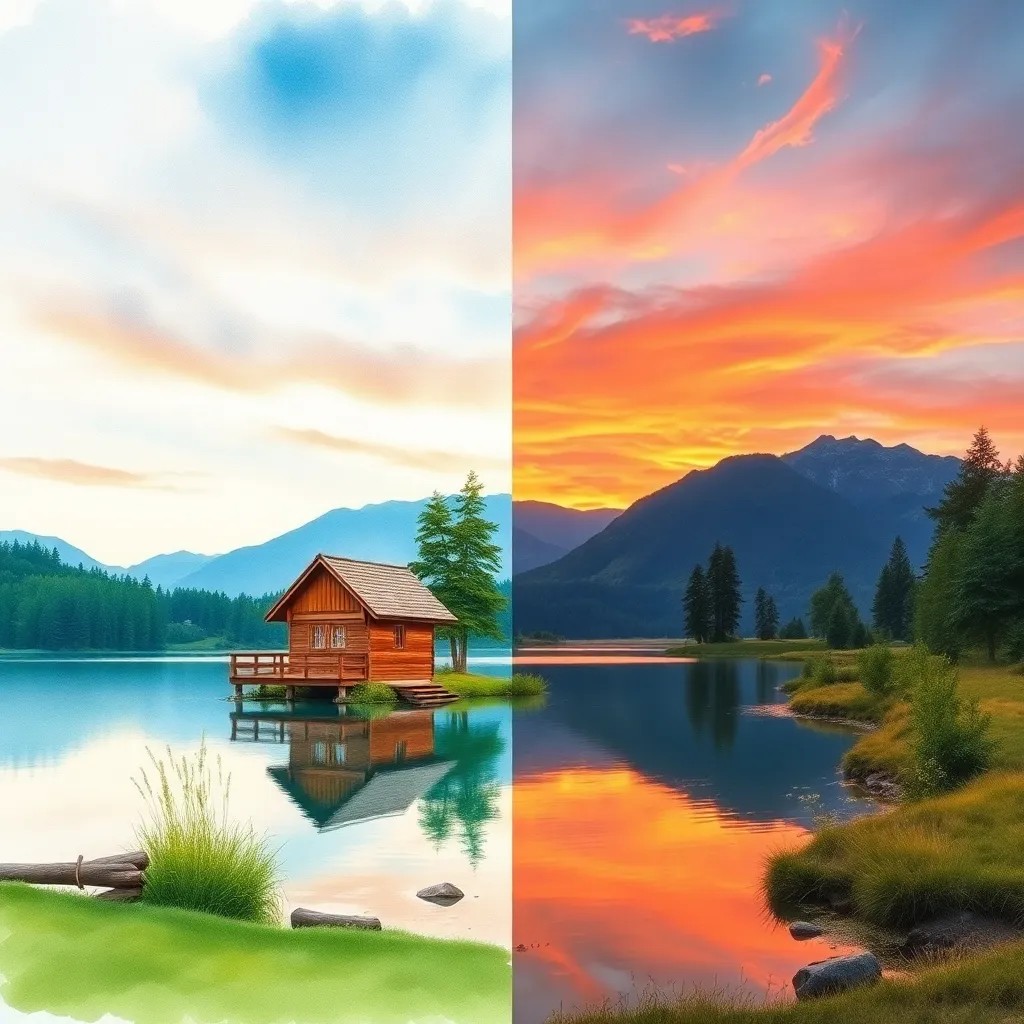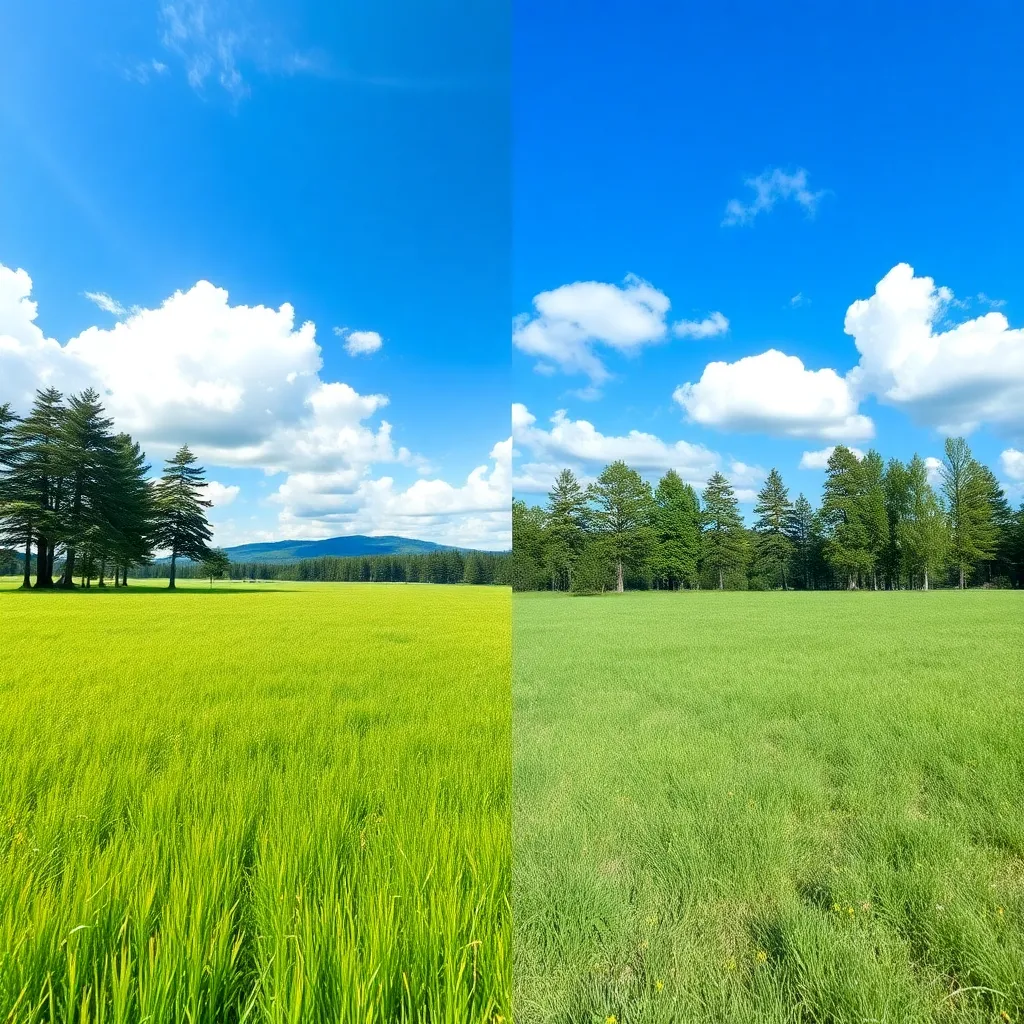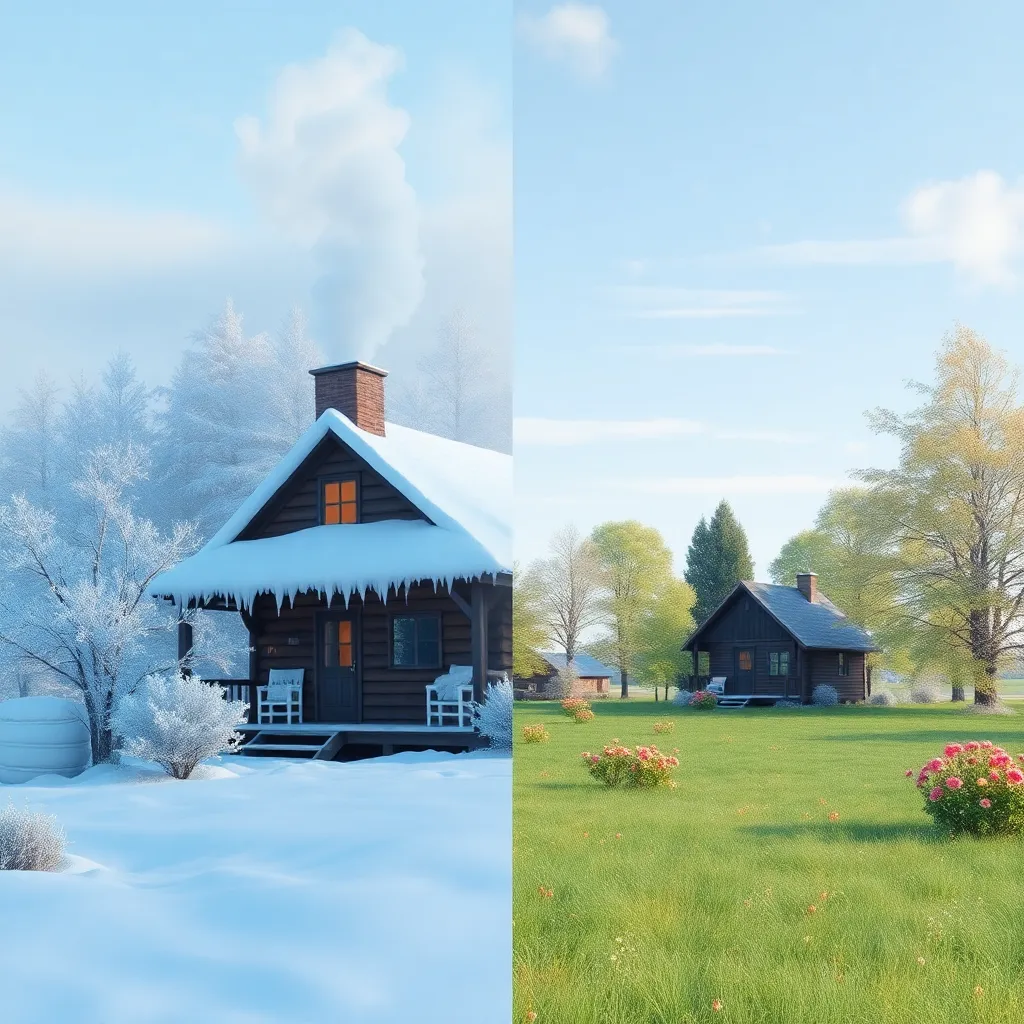Description of the Retrowave Style
Retrowave style, also known as synthwave or outrun, is a visually captivating aesthetic that blends the nostalgia of the 1980s with a futuristic, digital twist. It is characterized by neon pink, blue, and purple color palettes, glowing gridlines, digital suns, and geometric shapes reminiscent of retro video games, VHS tapes, and sci-fi films. The origins of Retrowave can be traced back to the mid-2000s music genre “synthwave,” which paid homage to 1980s electronic music and film soundtracks. This musical movement soon influenced visual arts, graphic design, and photography, resulting in a unique style that channels both nostalgia and innovation.
Retrowave style draws heavily from pop culture references, including classic arcade games, early computer graphics, and the aesthetics of movies like “Tron” and “Blade Runner.” Over time, it has evolved to become a widely recognized and versatile visual effect used in digital art, music videos, posters, and now, photography. Its signature look—neon lights, synthetic landscapes, and bold, glowing elements—instantly transports viewers to an imagined version of the past as seen through the lens of the future.
Who Is Using the Retrowave Style?
Retrowave style is embraced by a diverse group of creators and industries:
- Graphic Designers & Digital Artists: They use Retrowave for album covers, posters, and web graphics, bringing a vibrant, nostalgic energy to their projects.
- Photographers: Both editorial and commercial photographers adopt Retrowave to make their images stand out, especially in fashion, event, and conceptual shoots.
- Musicians & DJs: Album covers, promotional materials, and music videos in synthwave genres often use Retrowave visuals to complement the sound.
- Event Planners & Promoters: Event posters and social media campaigns leverage Retrowave for parties, festivals, and nightlife promotions, evoking a sense of retro-futuristic excitement.
- Brands & Advertisers: Tech companies, gaming brands, and creative agencies incorporate Retrowave to target audiences who resonate with retro aesthetics and bold visuals.
Online communities, such as those on Instagram, Behance, and Pinterest, have also made Retrowave style a trending visual language, inspiring countless creators worldwide.
How Does Retrowave Style Enhance Photos?
Retrowave style transforms ordinary images into dynamic, attention-grabbing works of art. Here’s how it enhances photography:
- Vivid Color Palettes: The use of neon pinks, blues, and purples instantly makes images pop and creates a sense of vibrancy and energy that’s difficult to achieve with traditional color grading.
- Nostalgic Appeal: By referencing 1980s aesthetics, Retrowave evokes a sense of nostalgia that resonates with audiences who appreciate retro pop culture, making images emotionally engaging and memorable.
- Futuristic Ambience: The inclusion of glowing gridlines, digital suns, and geometric shapes adds a futuristic, almost sci-fi dimension to photos, bridging the gap between past and future.
- Enhanced Visual Focus: Neon glows and gradient overlays direct viewers’ attention to key elements in the frame, making compositions more impactful and visually structured.
- Unique Branding: For commercial and editorial work, Retrowave style offers a distinctive look that sets brands, musicians, and artists apart in a competitive visual landscape.
By combining nostalgia, color, and futuristic elements, Retrowave style turns photos into iconic visuals that stand out in print, digital, and social media contexts.
Use Cases of Retrowave Style
Retrowave style is versatile and can be applied to a wide range of photographic and design scenarios. Here are some detailed use cases:
Futuristic Cityscape Art
- How it enhances: Neon-lit skyscrapers, digital suns, and gridlines create an immersive, cinematic atmosphere, perfect for sci-fi themes or editorial spreads.
- Appeal: Ideal for digital artists, cityscape photographers, and brands wanting to evoke a sense of wonder and urban sophistication.
Retro Car Posters
- How it enhances: Glowing grid roads and neon sunsets give automotive photography a high-energy, collectible poster feel reminiscent of 80s car culture.
- Appeal: Automotive brands and enthusiasts can use this style for social media, merchandise, or event promotions.
Music Album Covers
- How it enhances: Retrowave elements like electric color schemes and synthwave fonts make album art visually compelling, aligning with the energetic sound of synth-pop, electronic, or indie genres.
- Appeal: Musicians and producers can attract attention and convey their creative identity with instantly recognizable visuals.
Event/Party Posters
- How it enhances: Vibrant neon colors and retro fonts generate excitement and anticipation, making event promotions impossible to ignore.
- Appeal: Perfect for nightlife, festivals, club events, or themed parties looking to draw in a crowd with an energetic vibe.
Fashion Photography
- How it enhances: Models in 80s-inspired clothing, set against glowing geometric backgrounds, give fashion editorials a bold, trendsetting edge.
- Appeal: Fashion brands and magazines can use Retrowave to highlight new collections, editorial spreads, or ad campaigns with a unique, memorable twist.
Sci-Fi Landscapes
- How it enhances: Alien deserts, neon pyramids, and large digital suns craft otherworldly scenes that are perfect for conceptual, fantasy, or sci-fi projects.
- Appeal: Concept artists, filmmakers, and game designers can use this style to visualize imaginative worlds and captivate their audience.
Retrowave style is best used when you want to infuse energy, nostalgia, or a futuristic vibe into your visuals. It’s especially effective for projects targeting creative, tech-savvy, or trend-conscious audiences.
Pro Tips for Mastering Retrowave Style
- Master Neon Color Grading: Use gradient overlays, selective color adjustments, or AI-powered filters to achieve the perfect neon glow. Balancing pink, blue, and purple hues is key to authenticity.
- Incorporate Iconic Elements: Add gridlines, digital suns, and geometric shapes to instantly evoke the Retrowave vibe. These elements anchor the style and make your visuals unmistakable.
- Play with Lighting: Simulate artificial light sources and glows to add depth and drama. Experiment with rim lighting and reflective surfaces for that classic 80s look.
- Use Retro Fonts: Pair your images with bold, sans-serif fonts or stylized typographies reminiscent of 80s album covers and arcade screens for cohesive storytelling.
- Keep It Balanced: While Retrowave is bold, avoid overloading your composition. Focus on a few key elements to prevent visual clutter and maintain impact.
Conclusion
Retrowave style is more than a visual trend—it is a cultural movement that merges nostalgia, technology, and creativity. Whether you’re transforming cityscapes, designing album covers, or shooting fashion editorials, this style offers a powerful way to make your images stand out. With its electric colors, iconic motifs, and endless creative potential, Retrowave is the perfect choice for creators who want to captivate, energize, and inspire.
